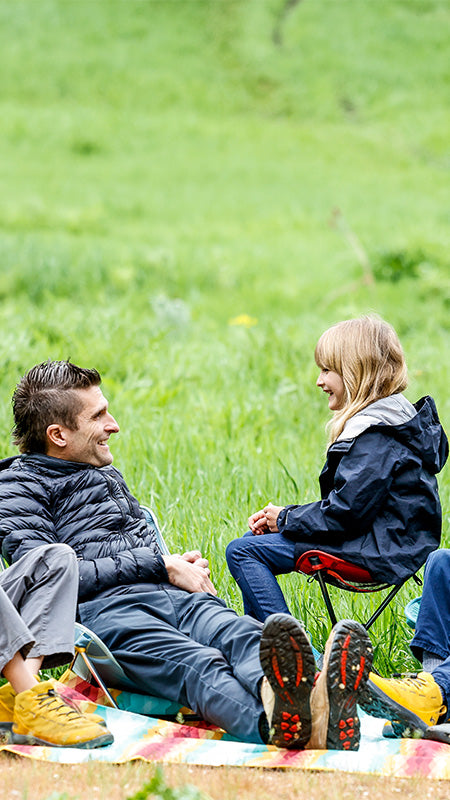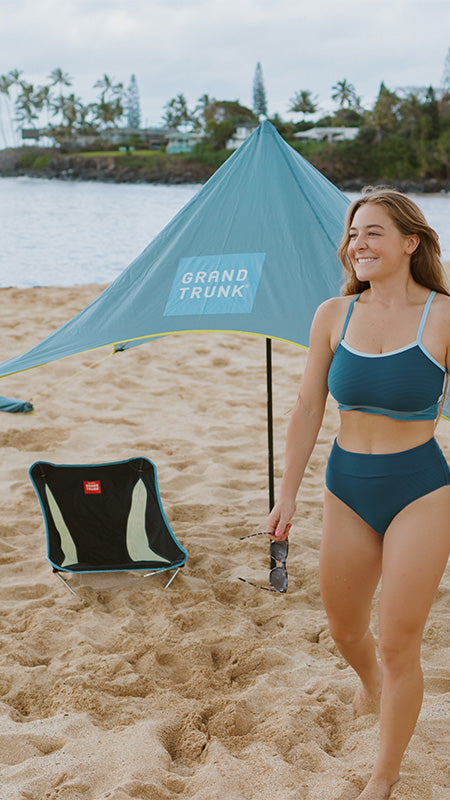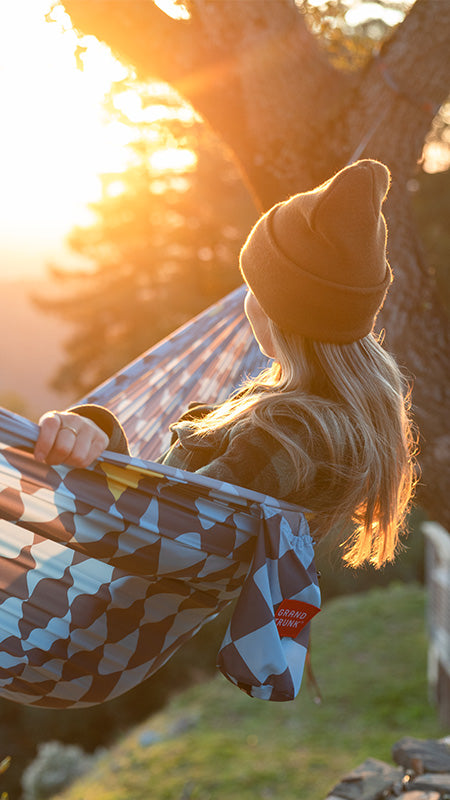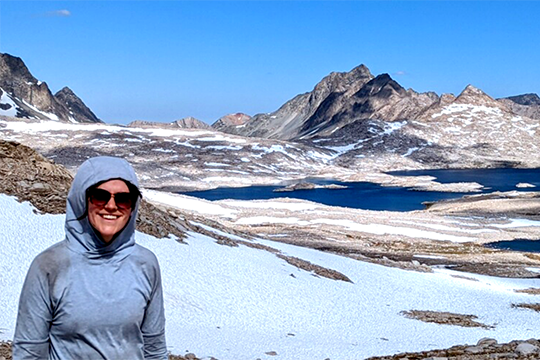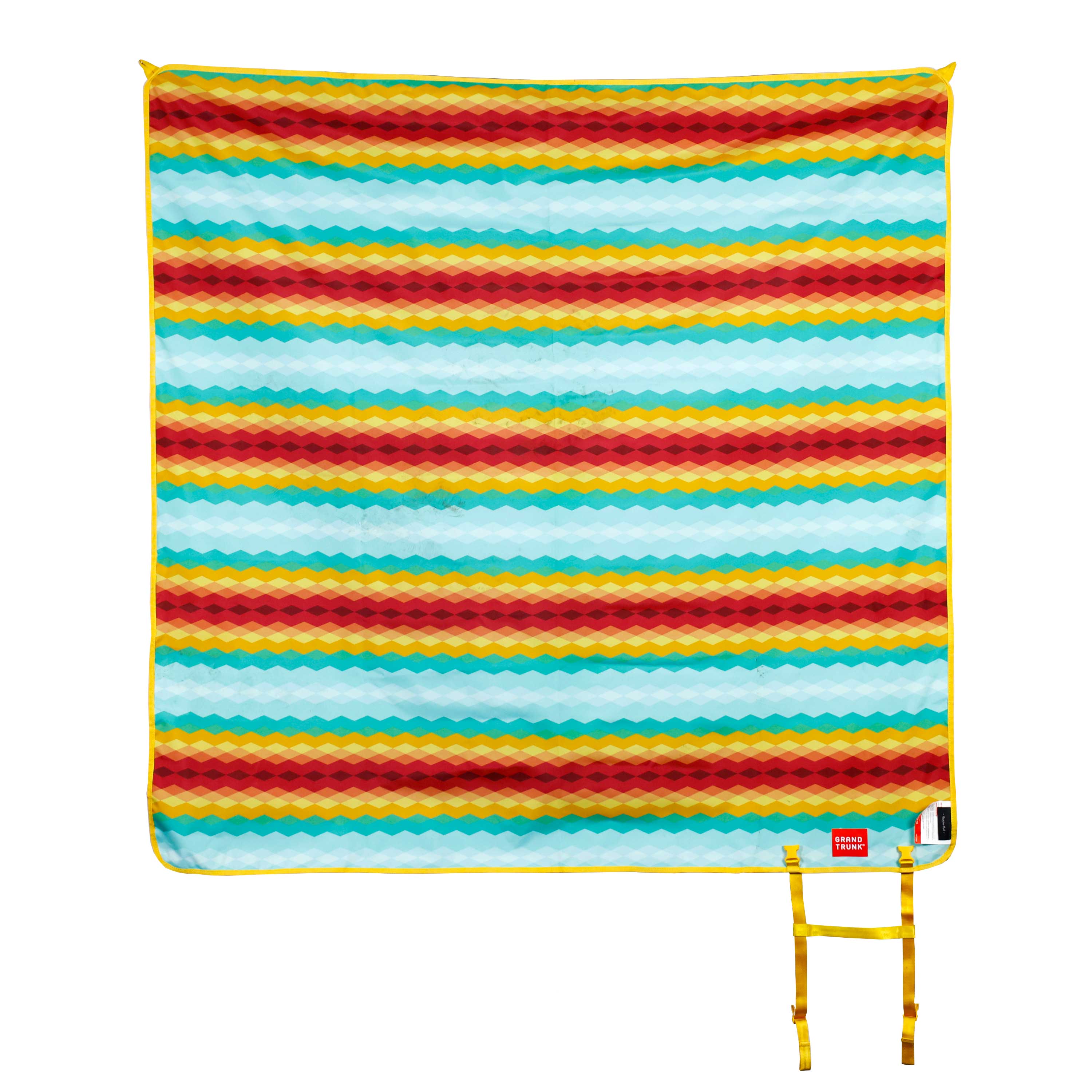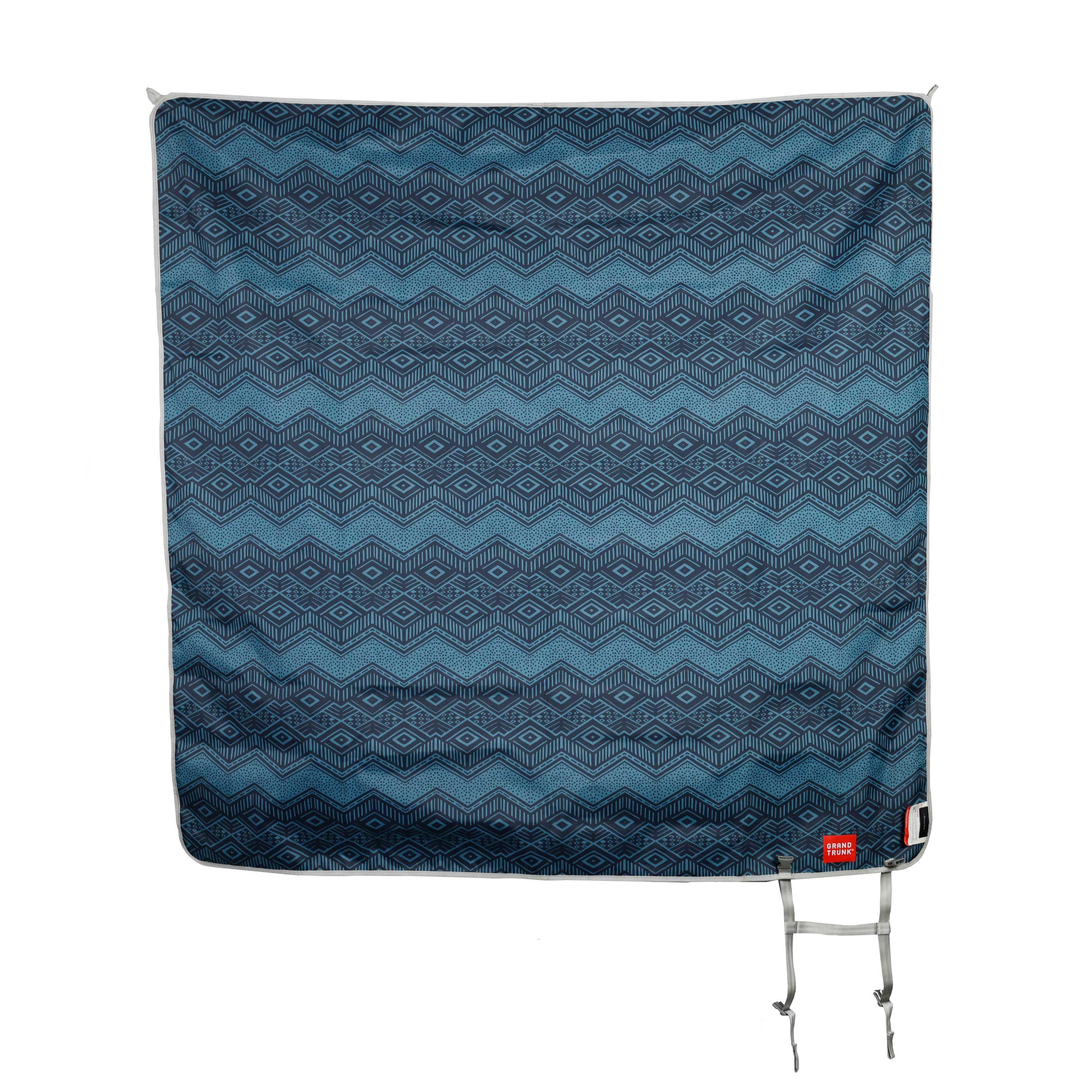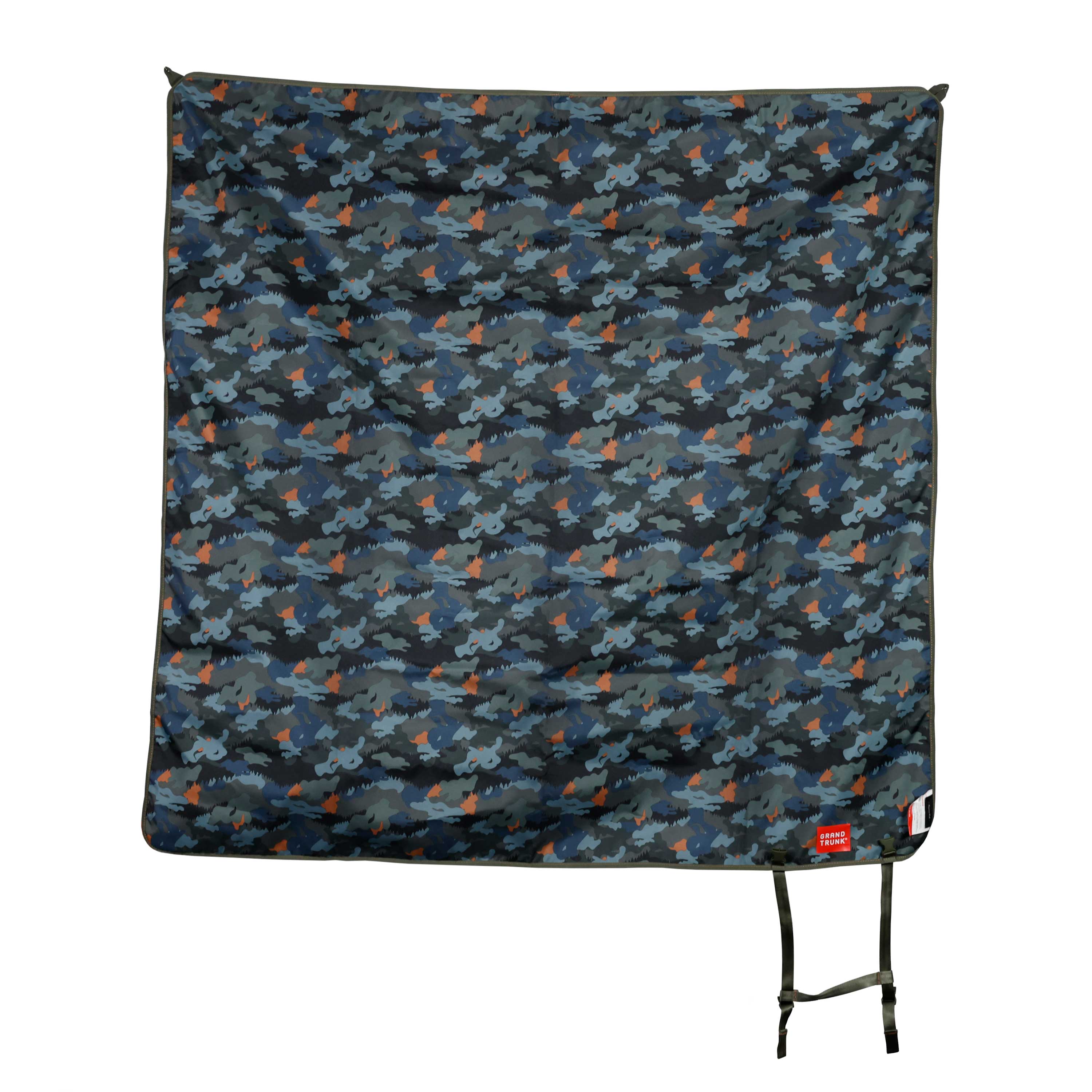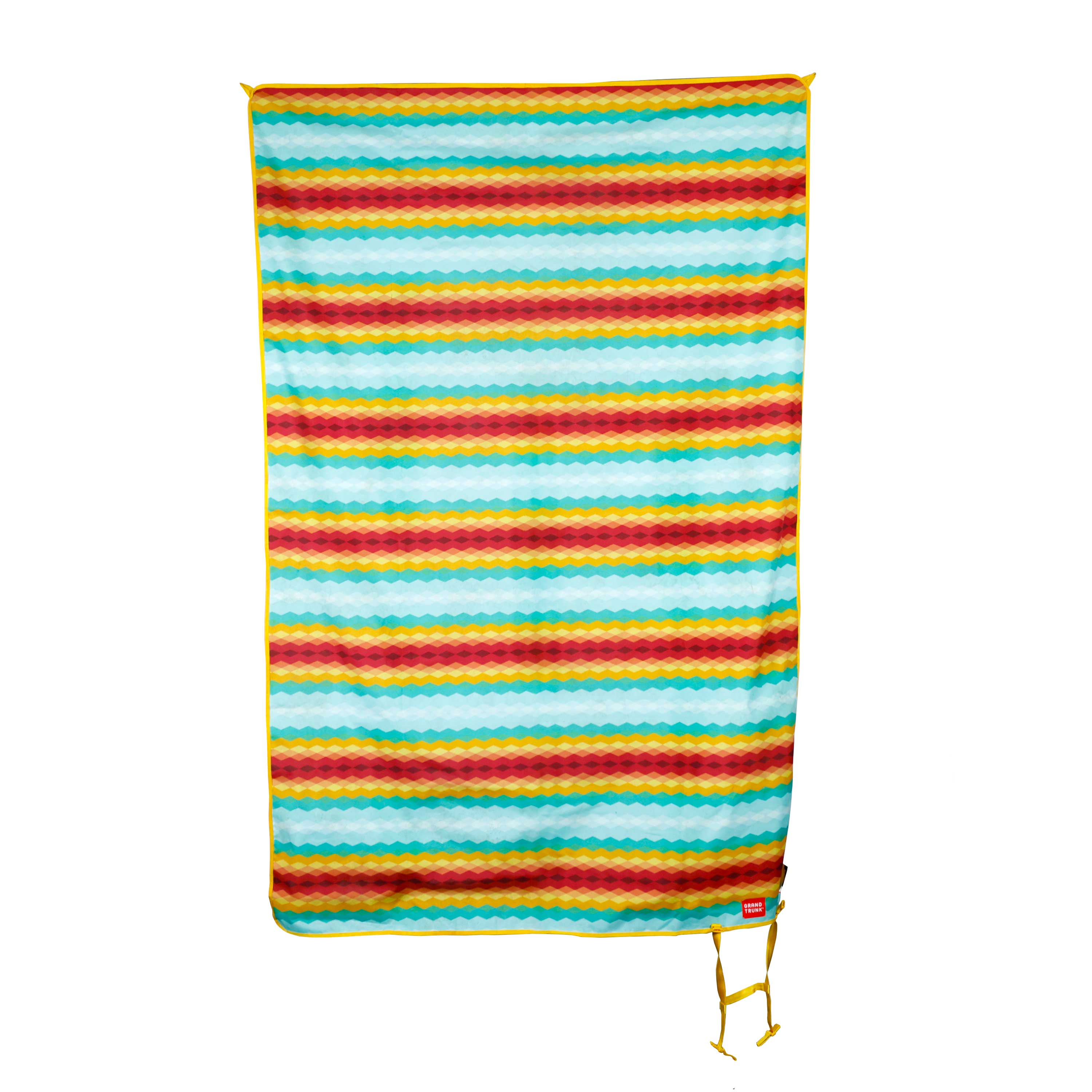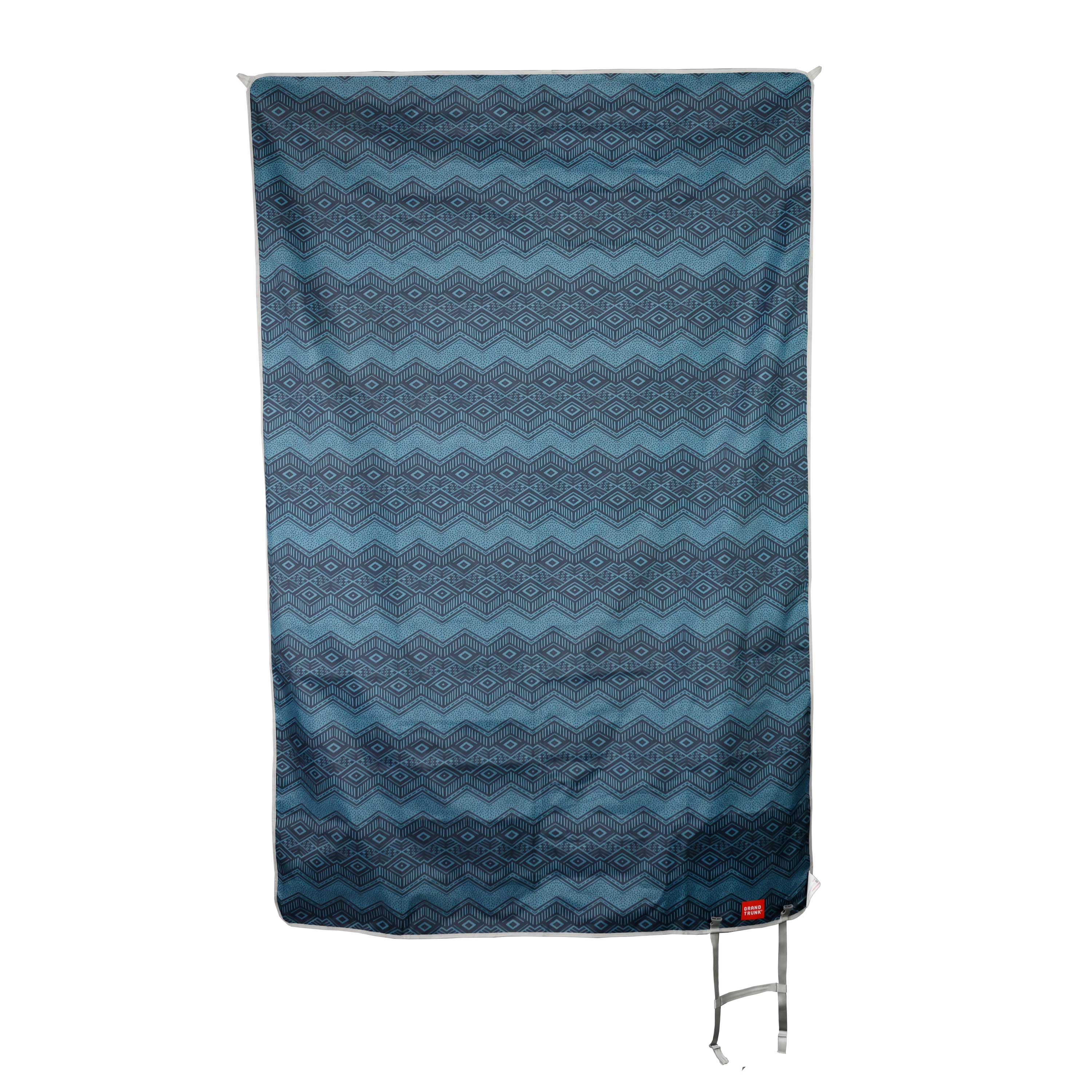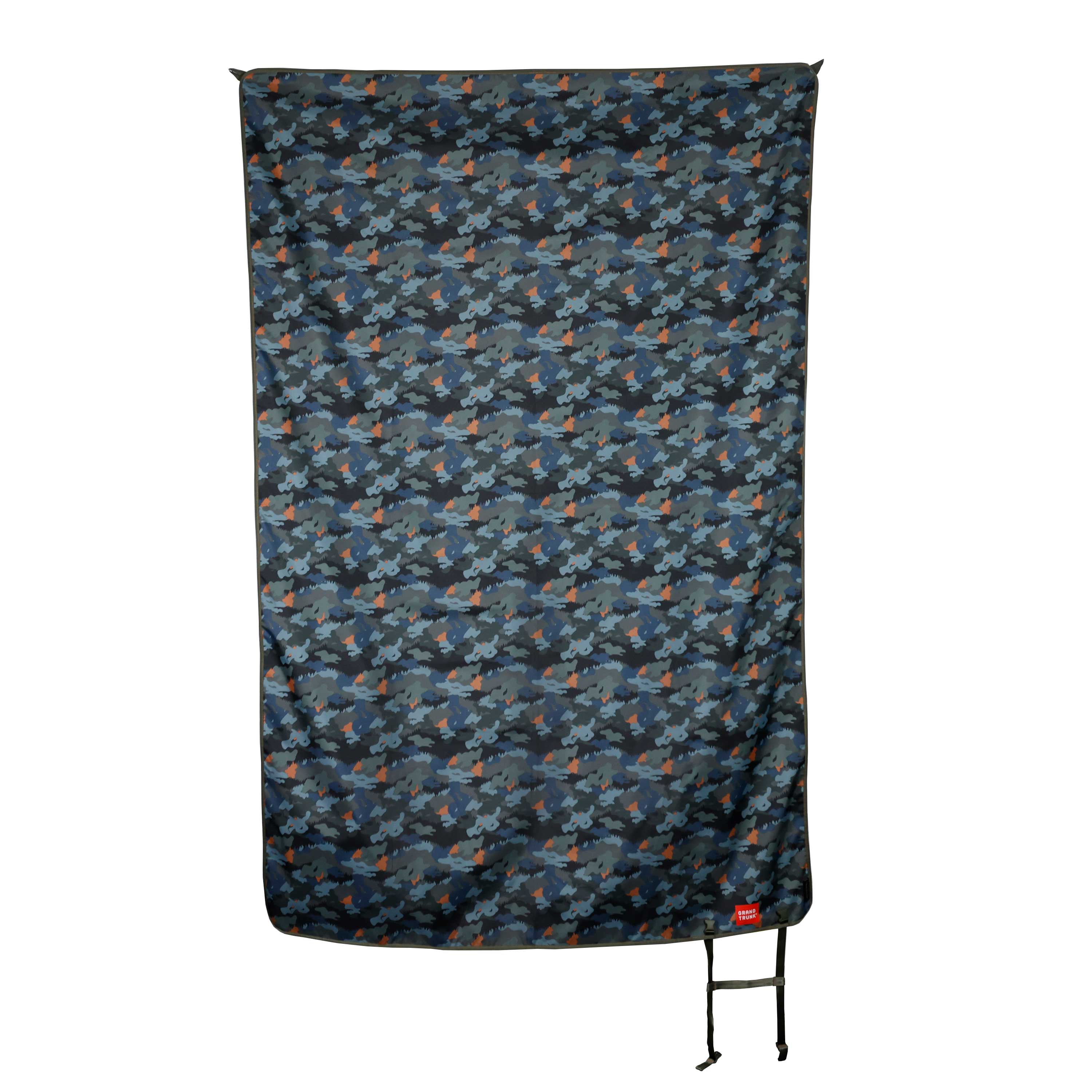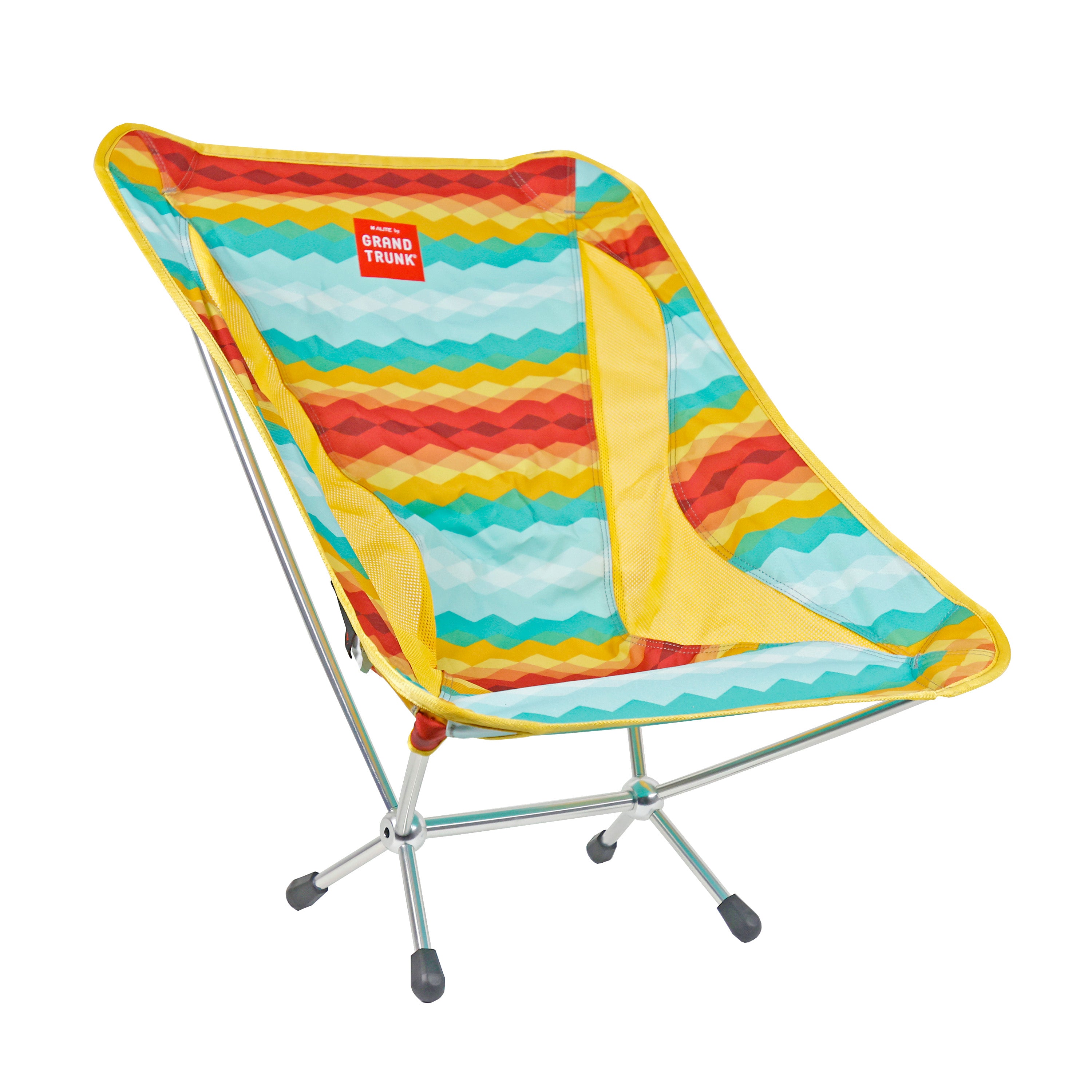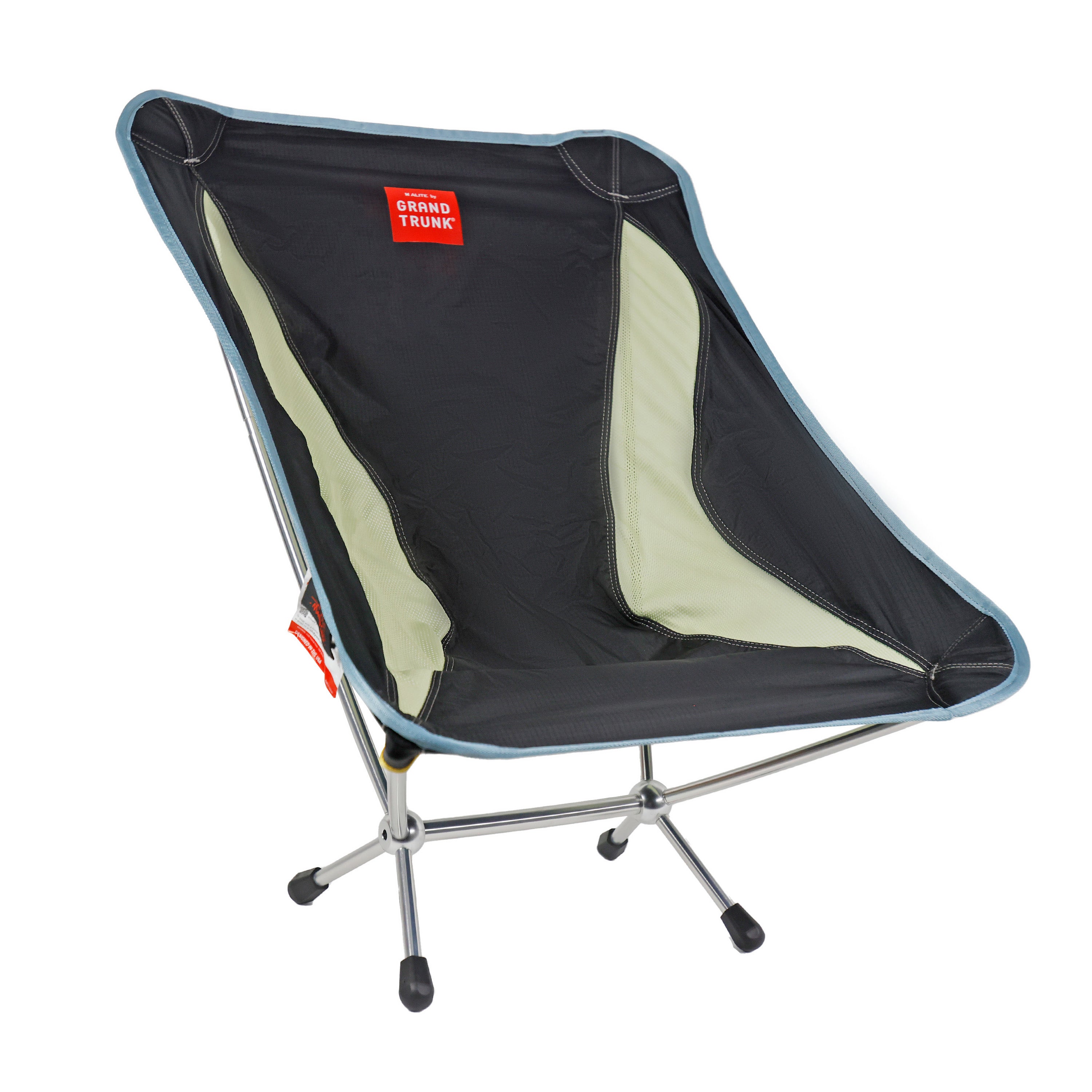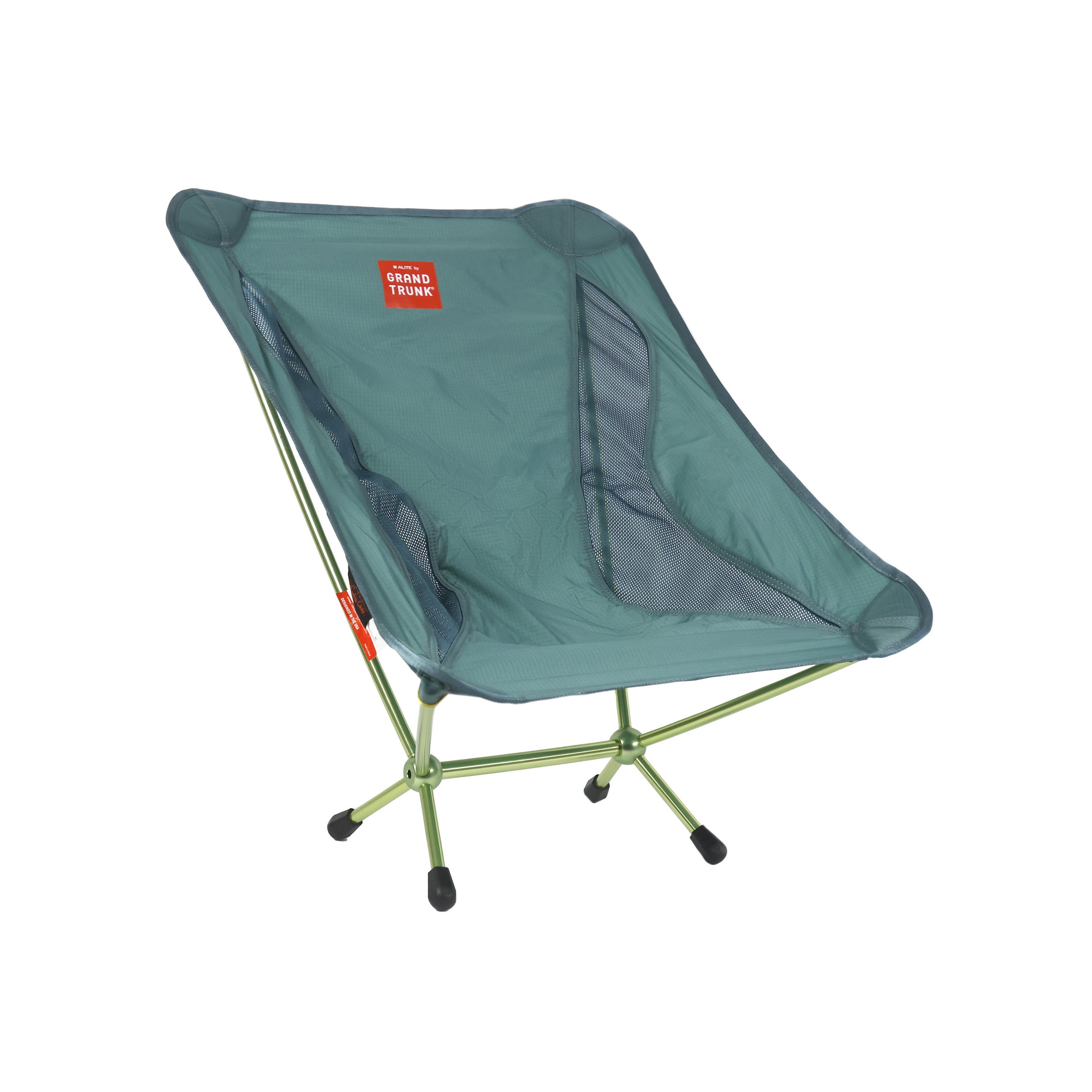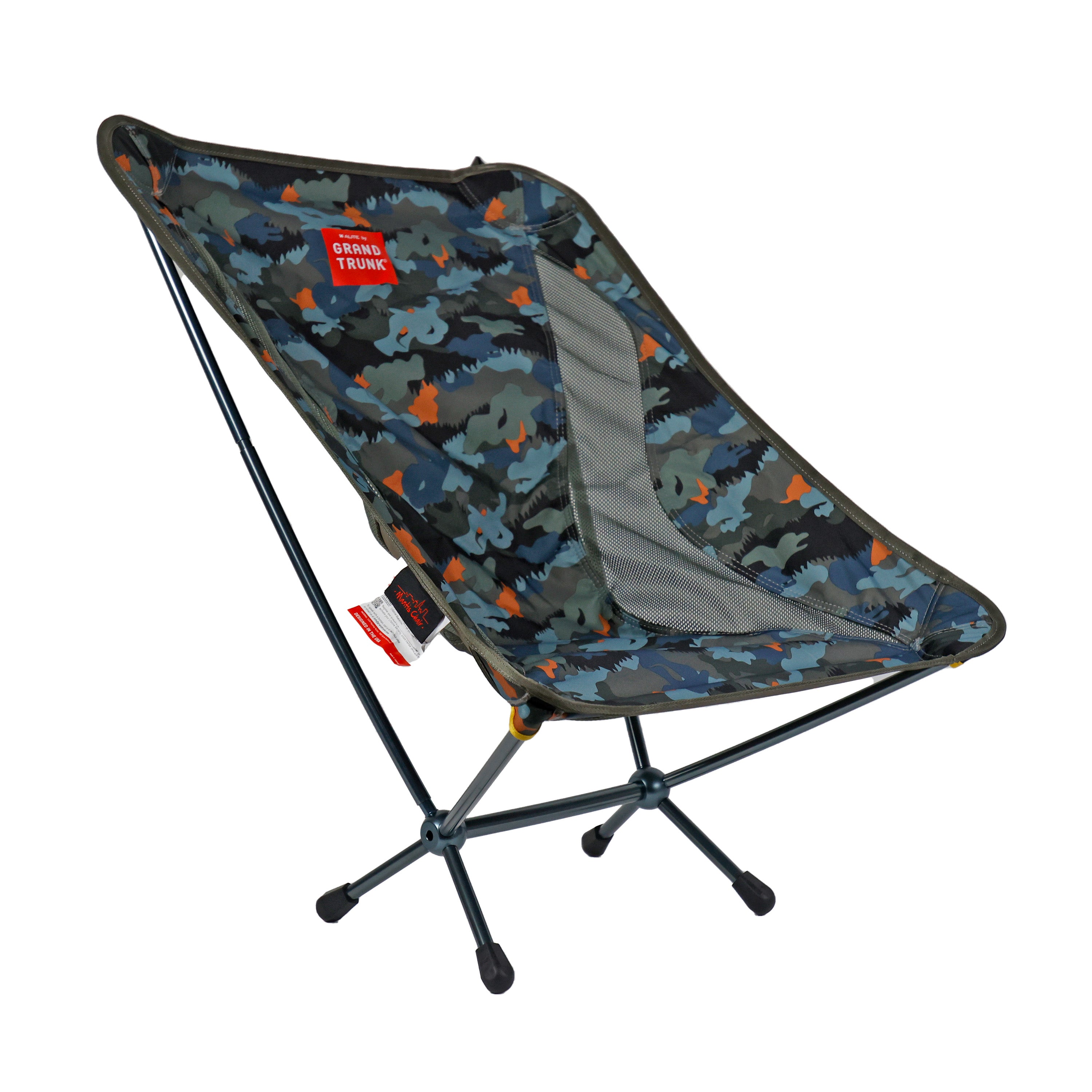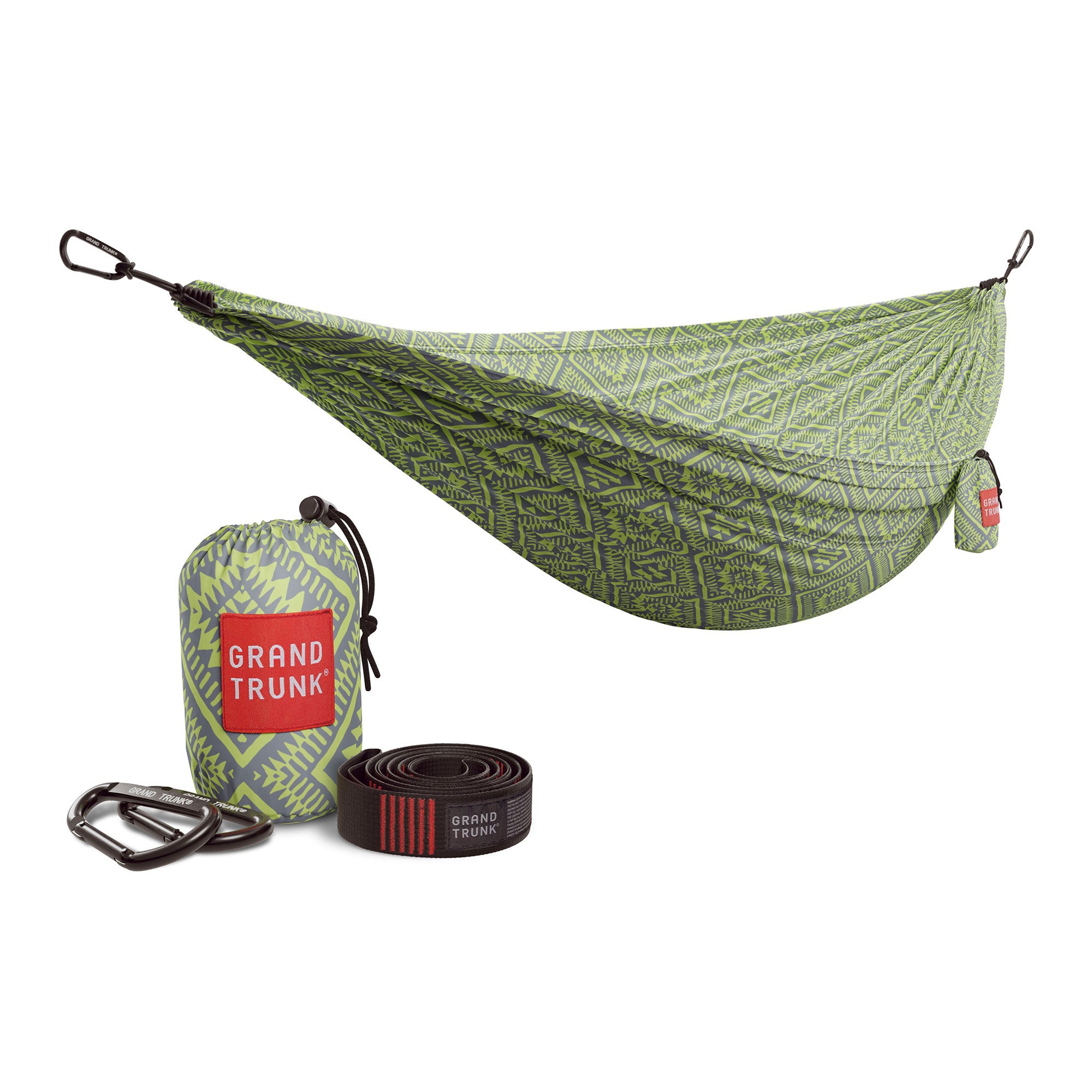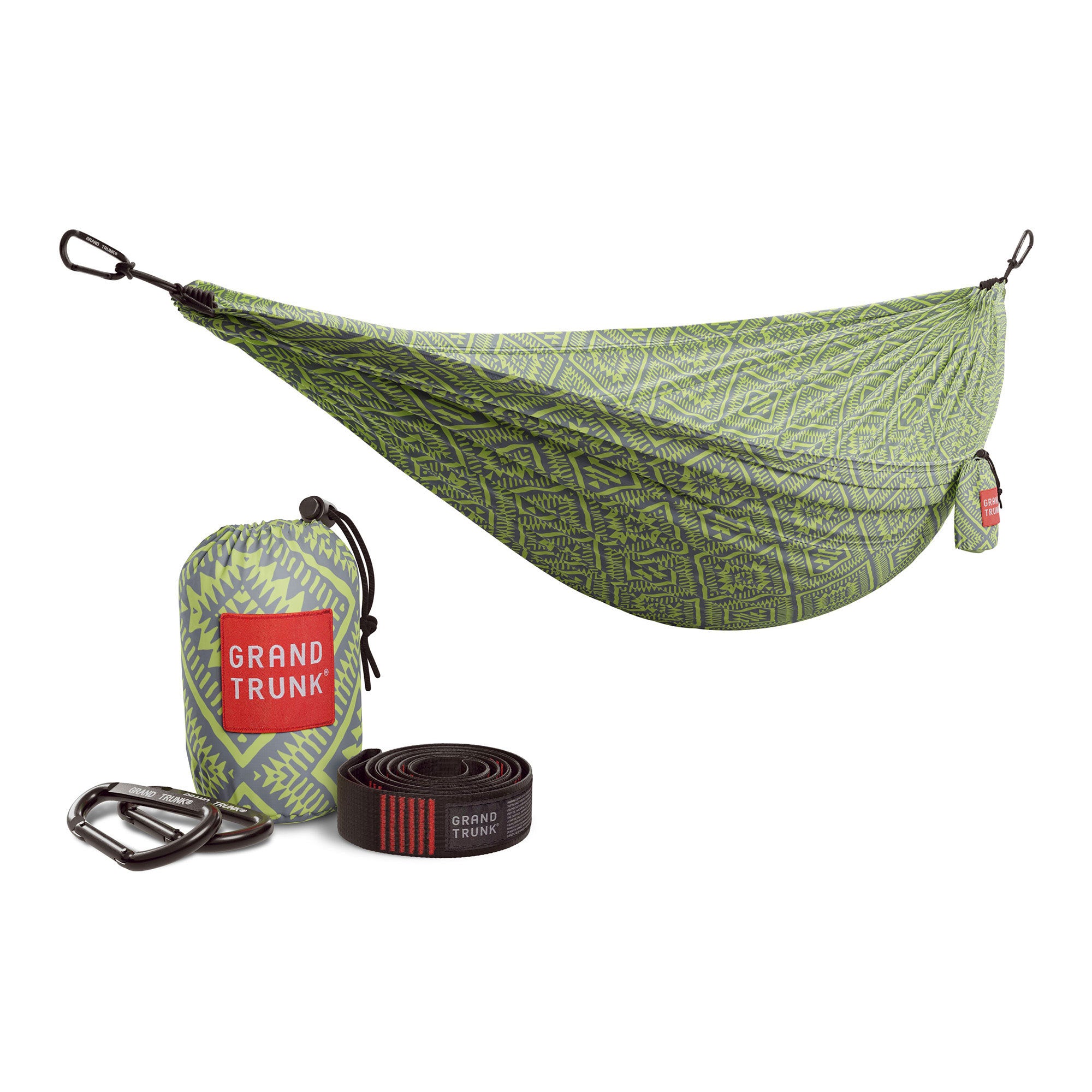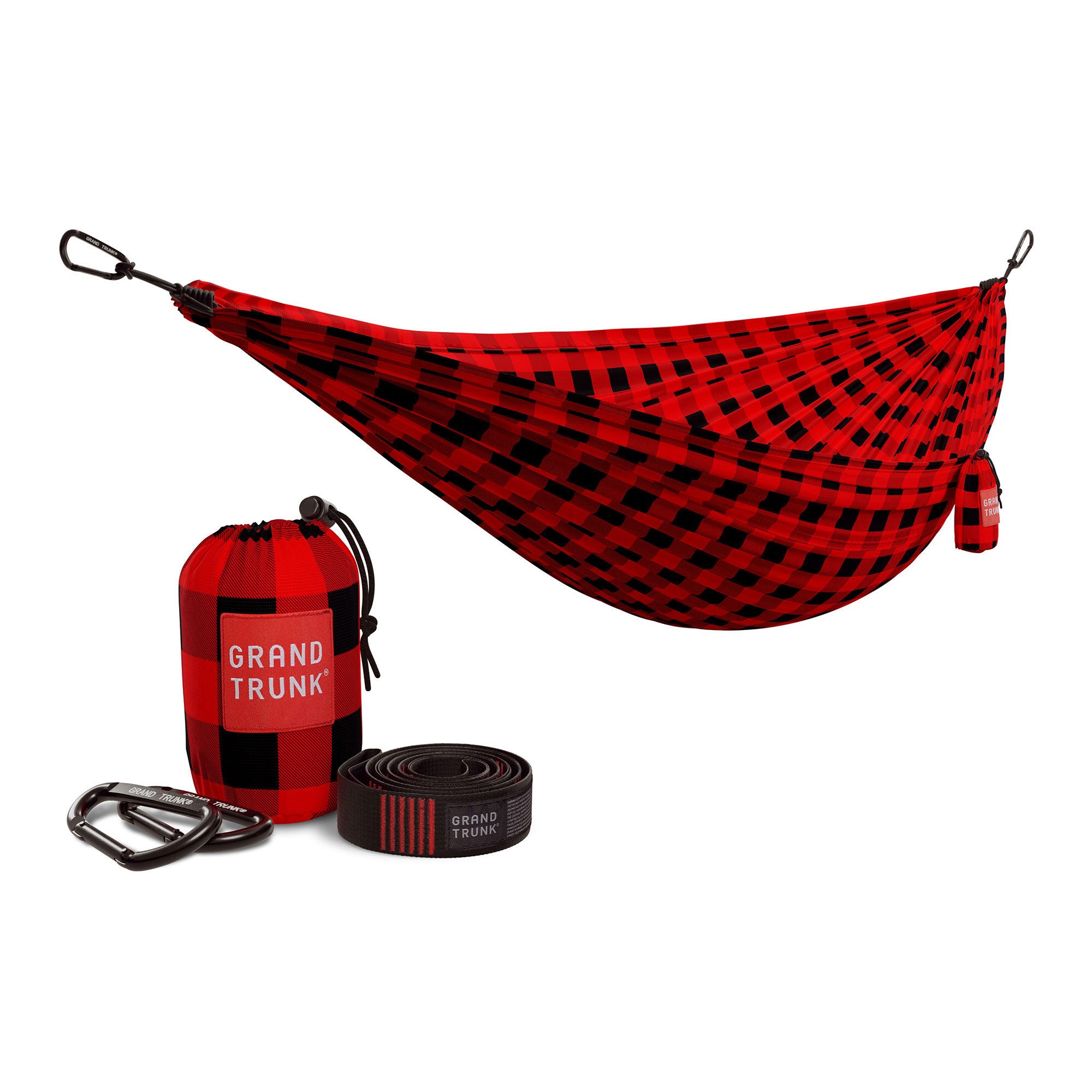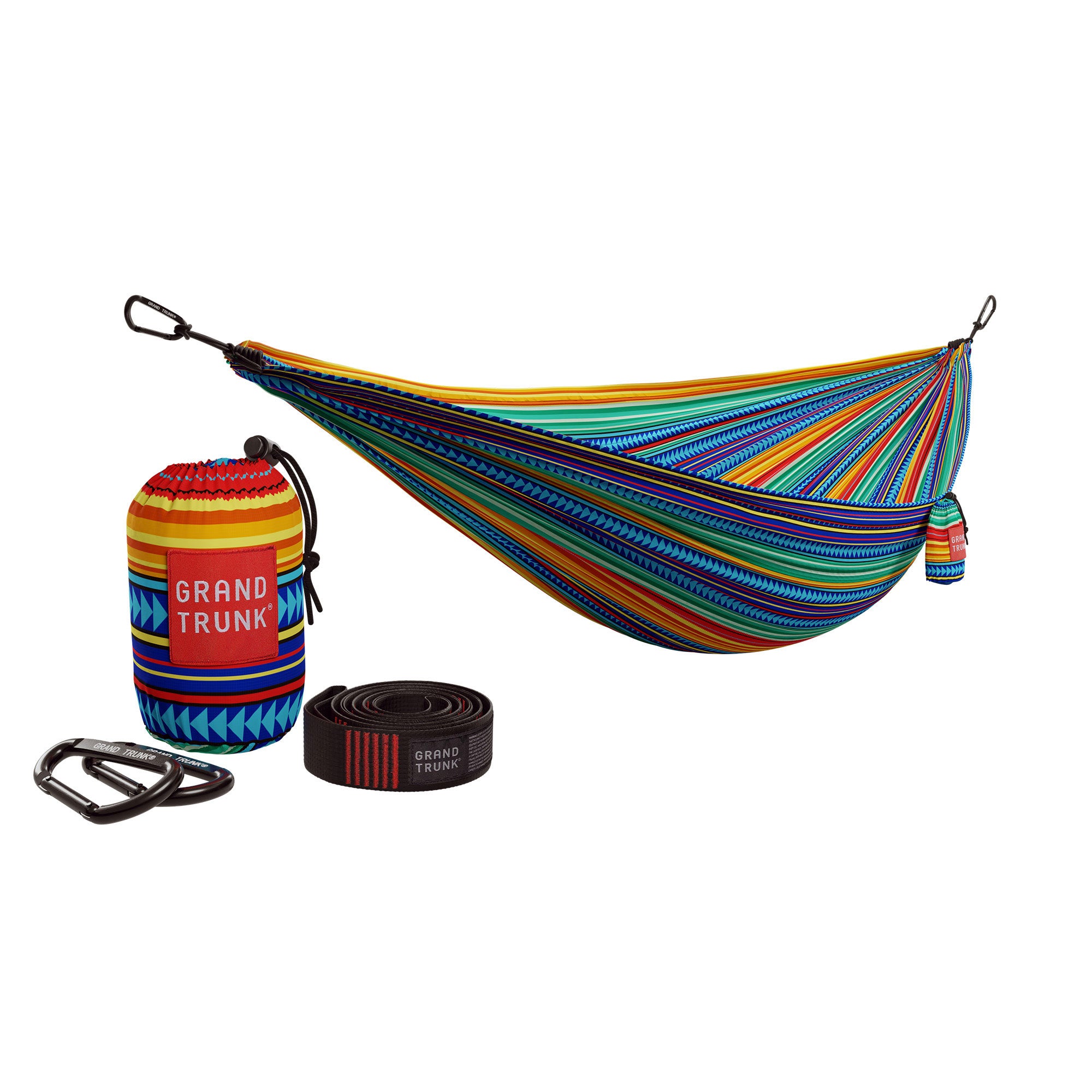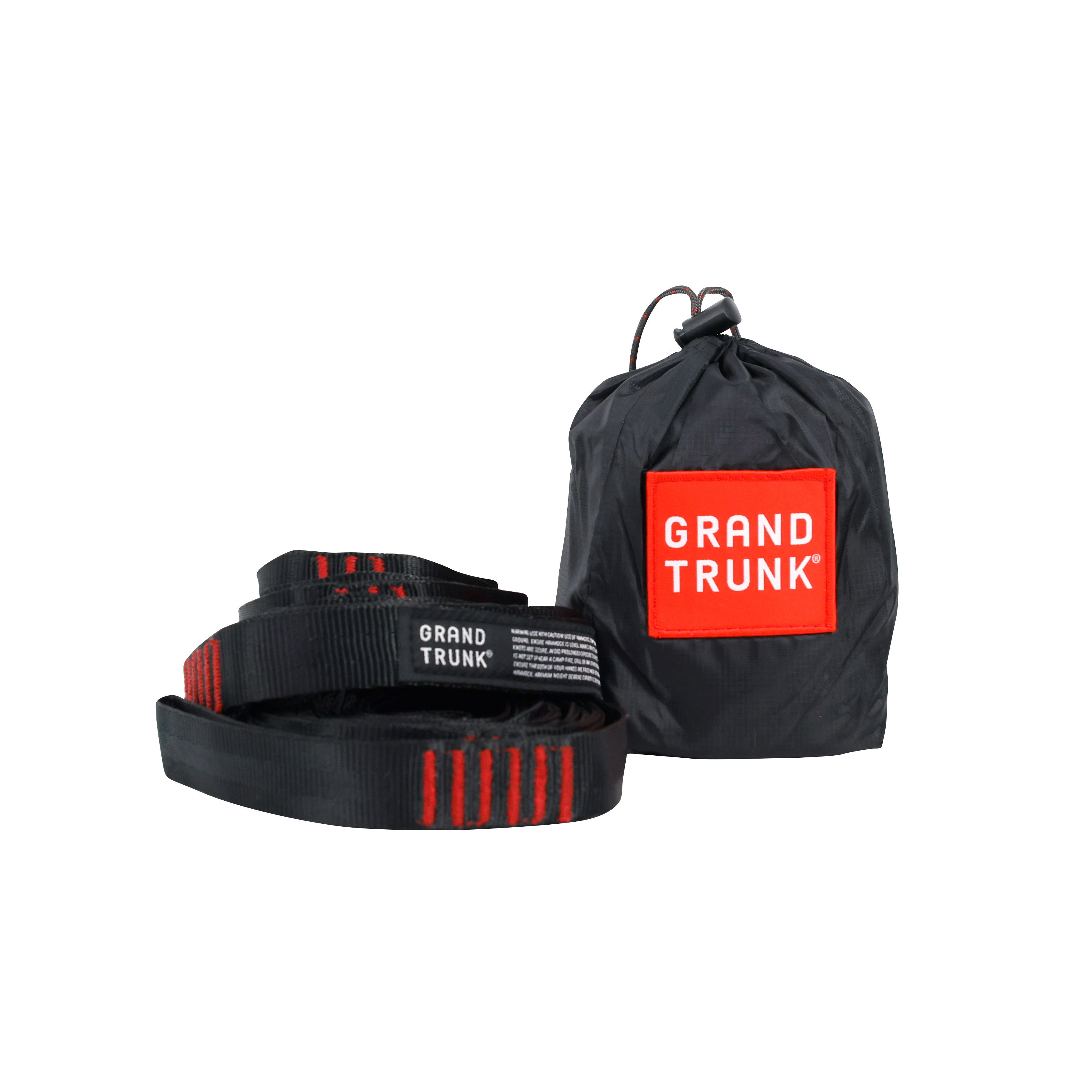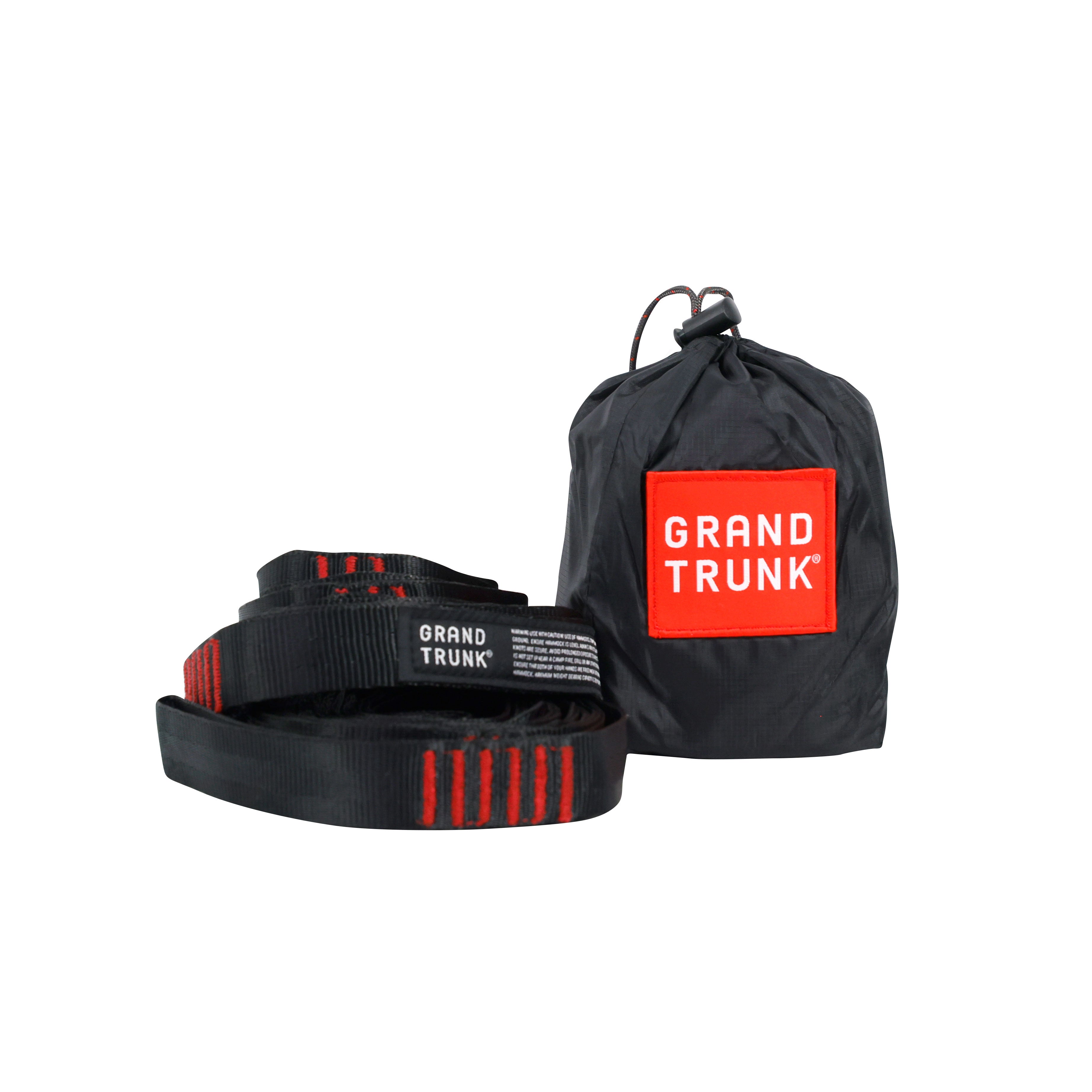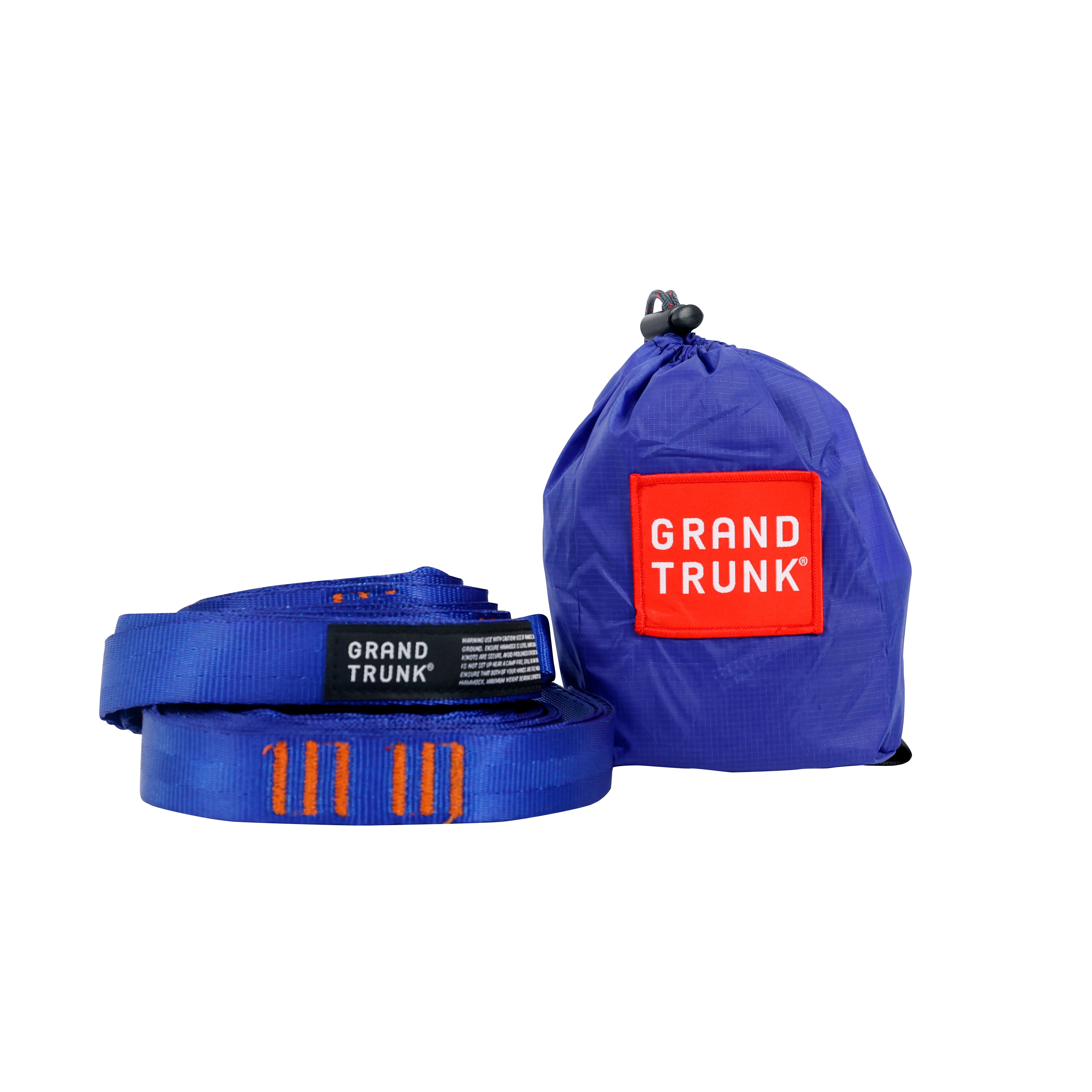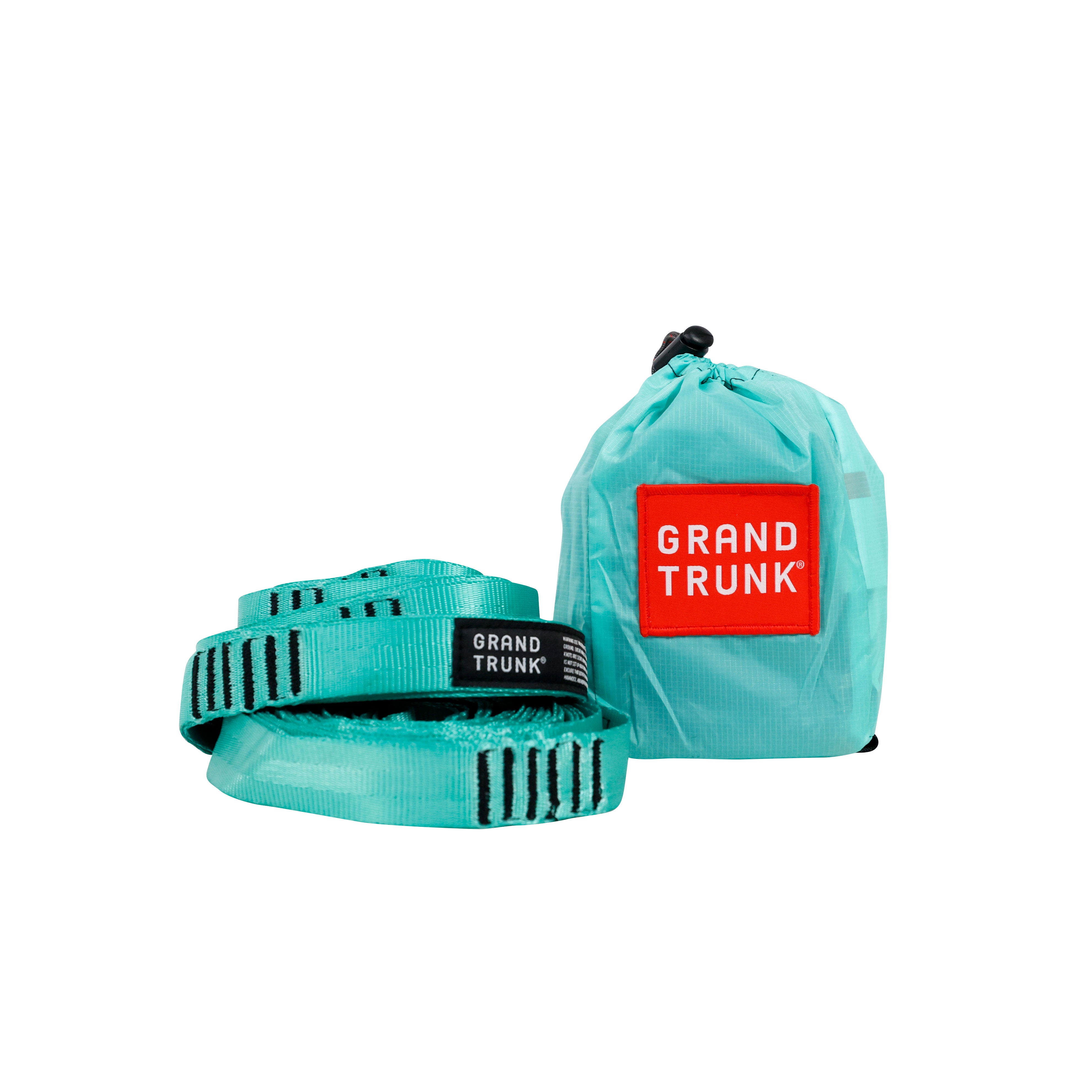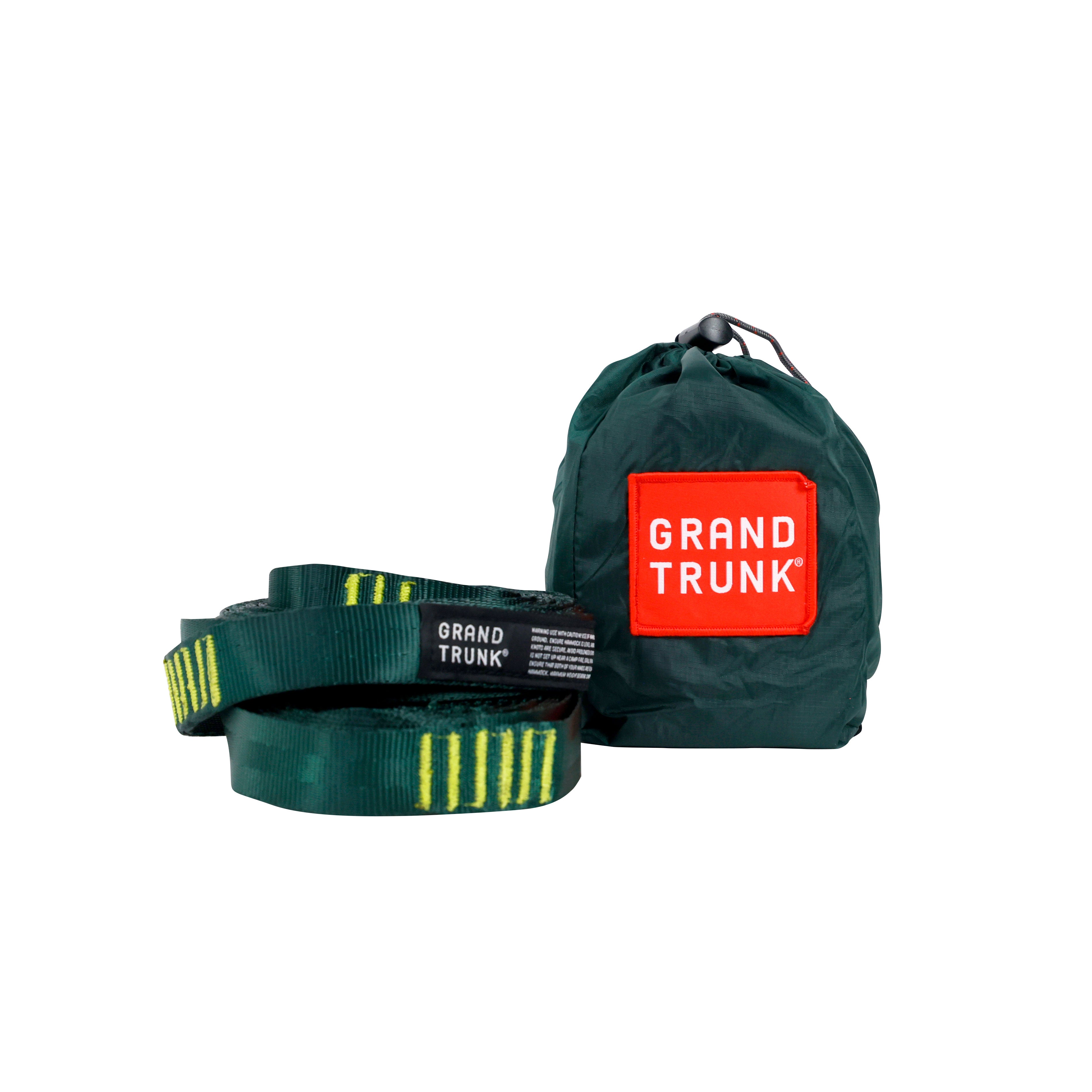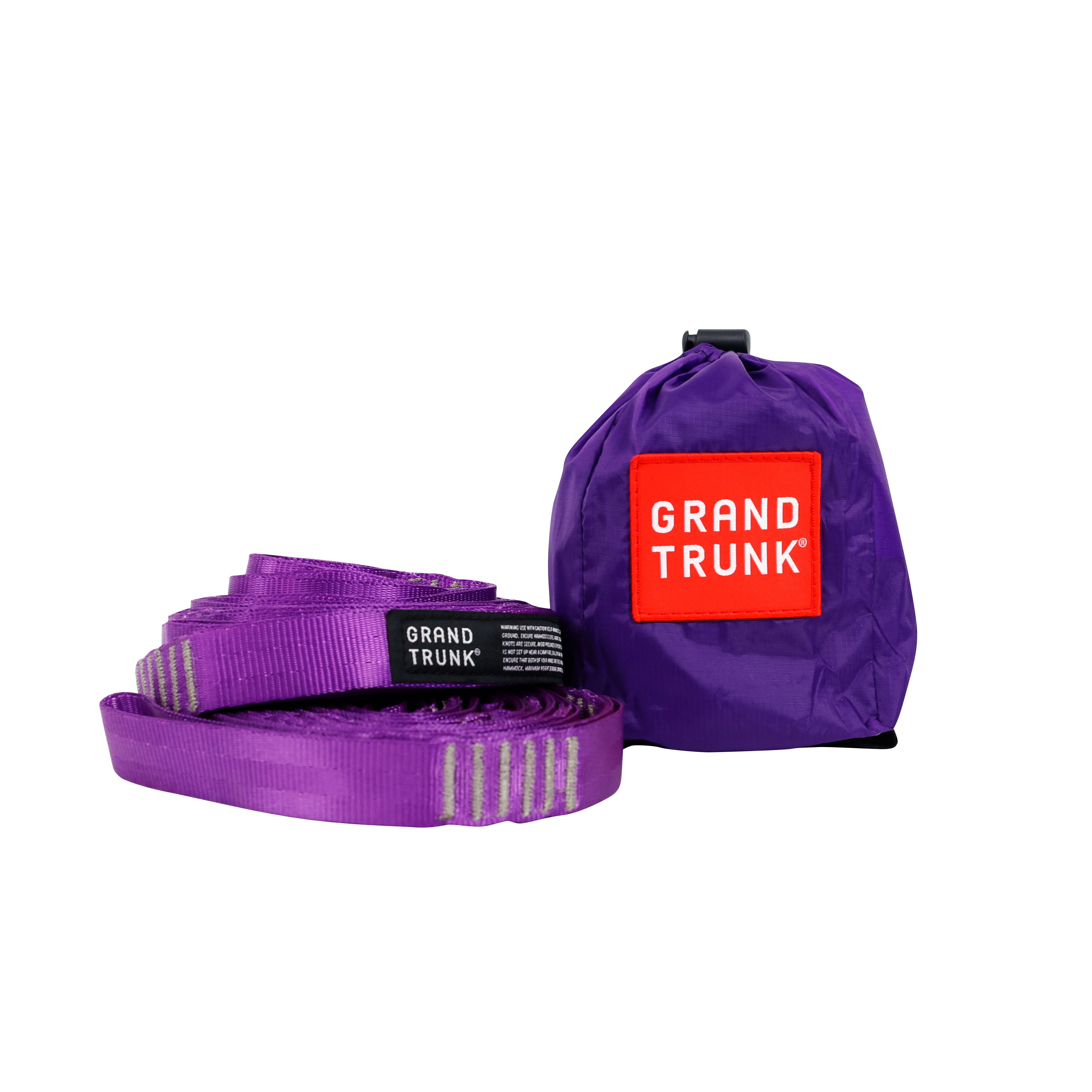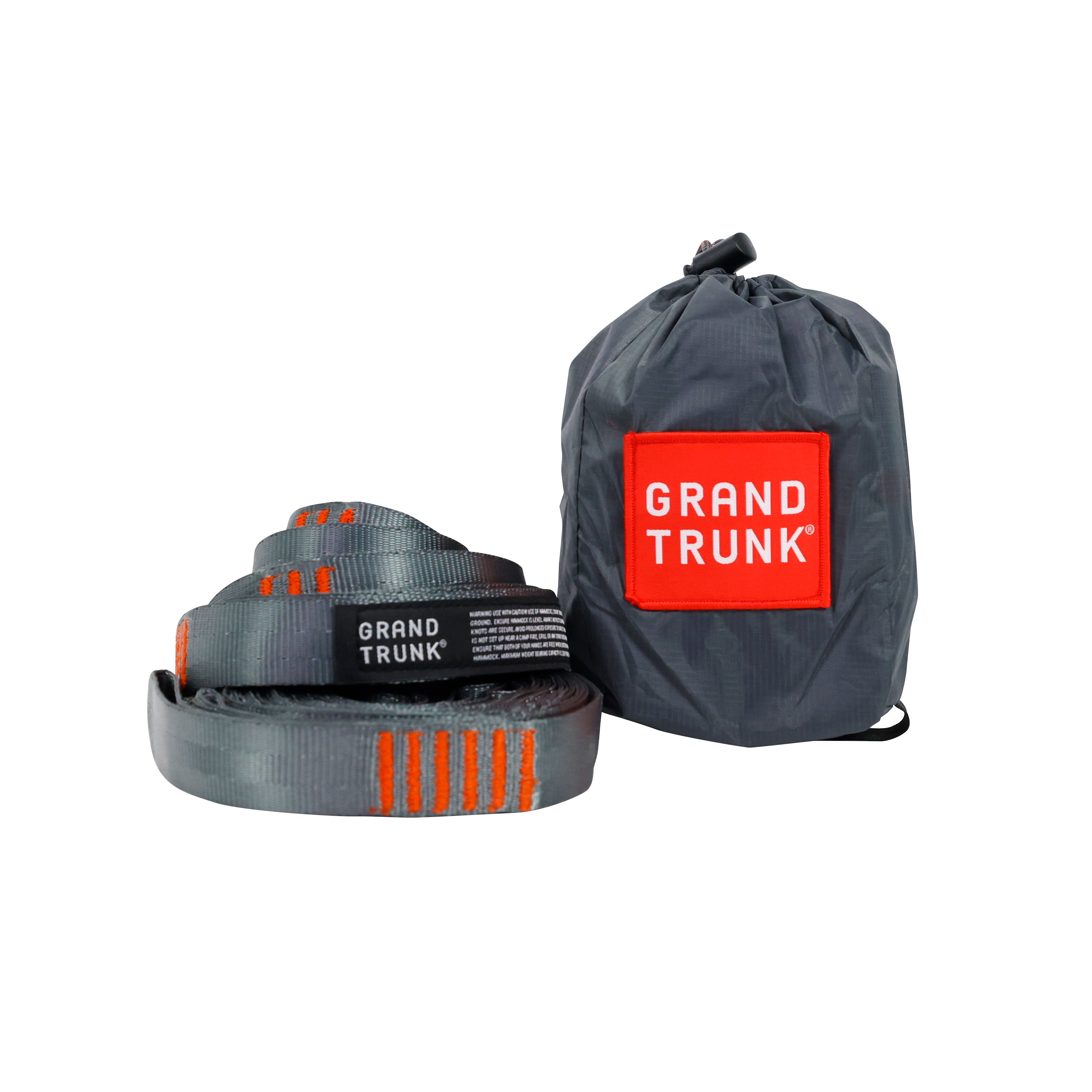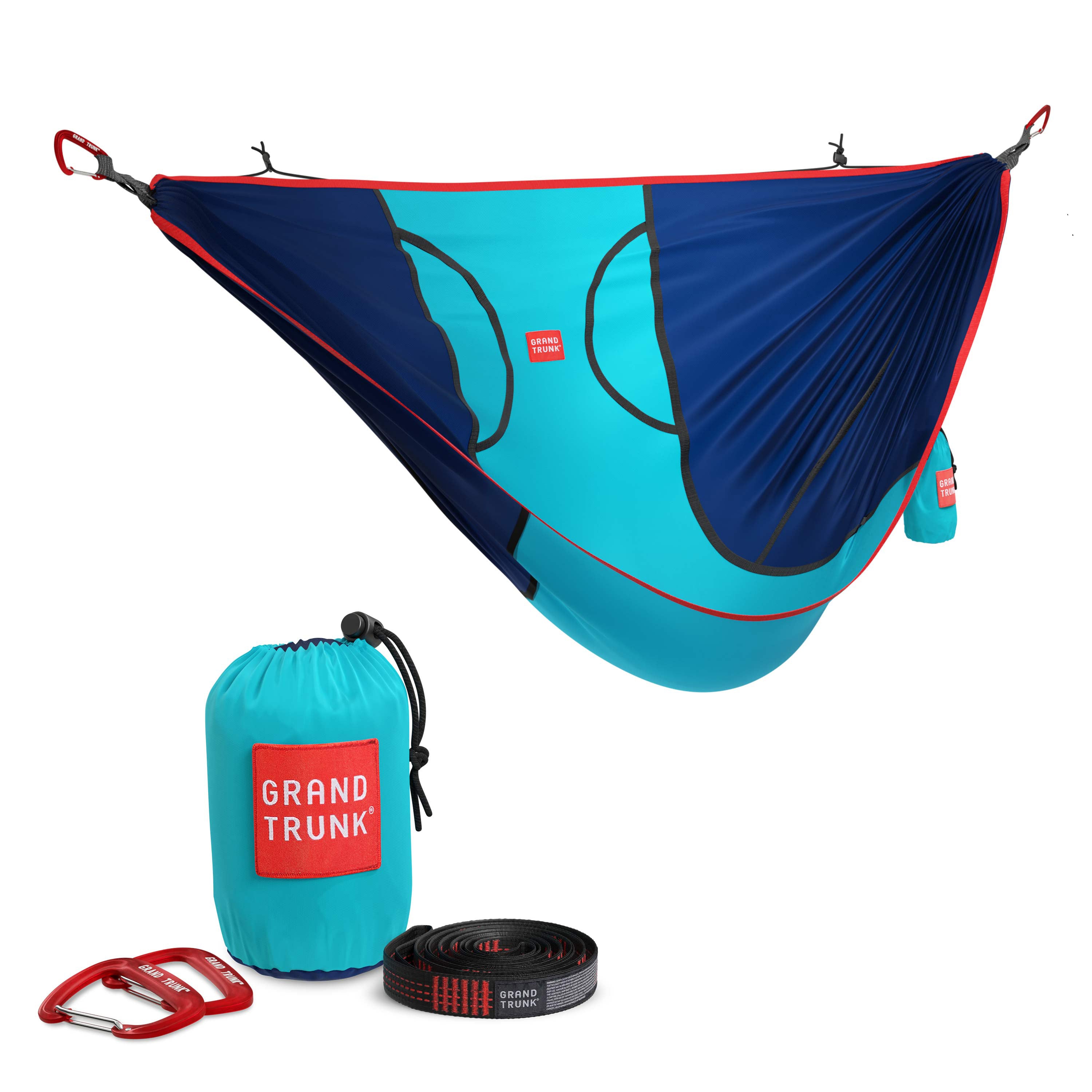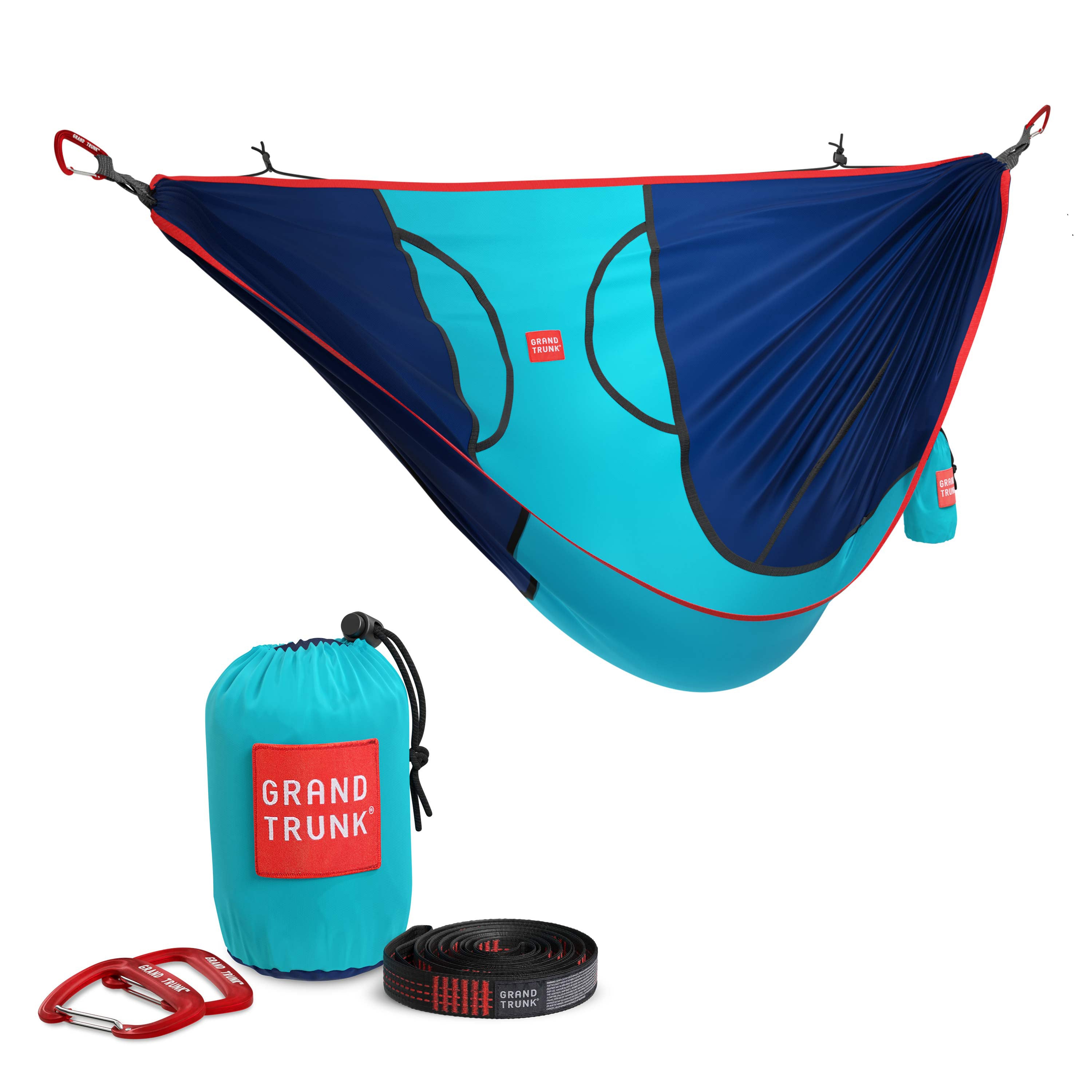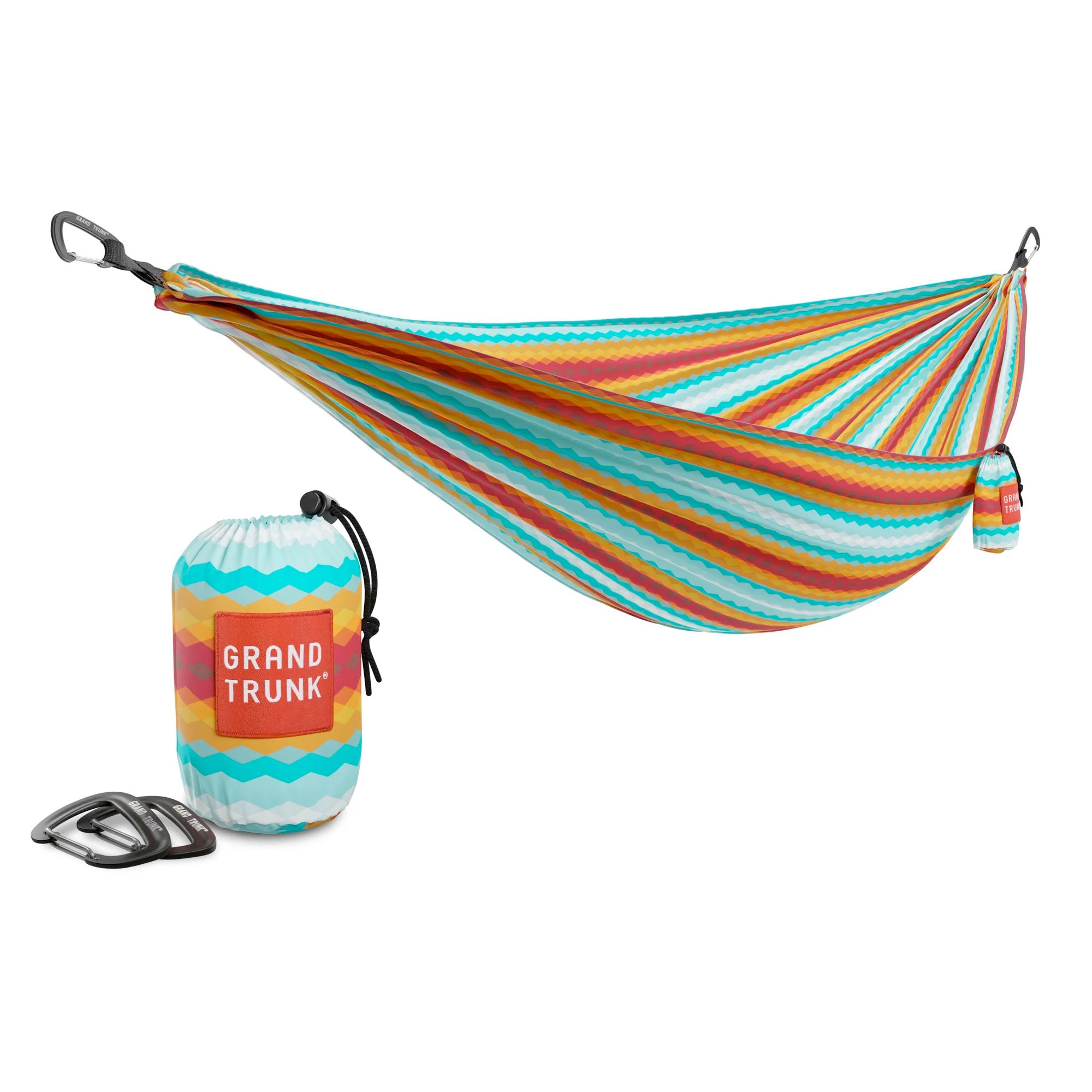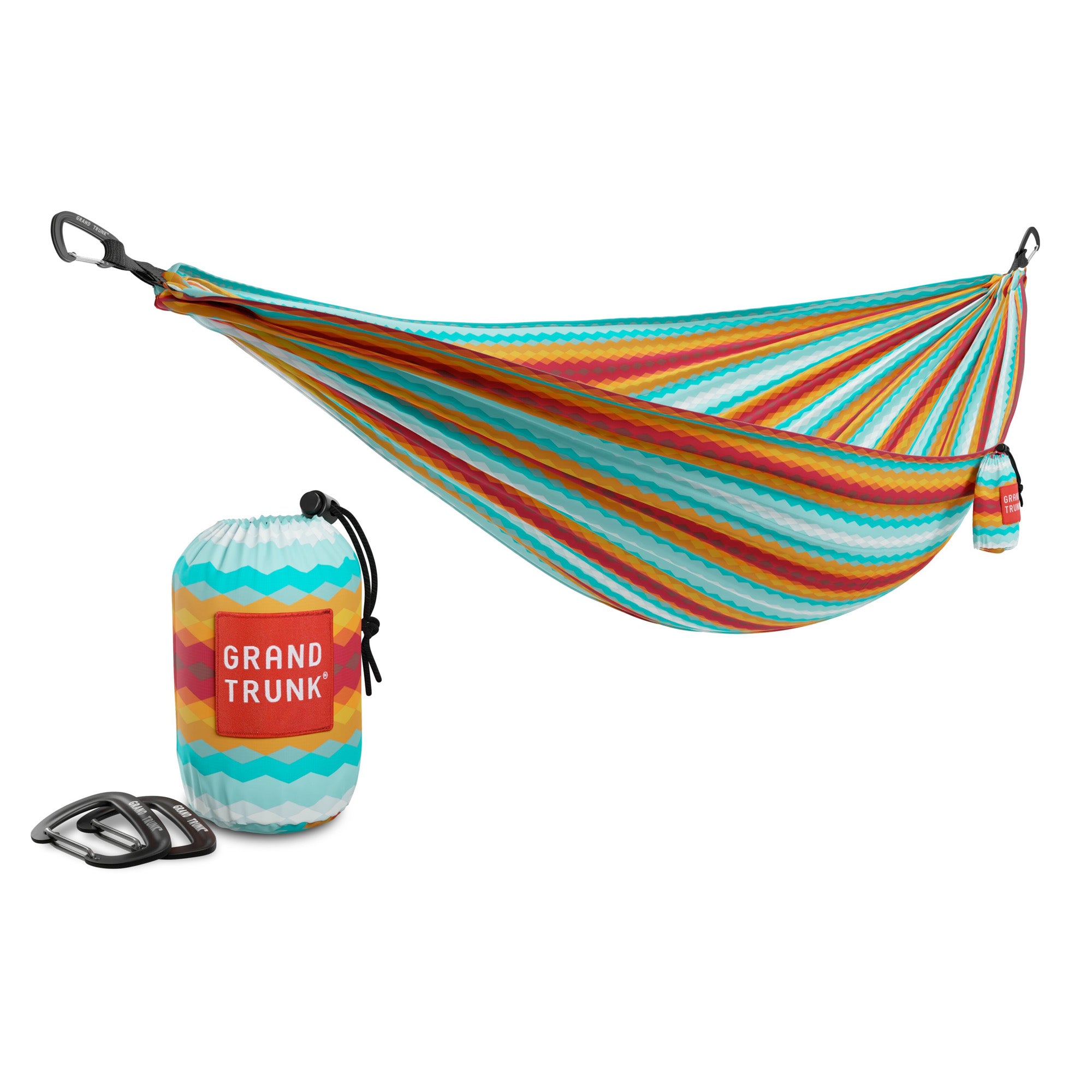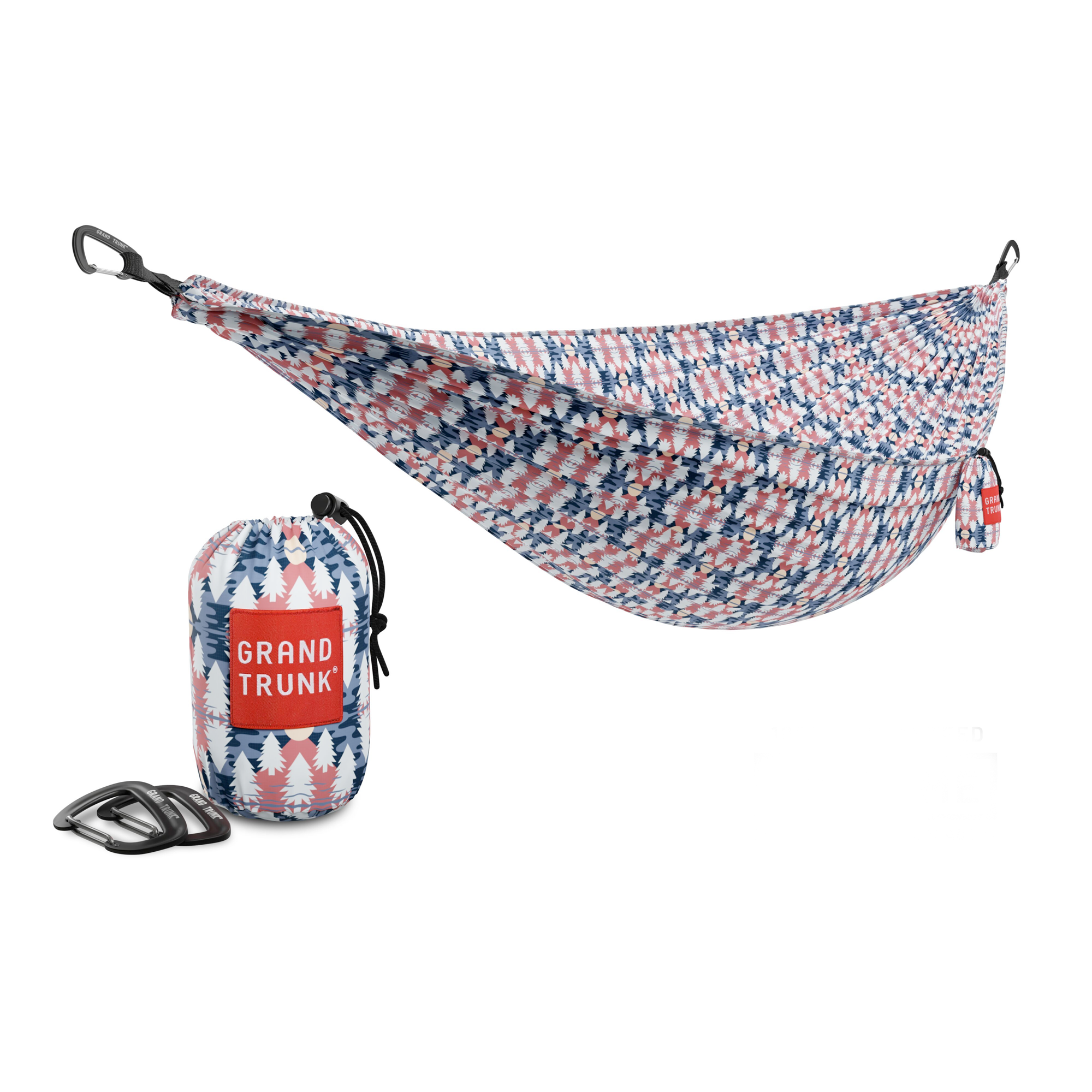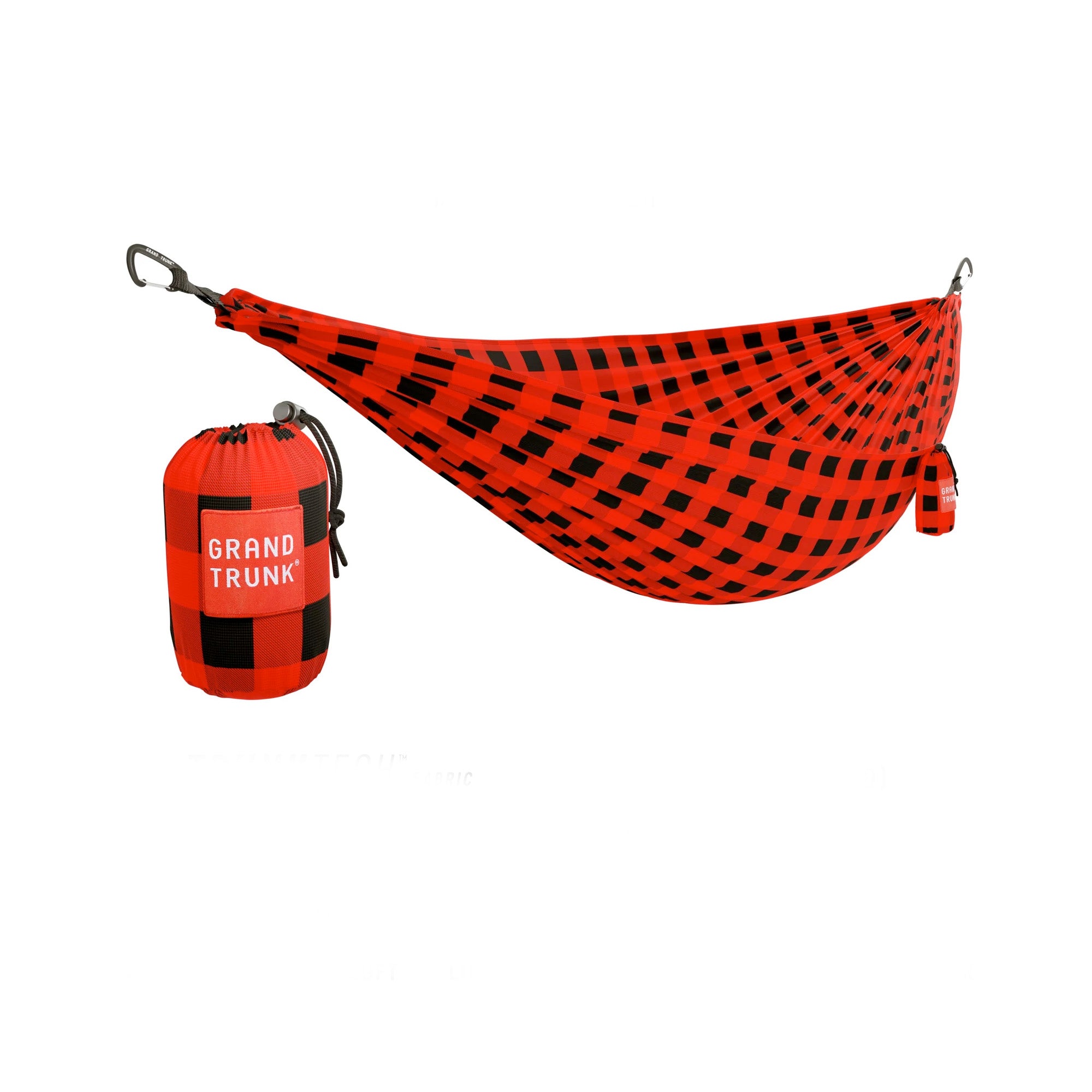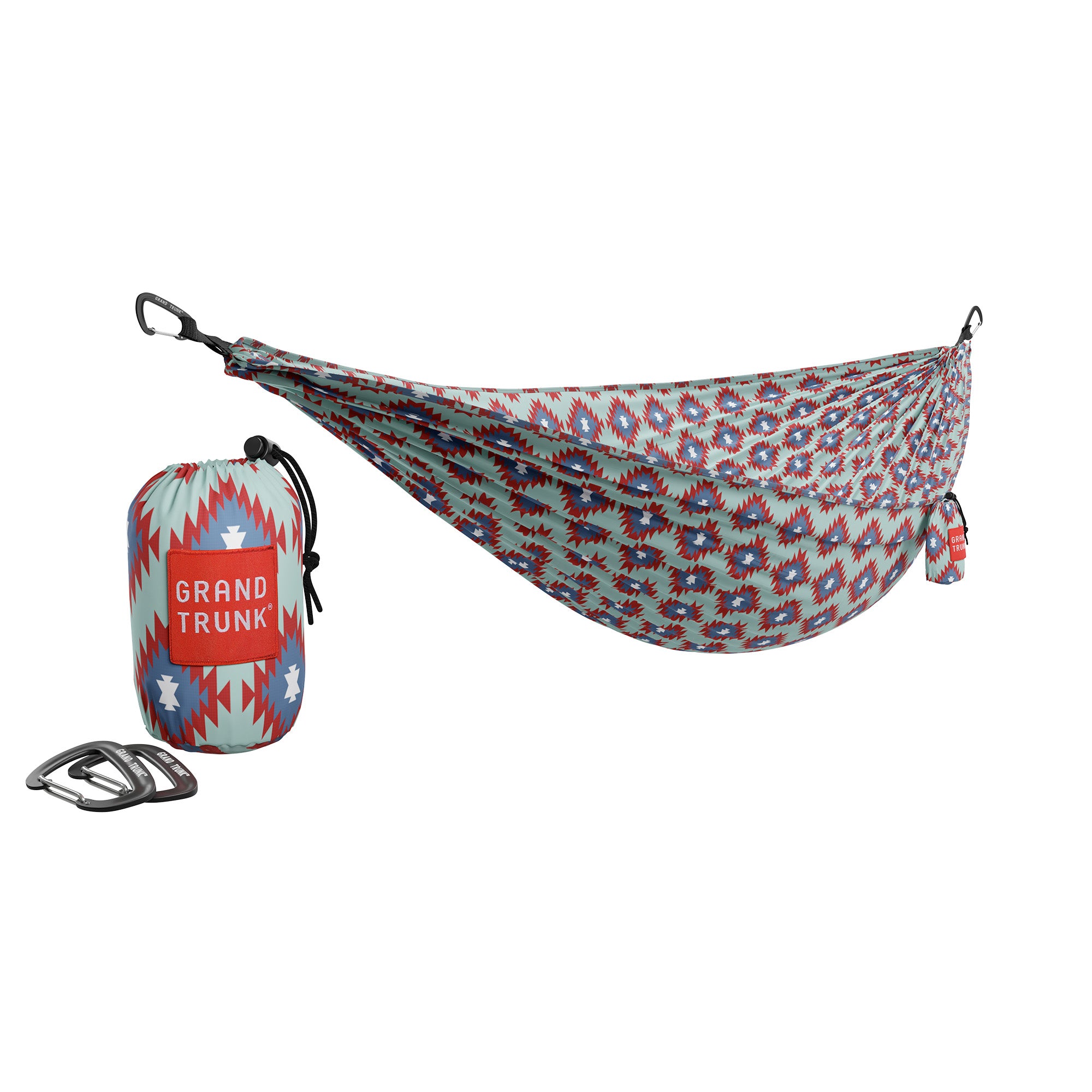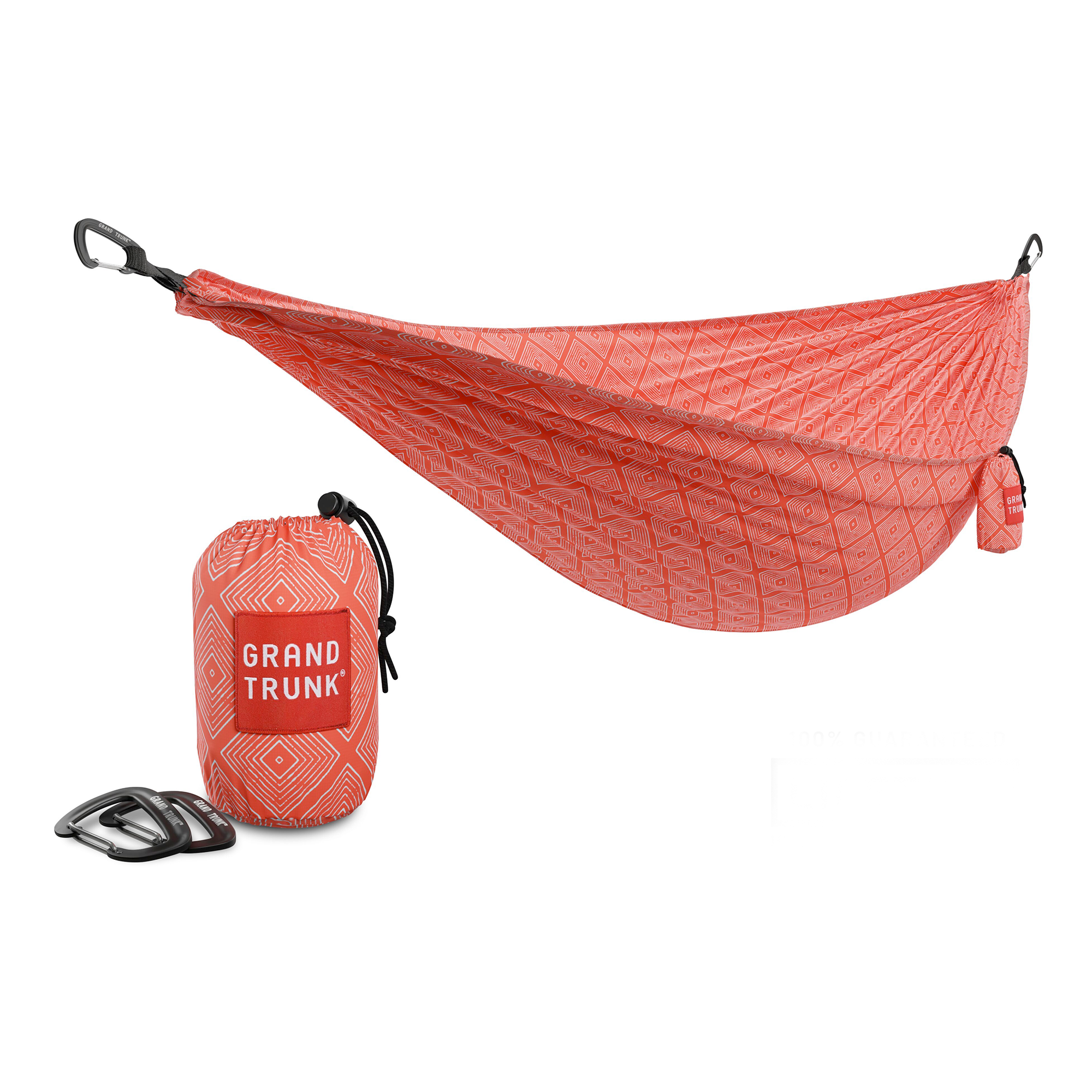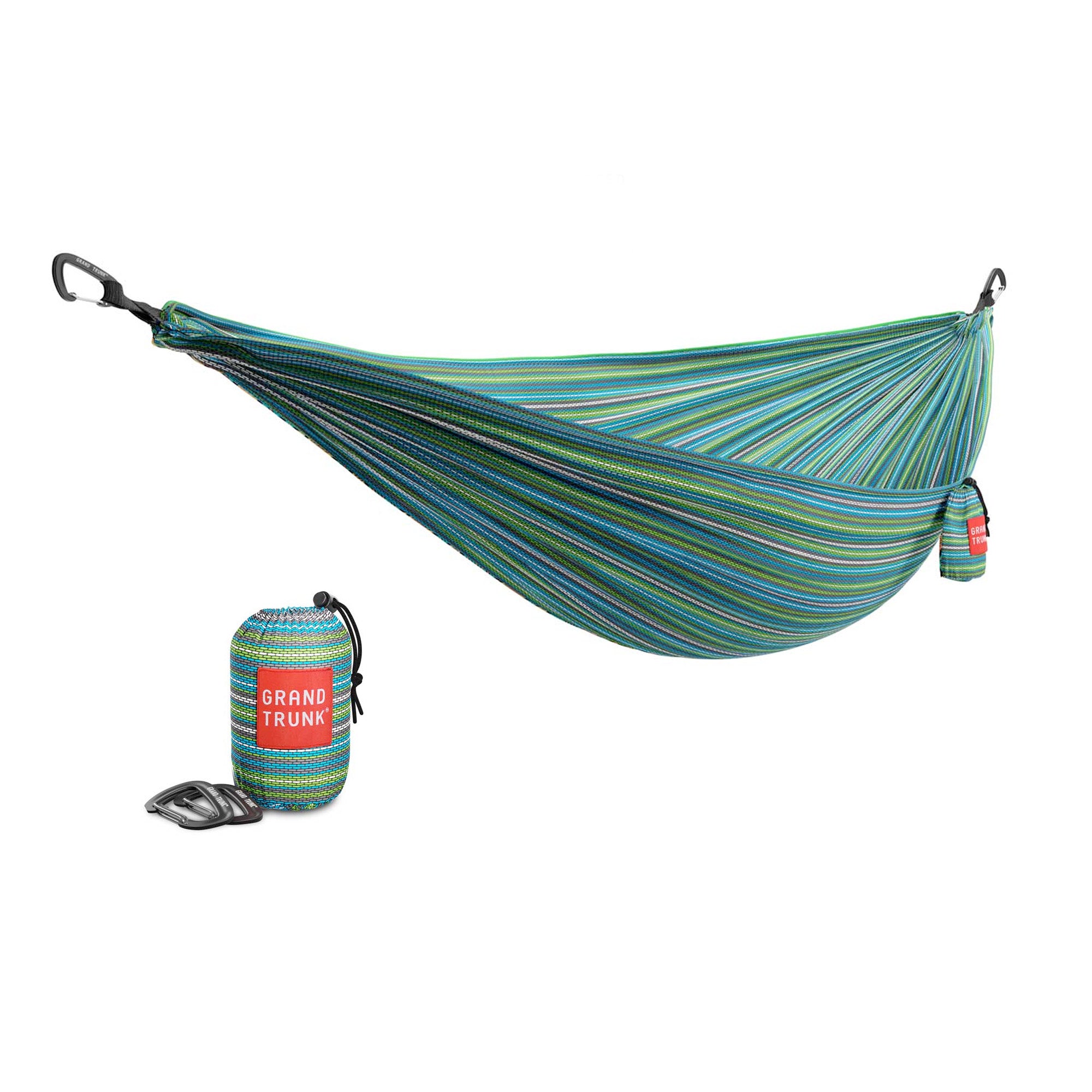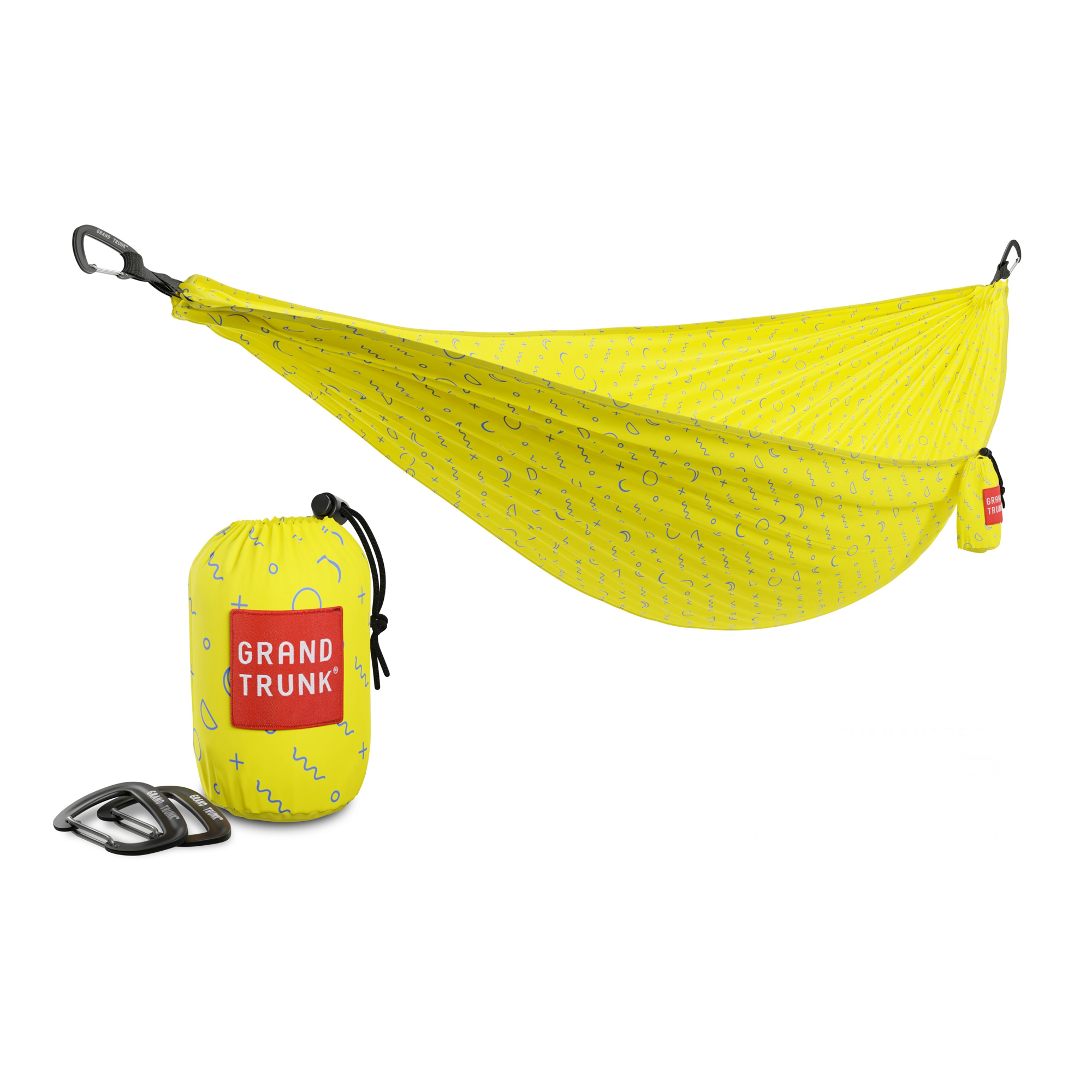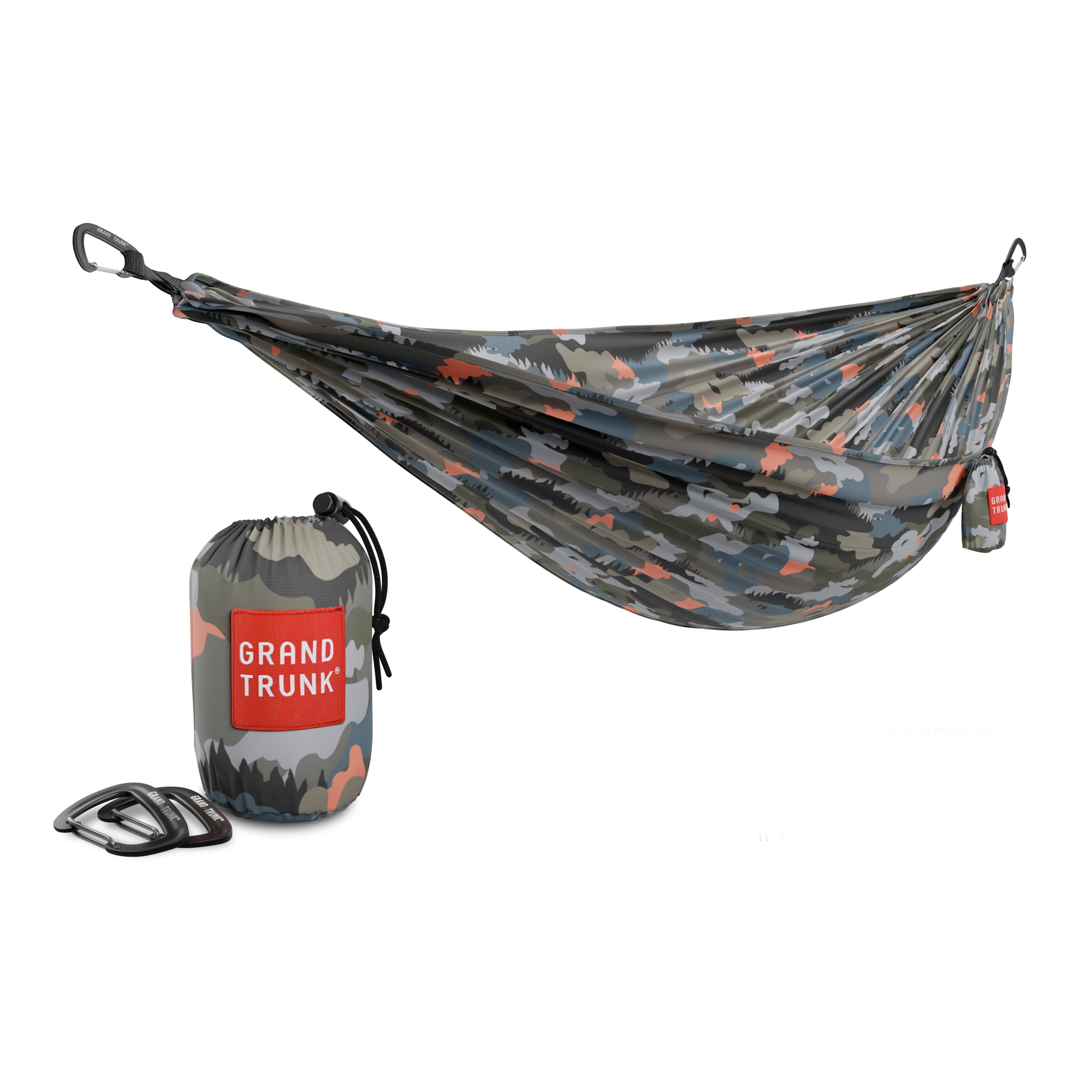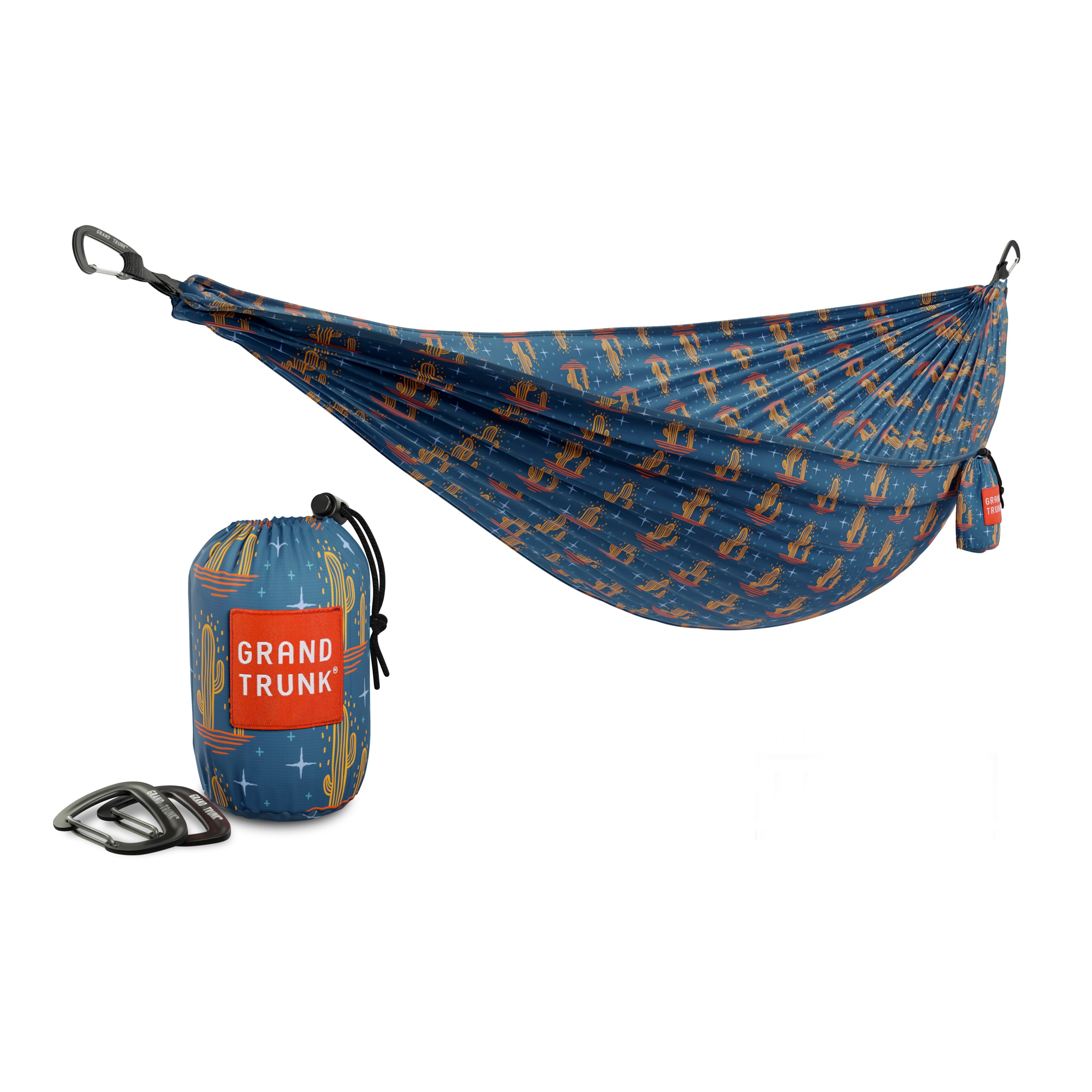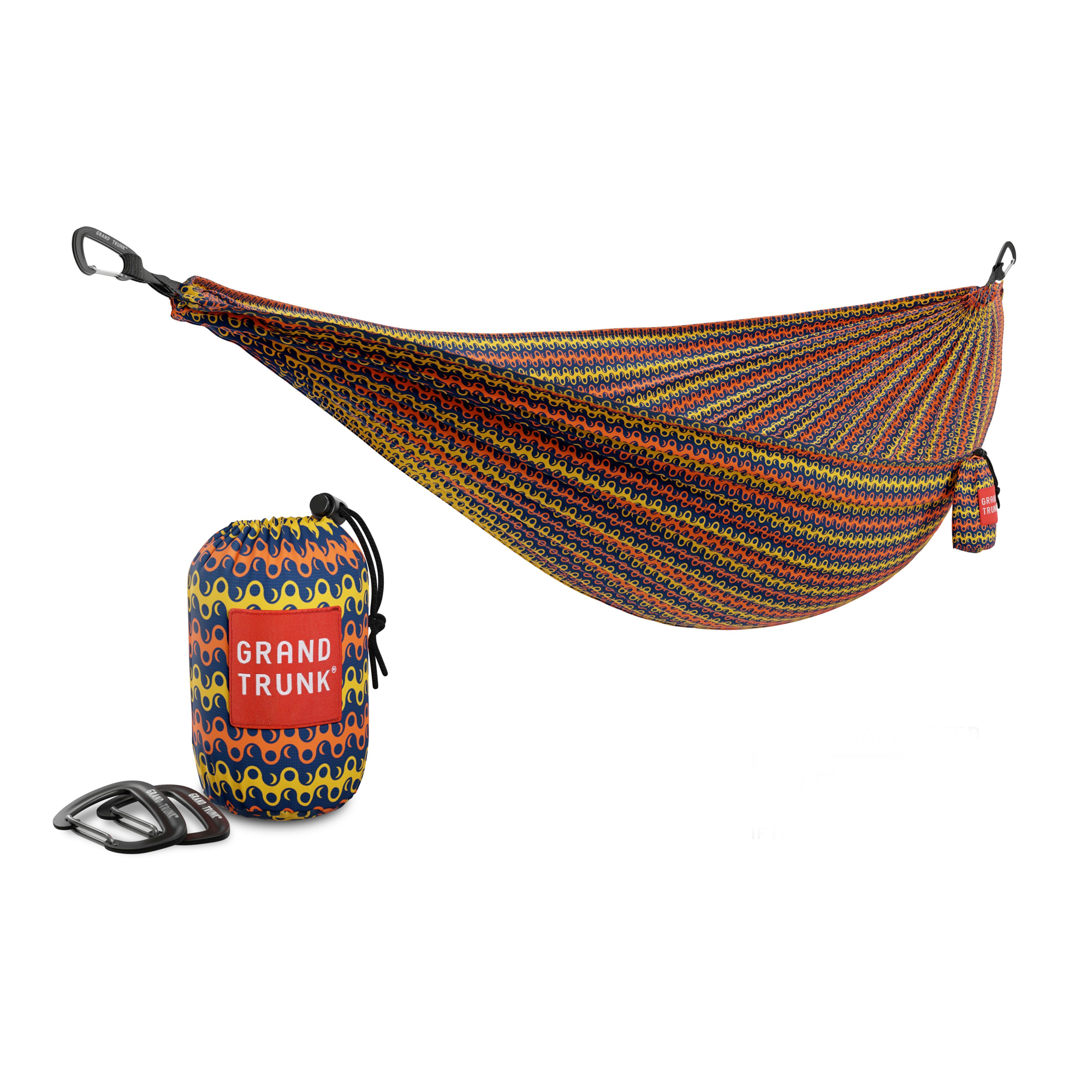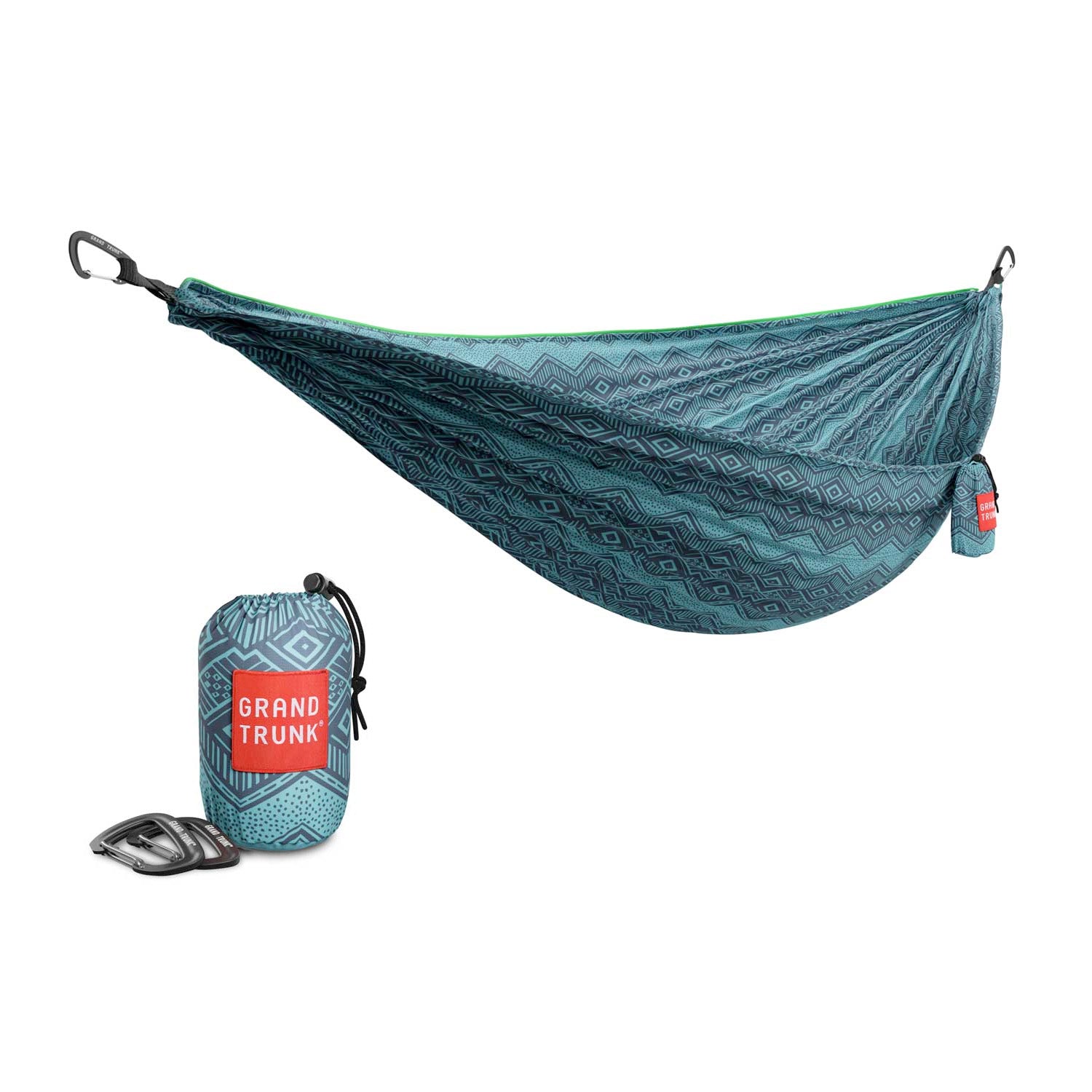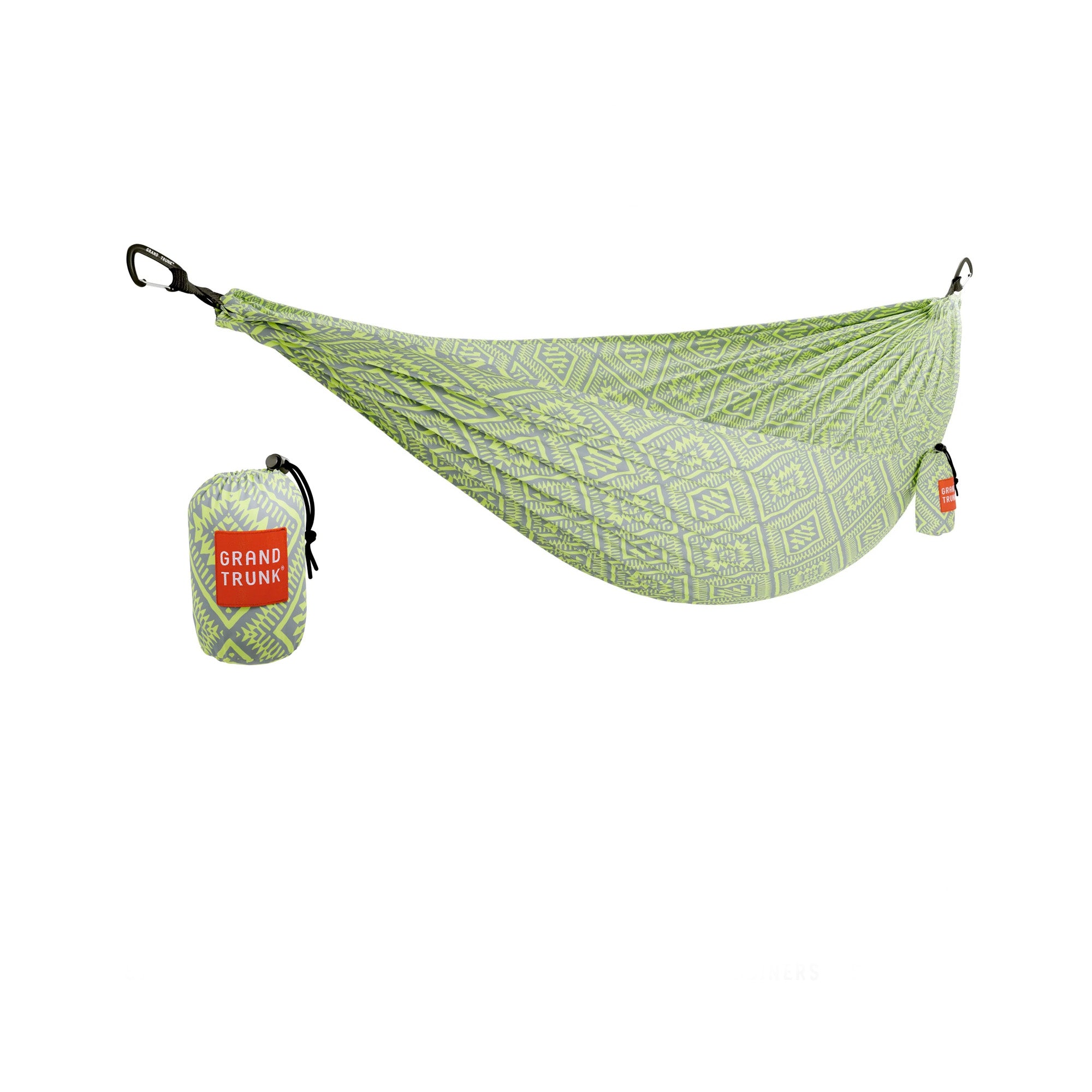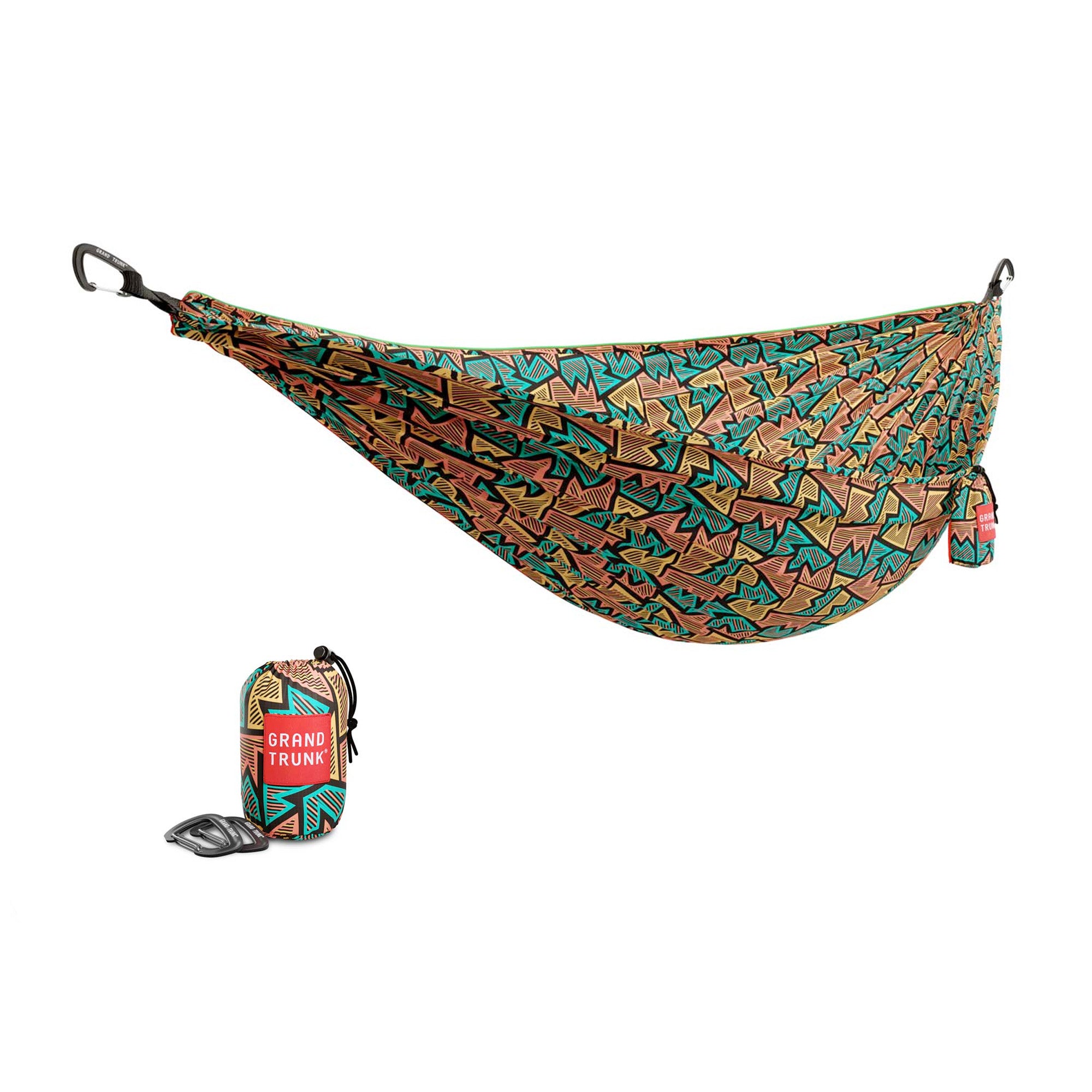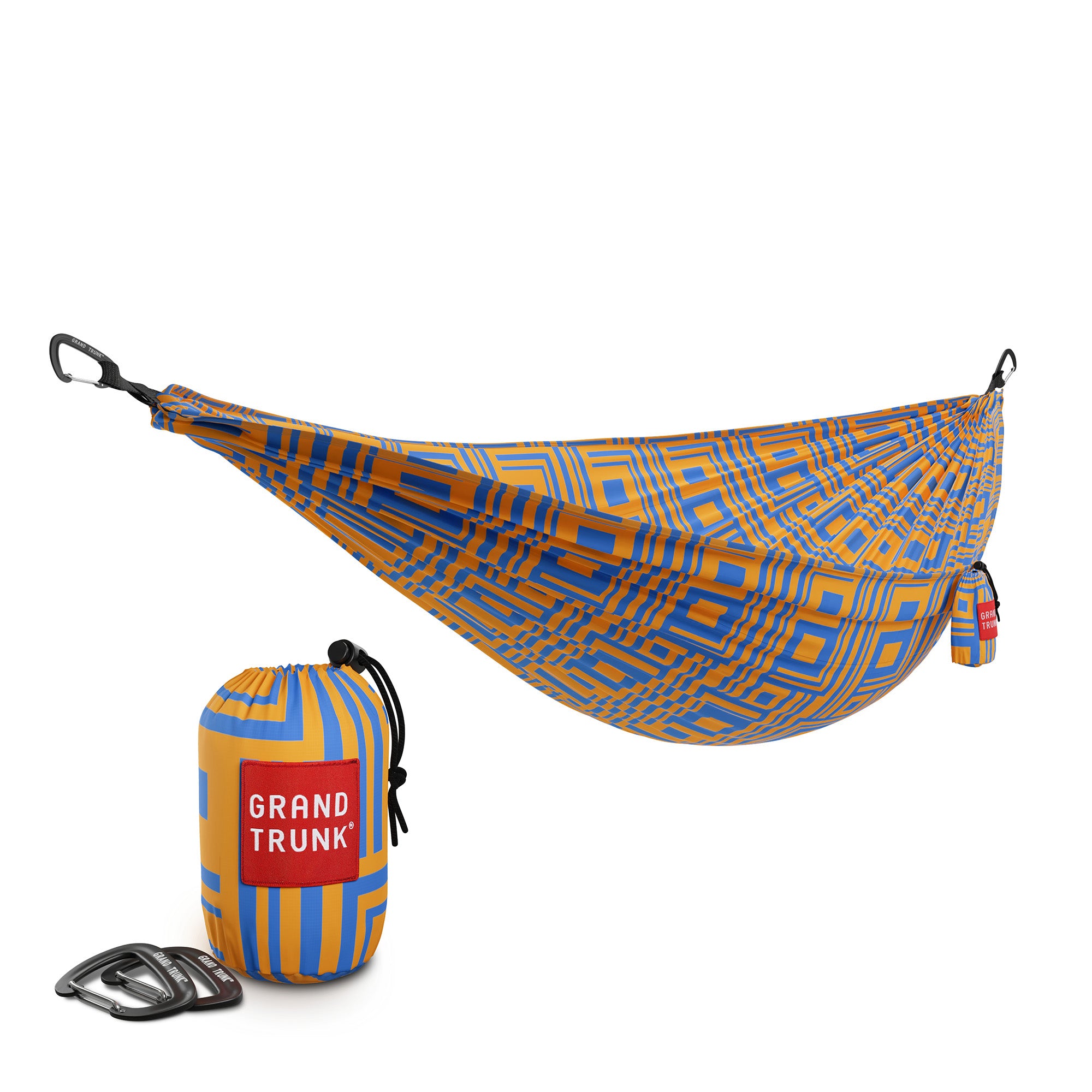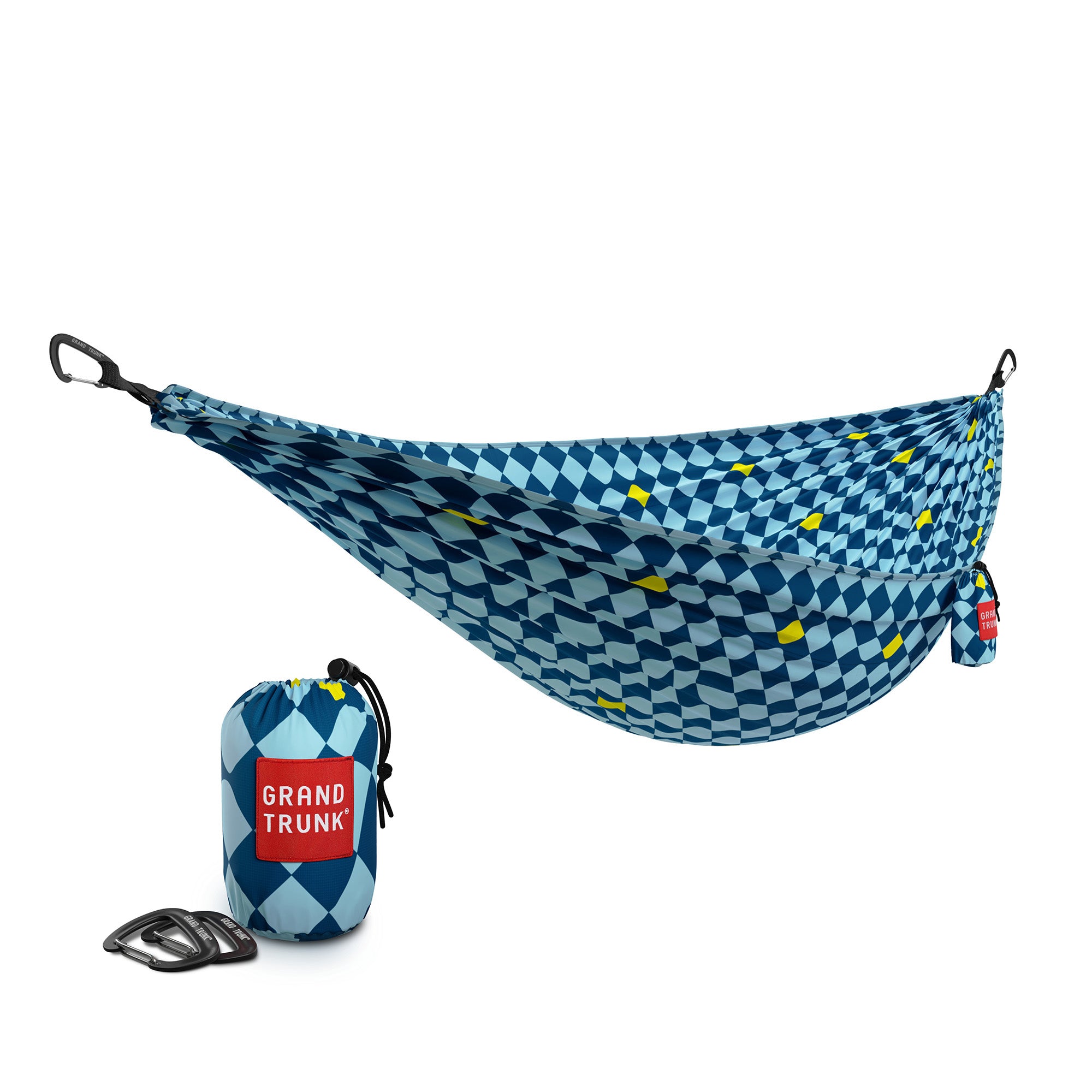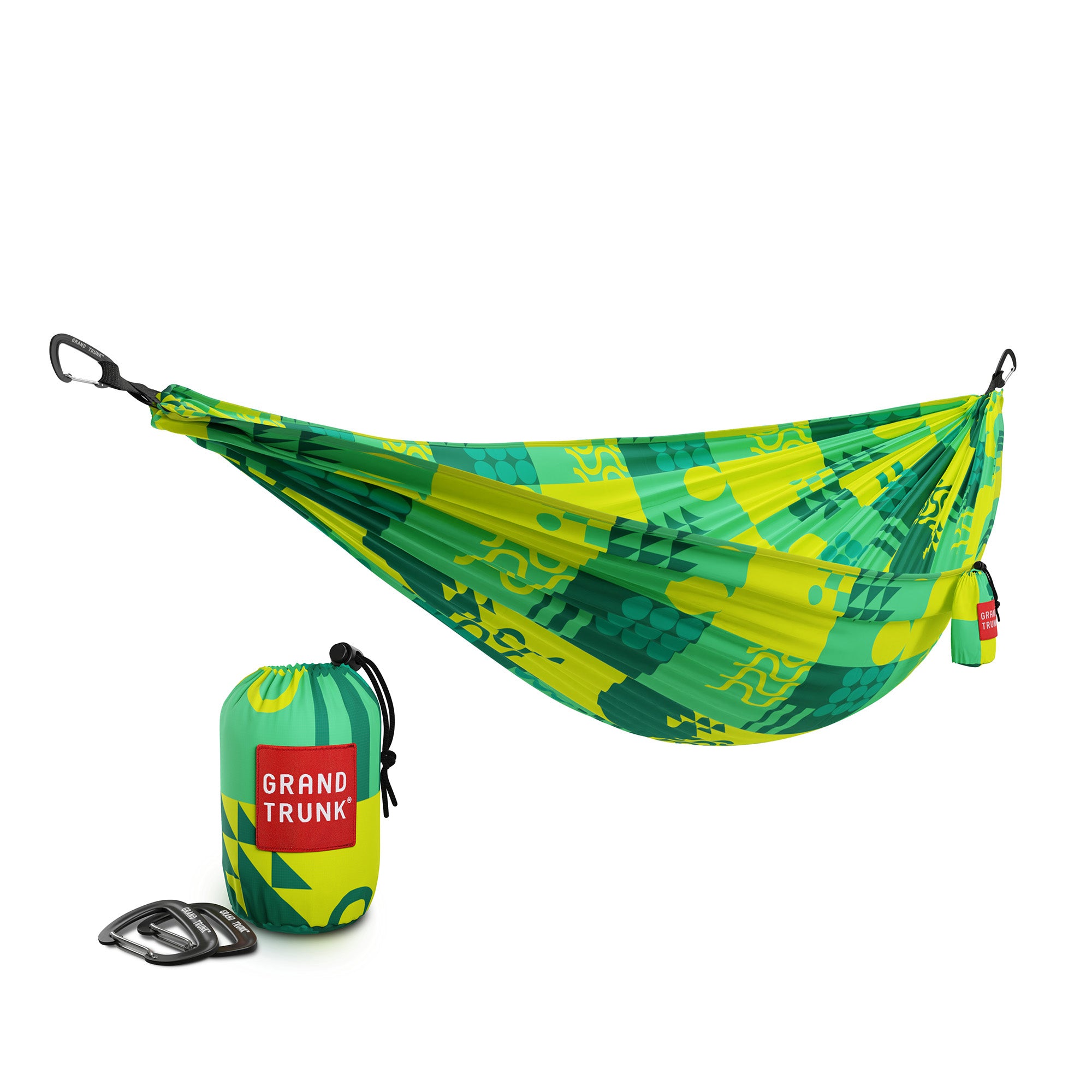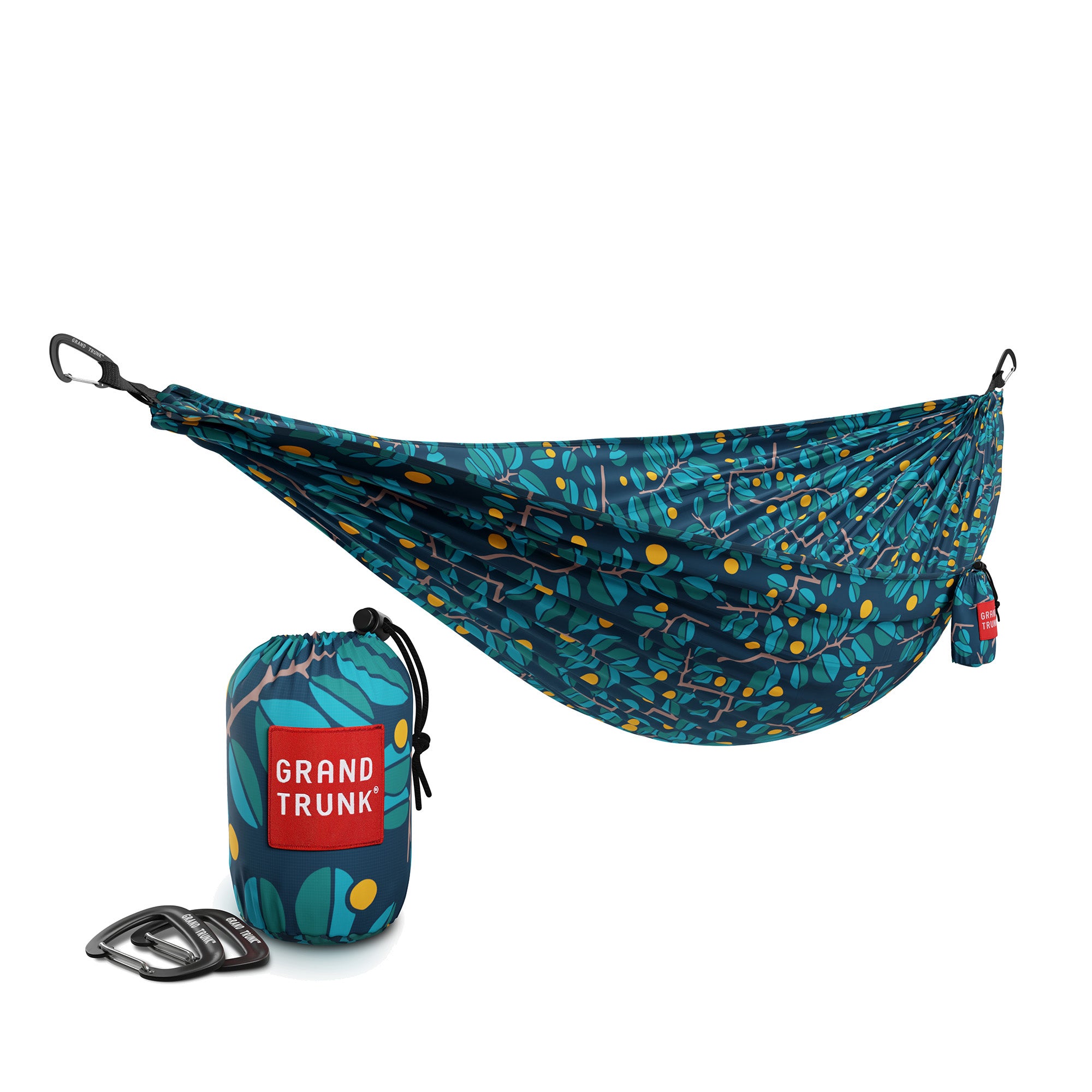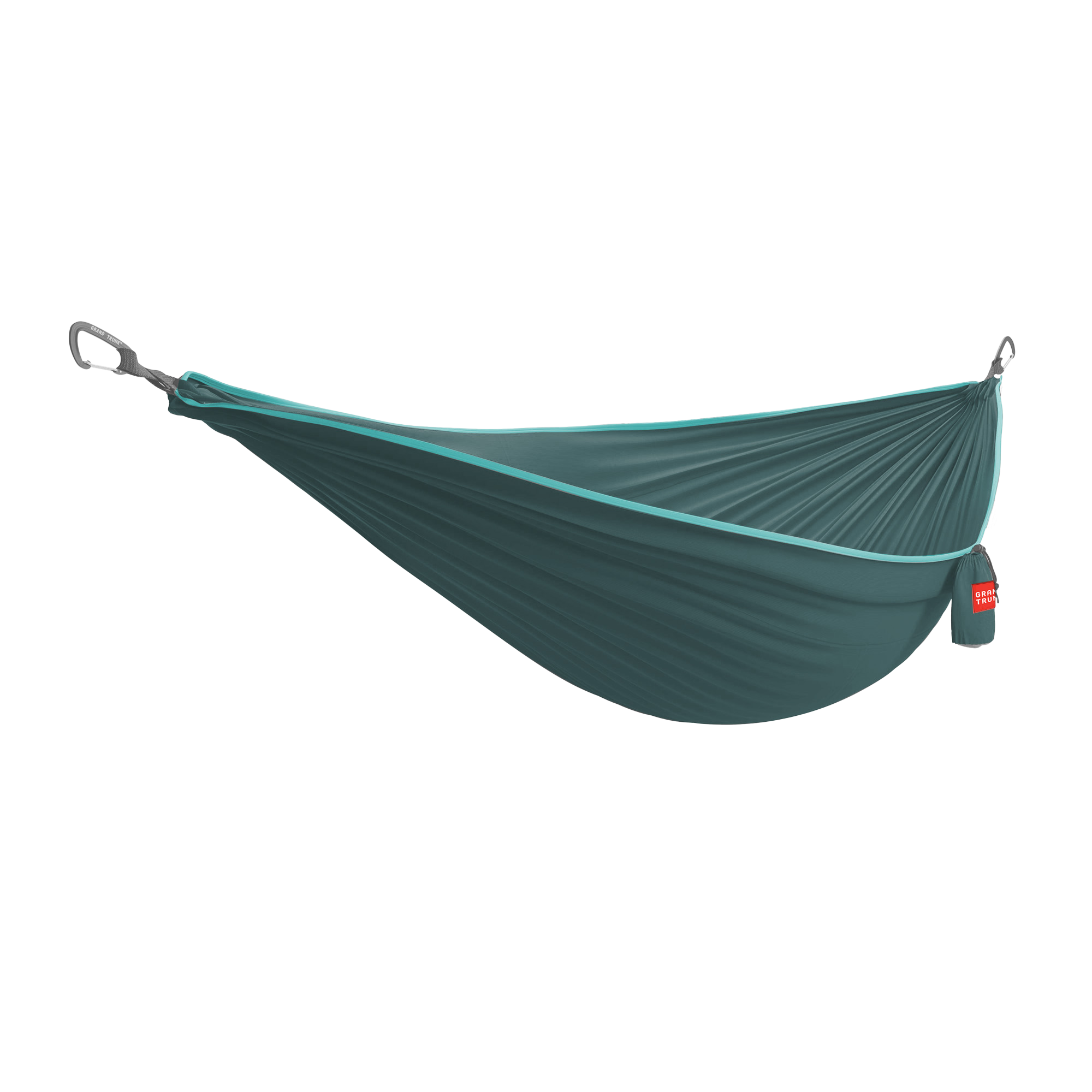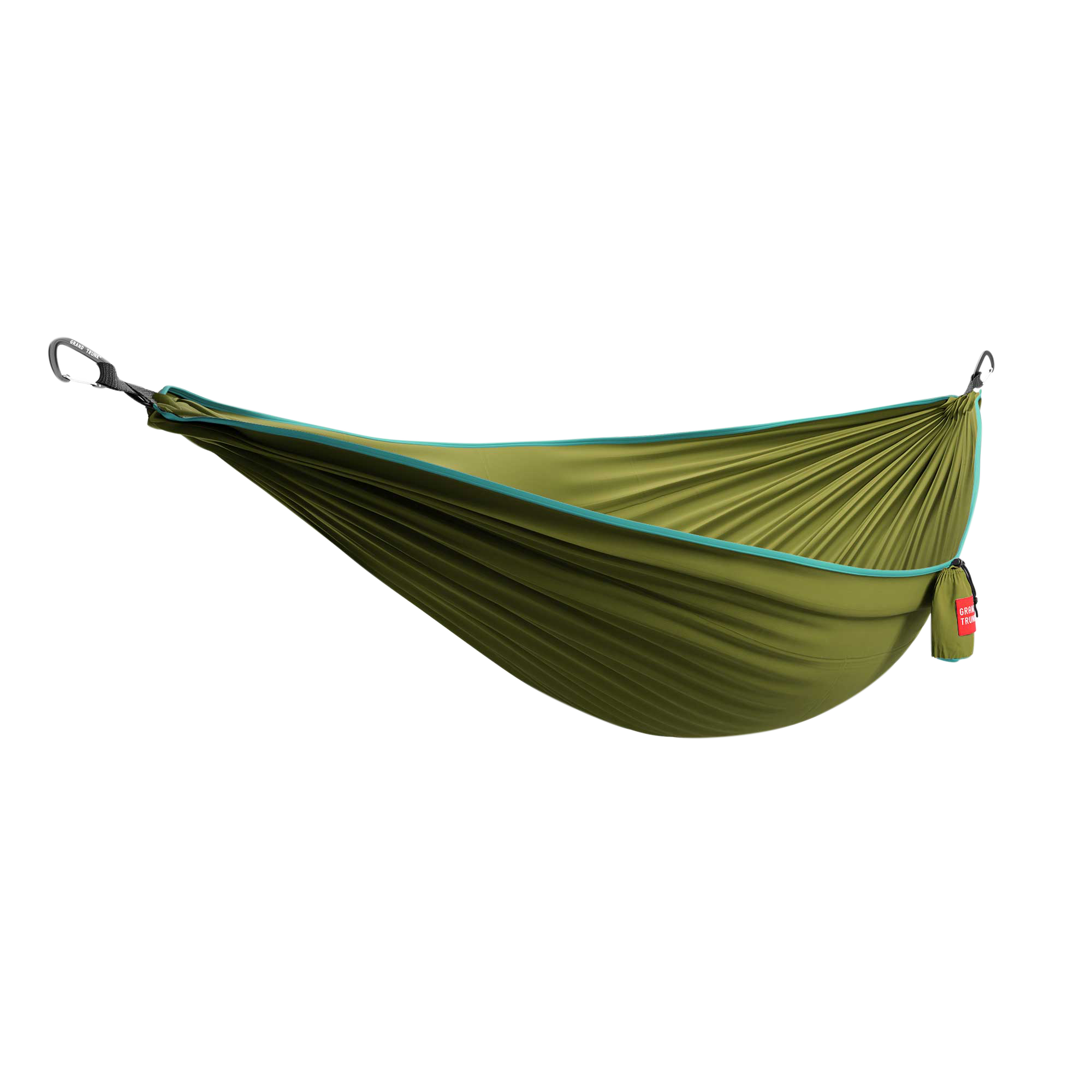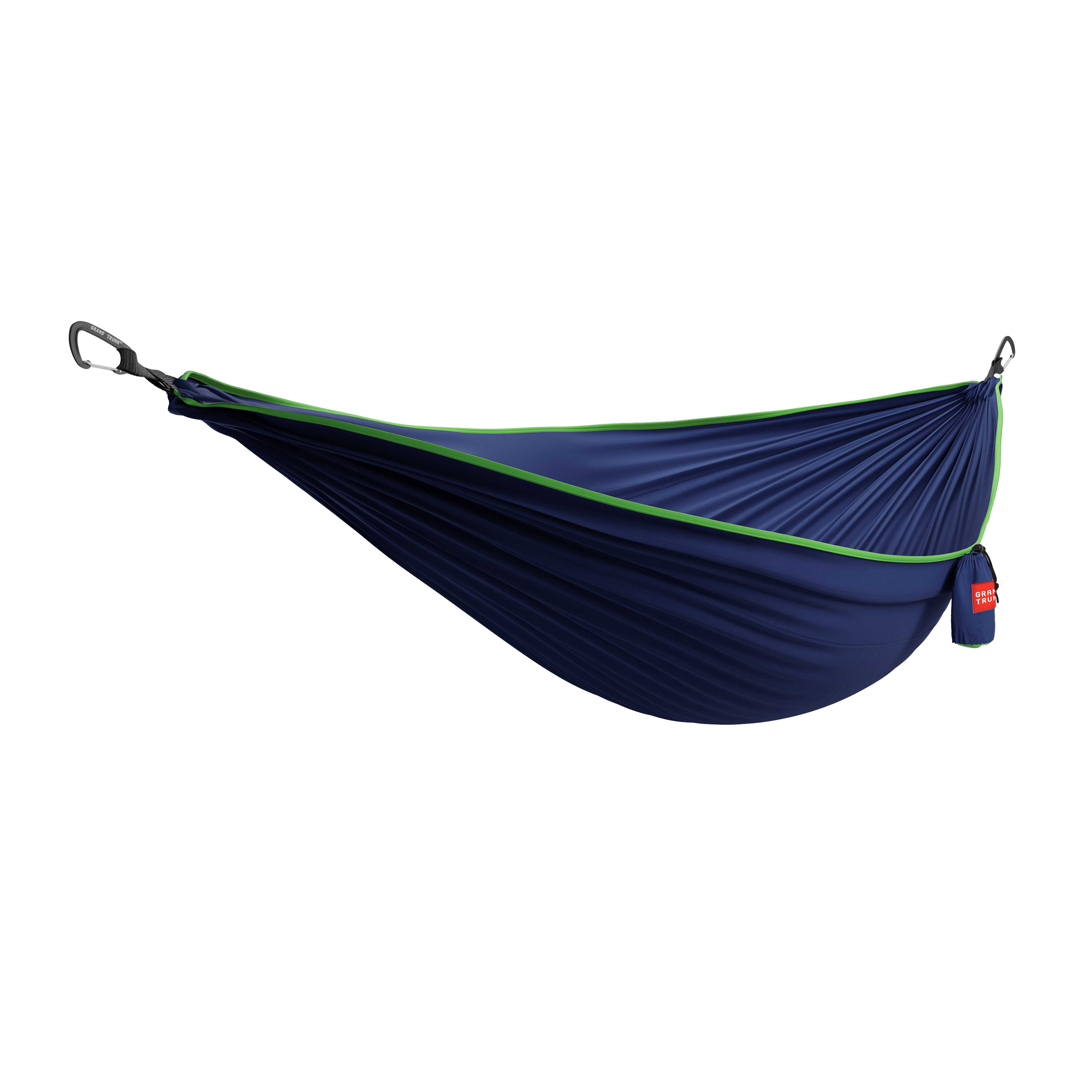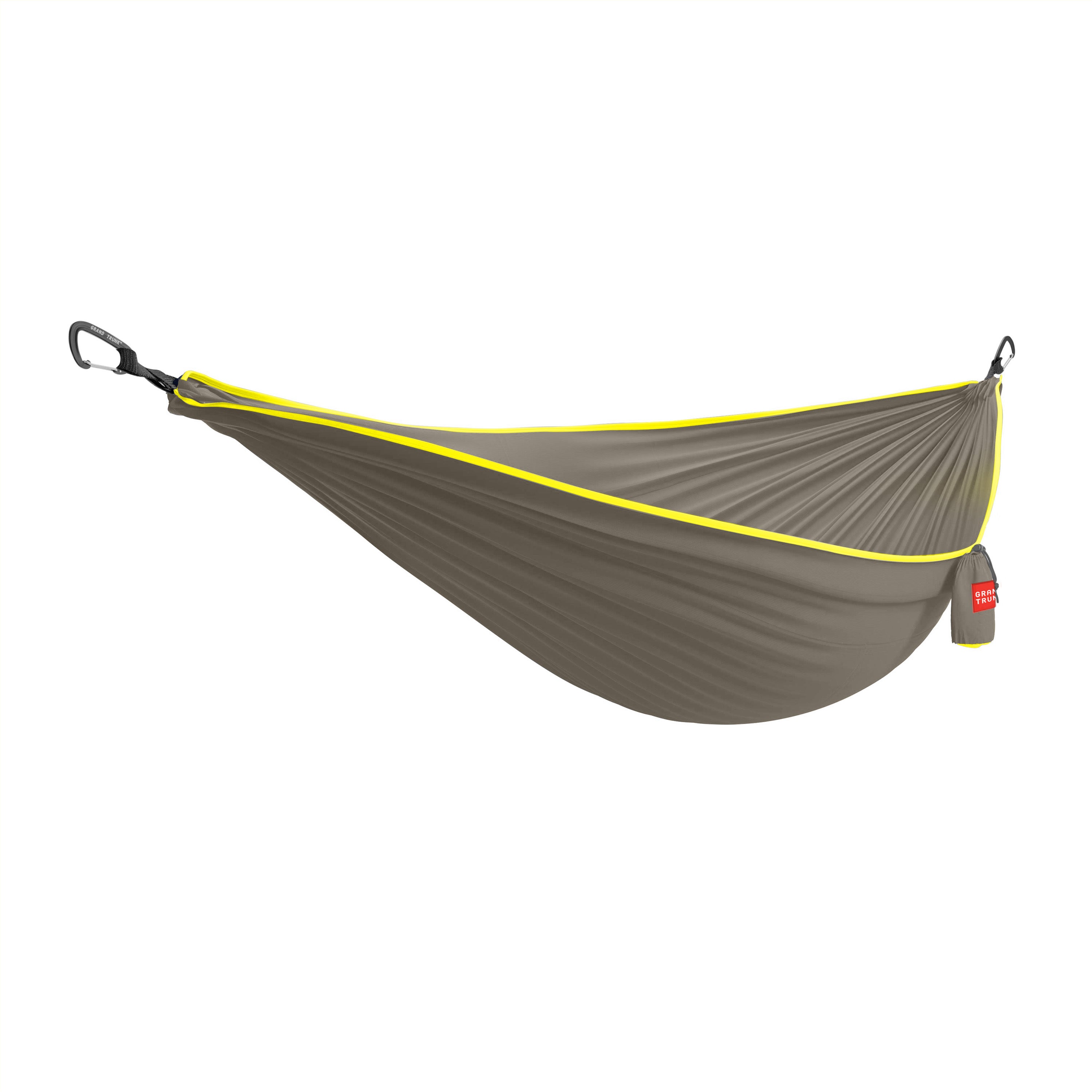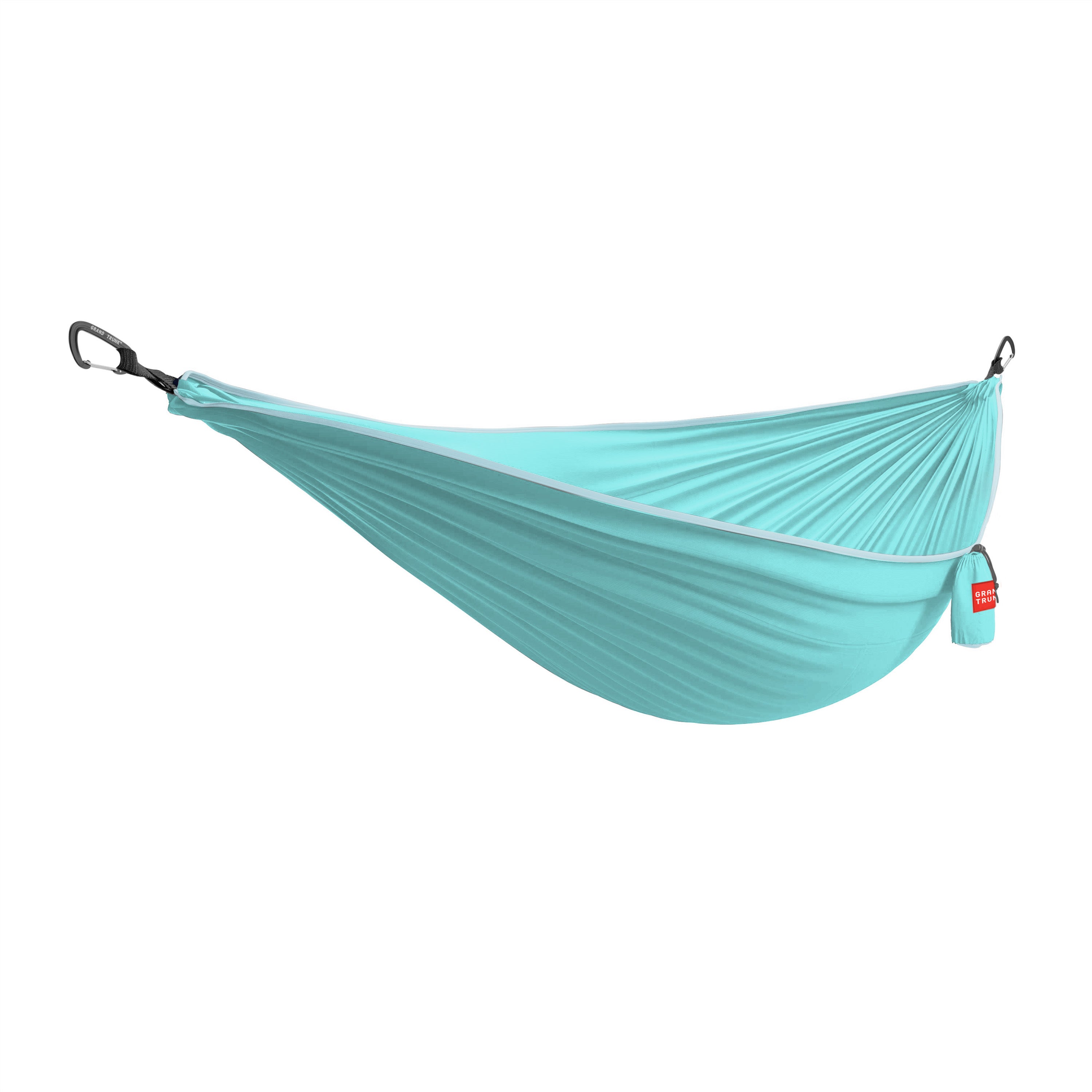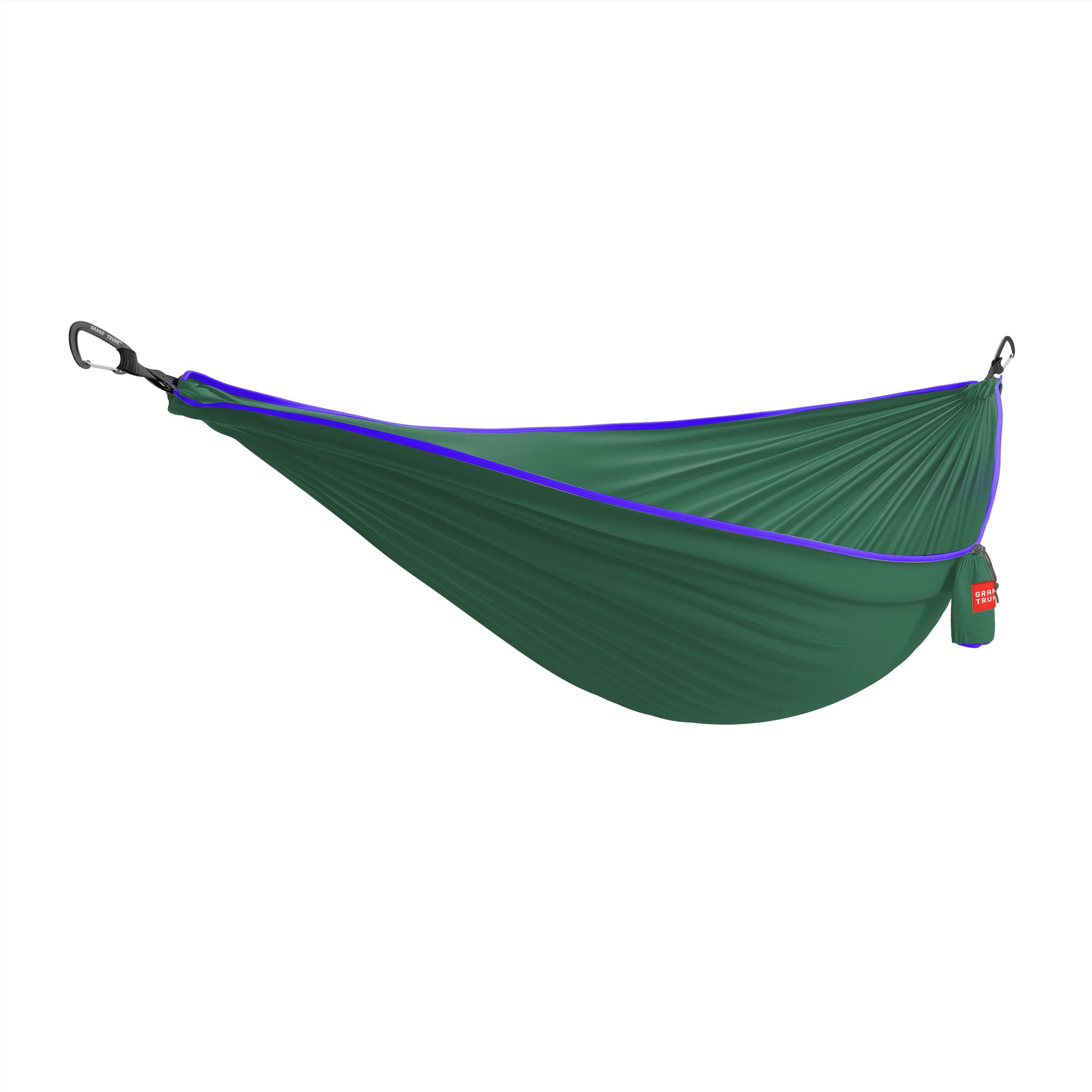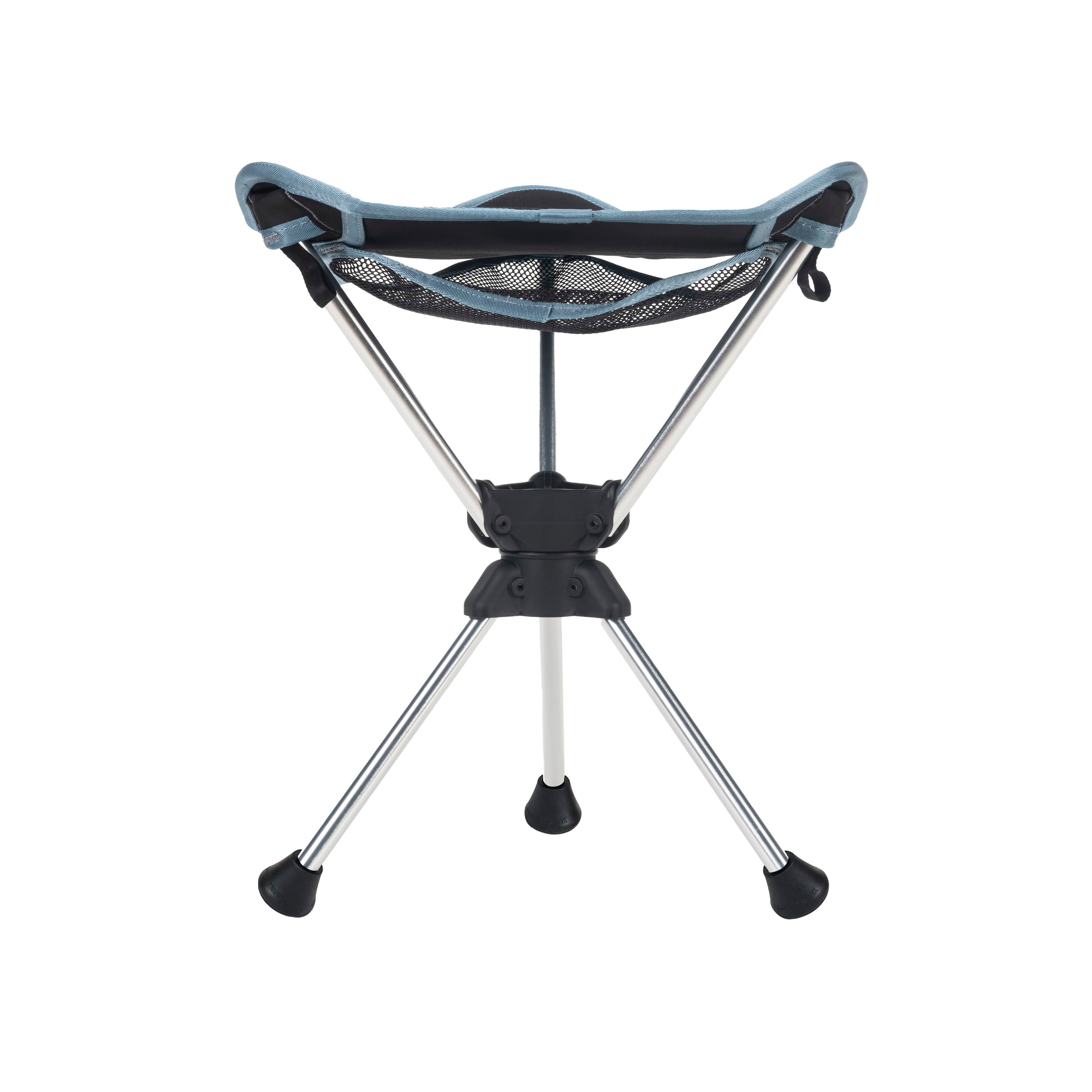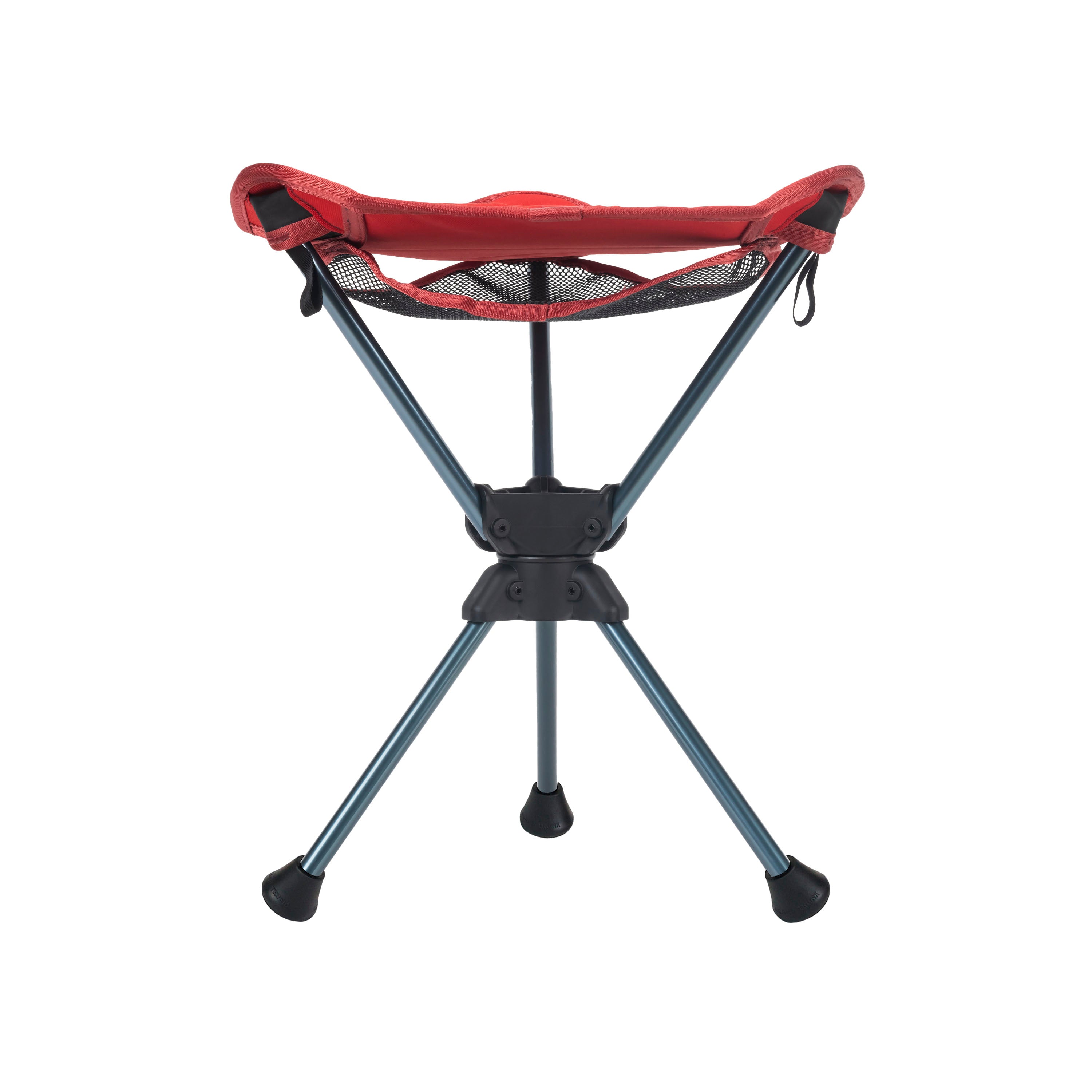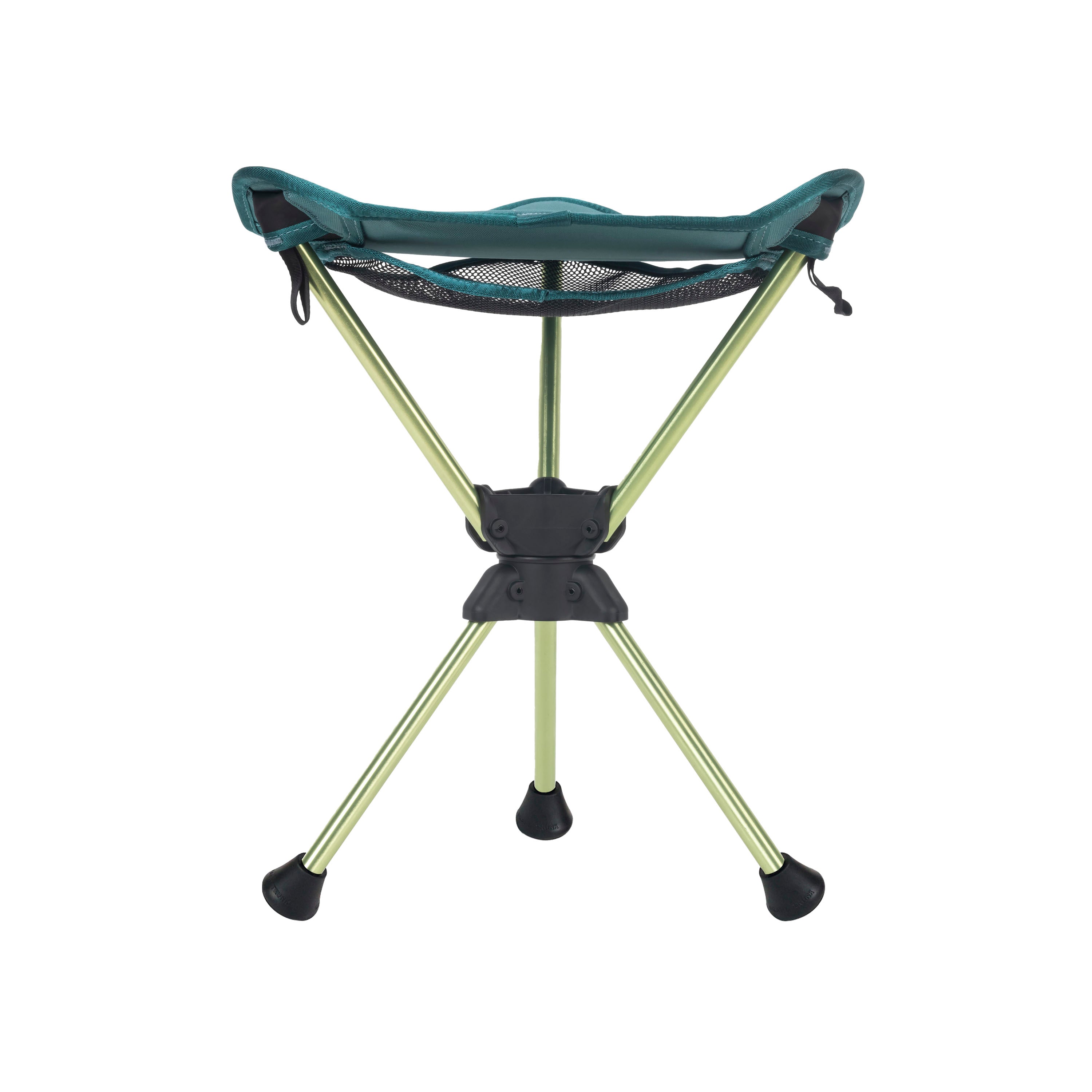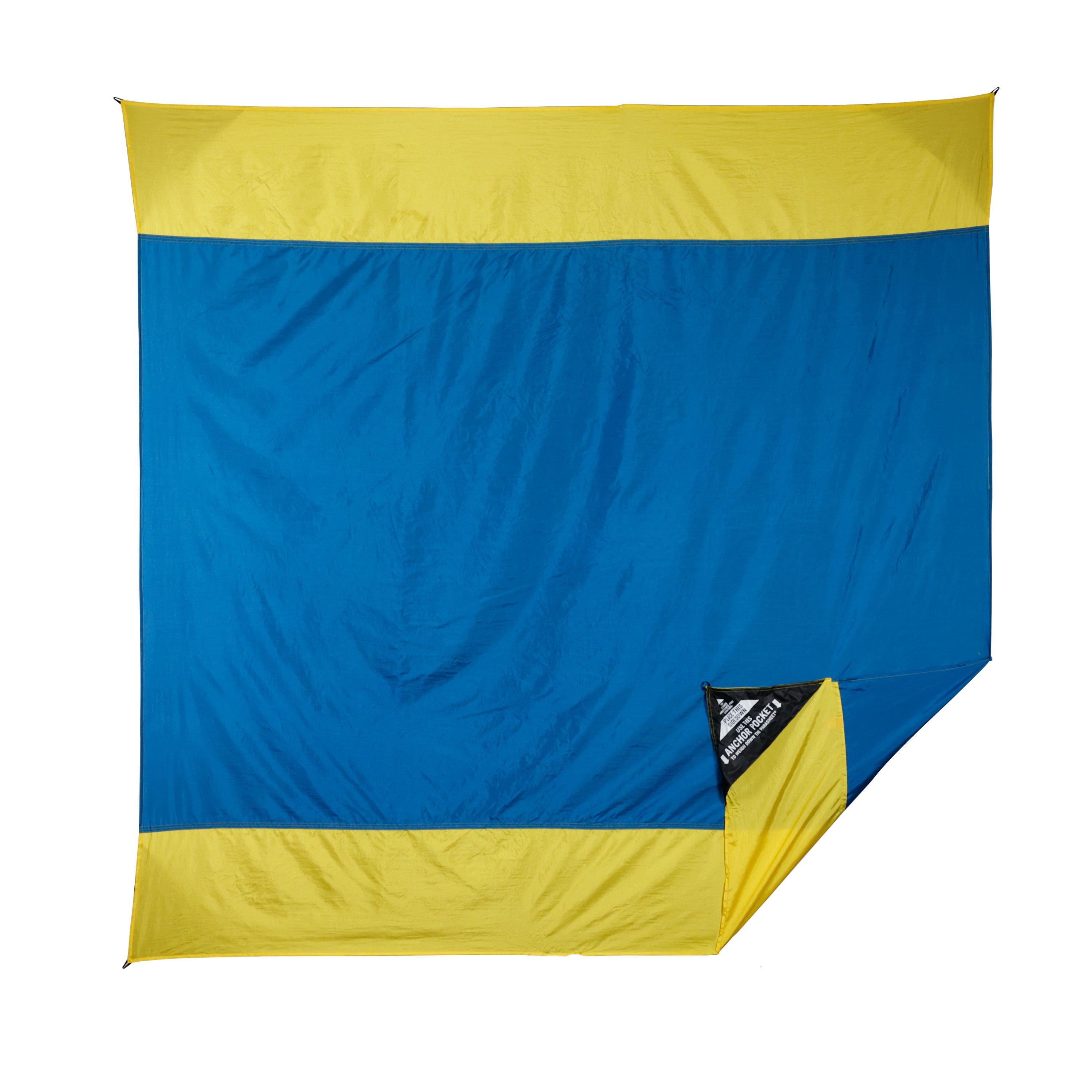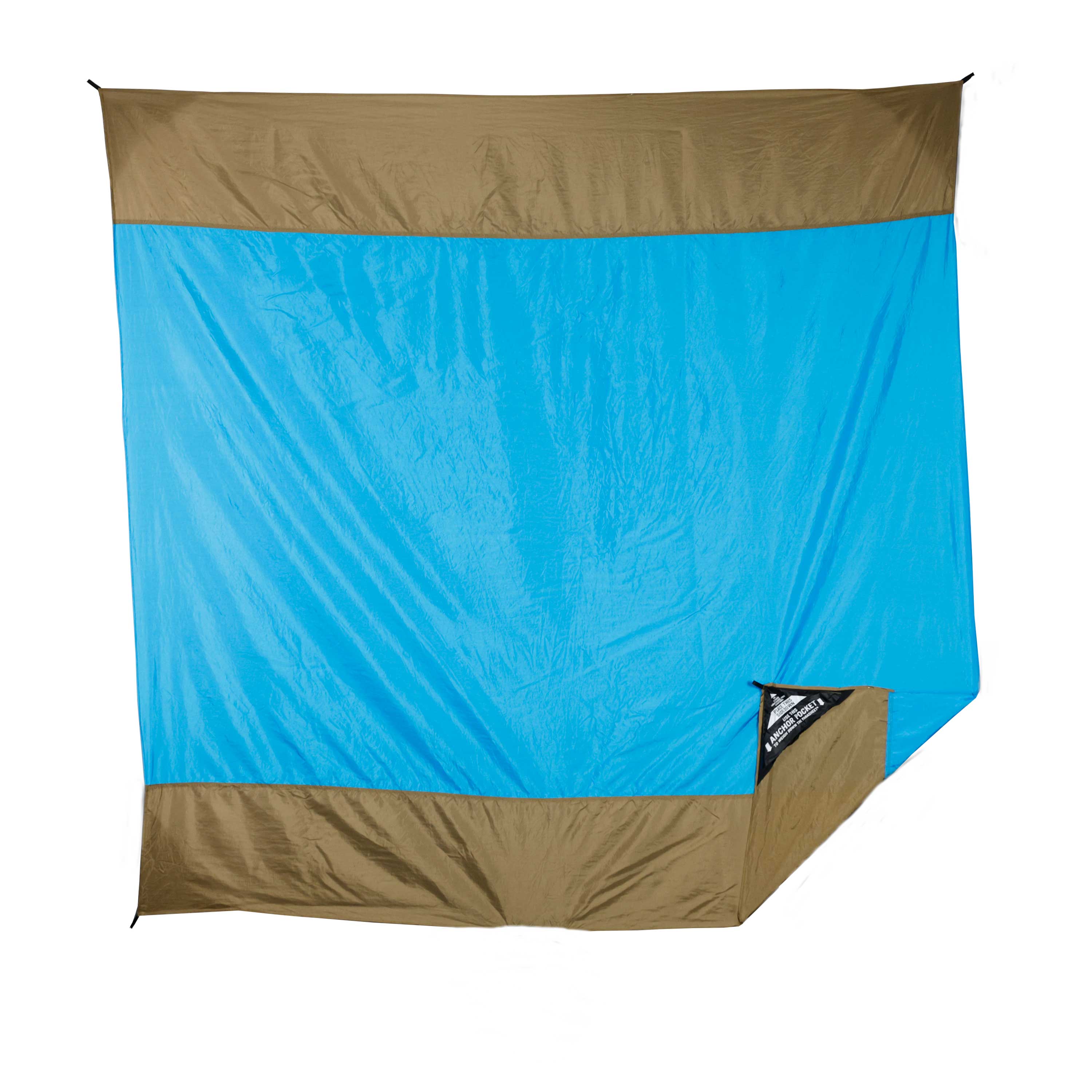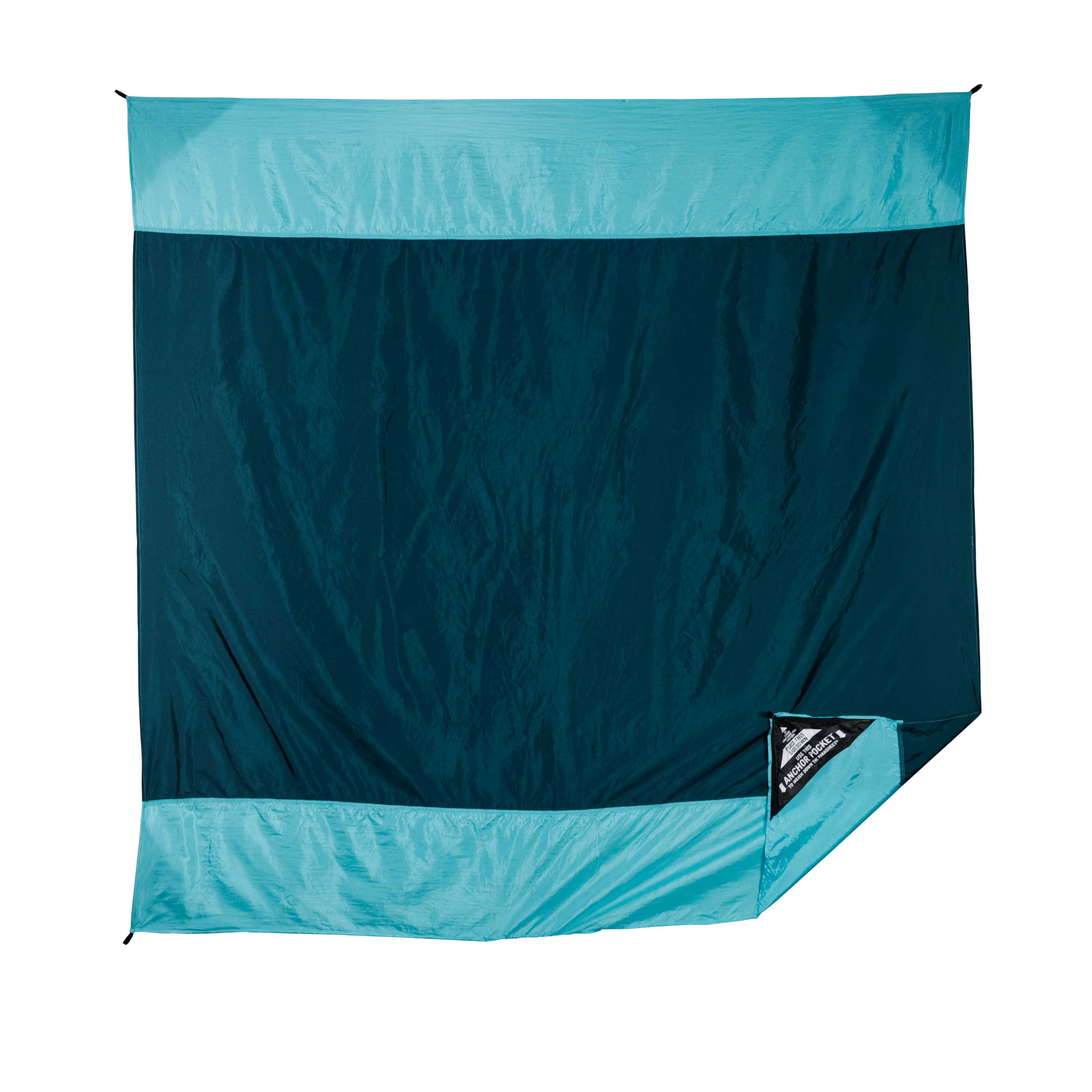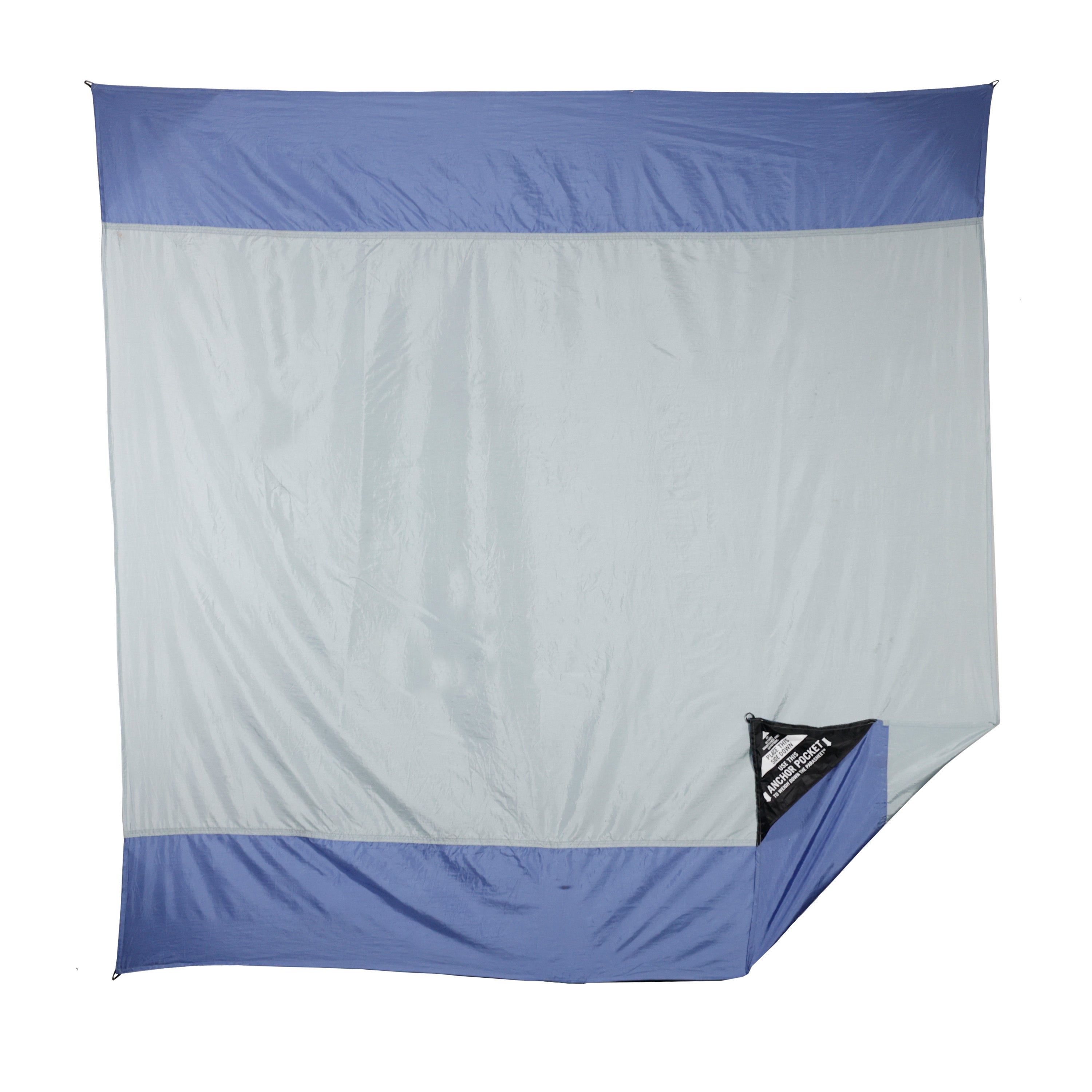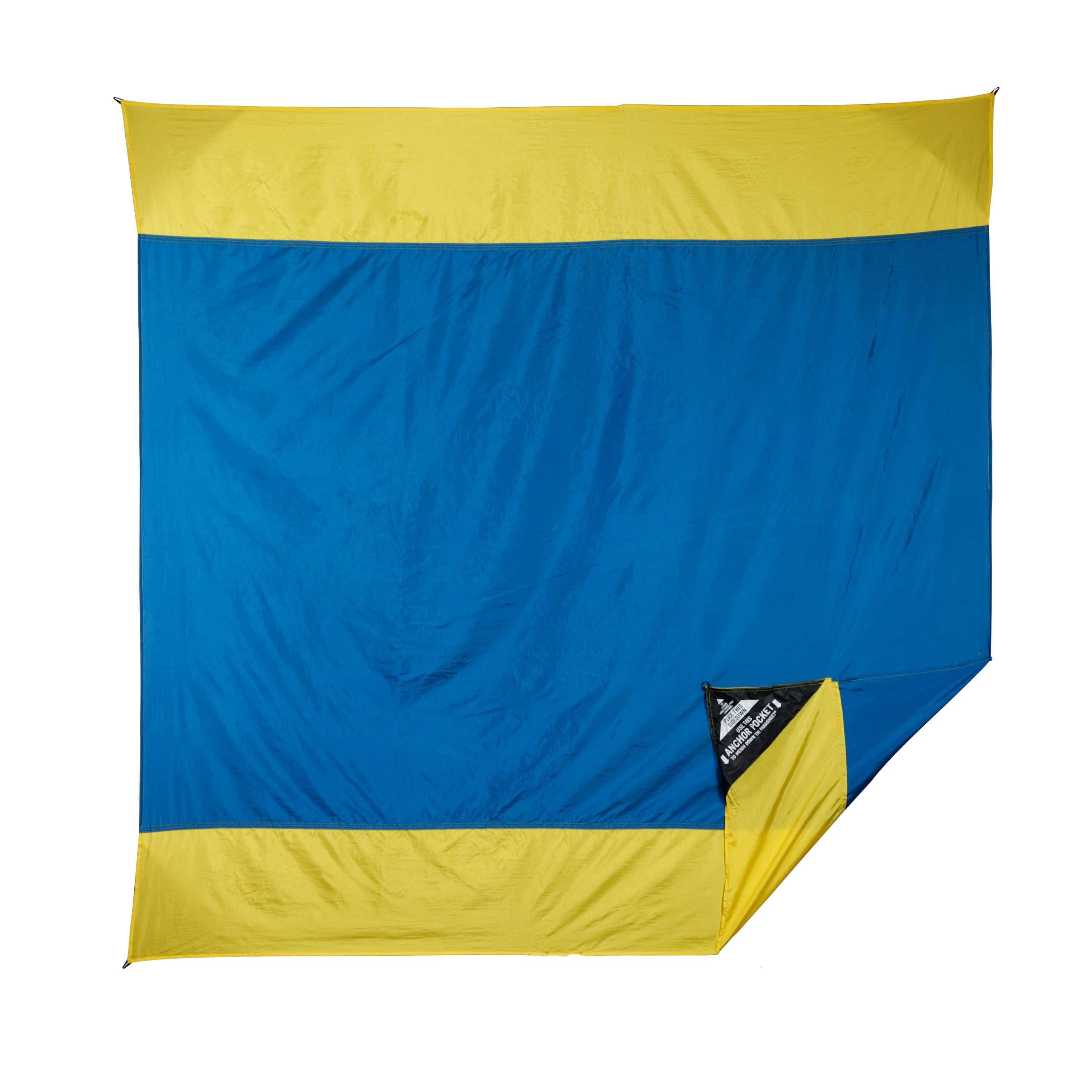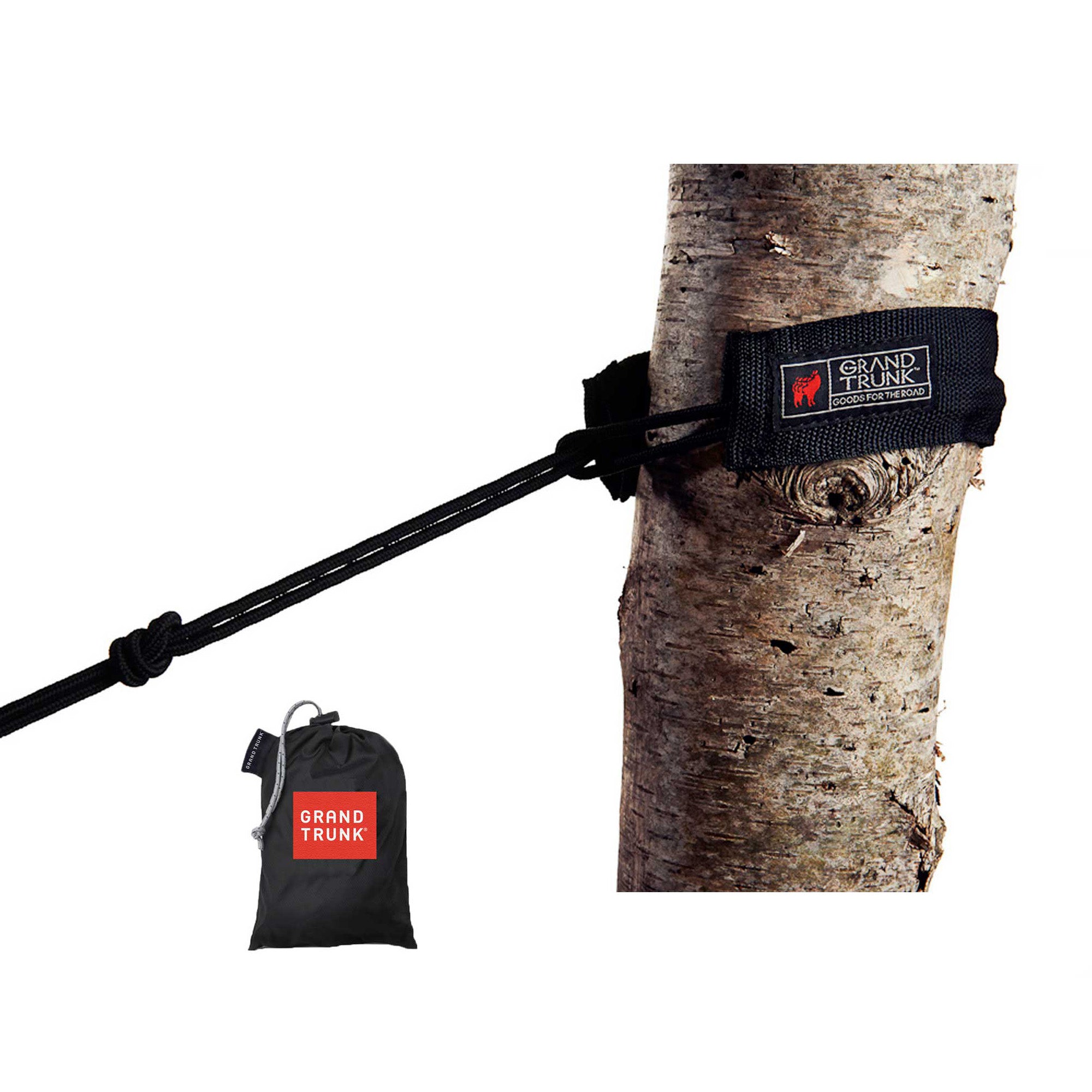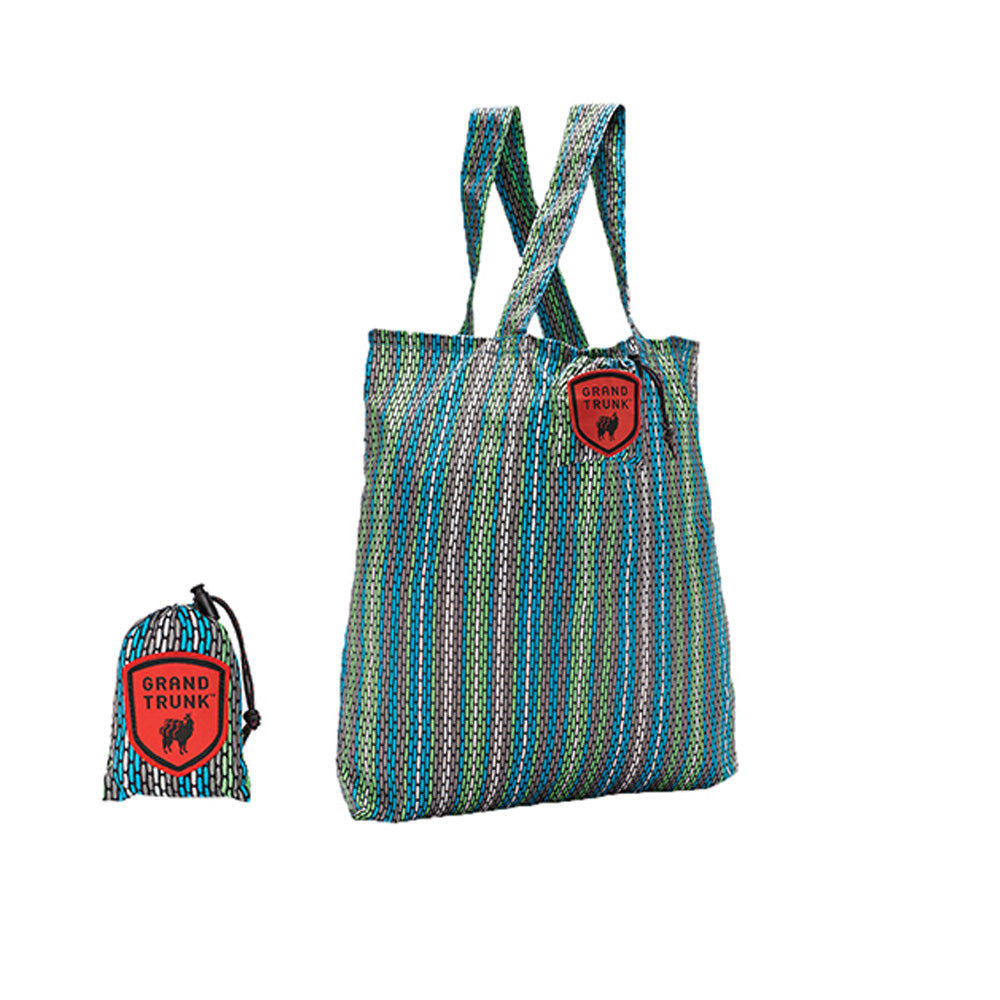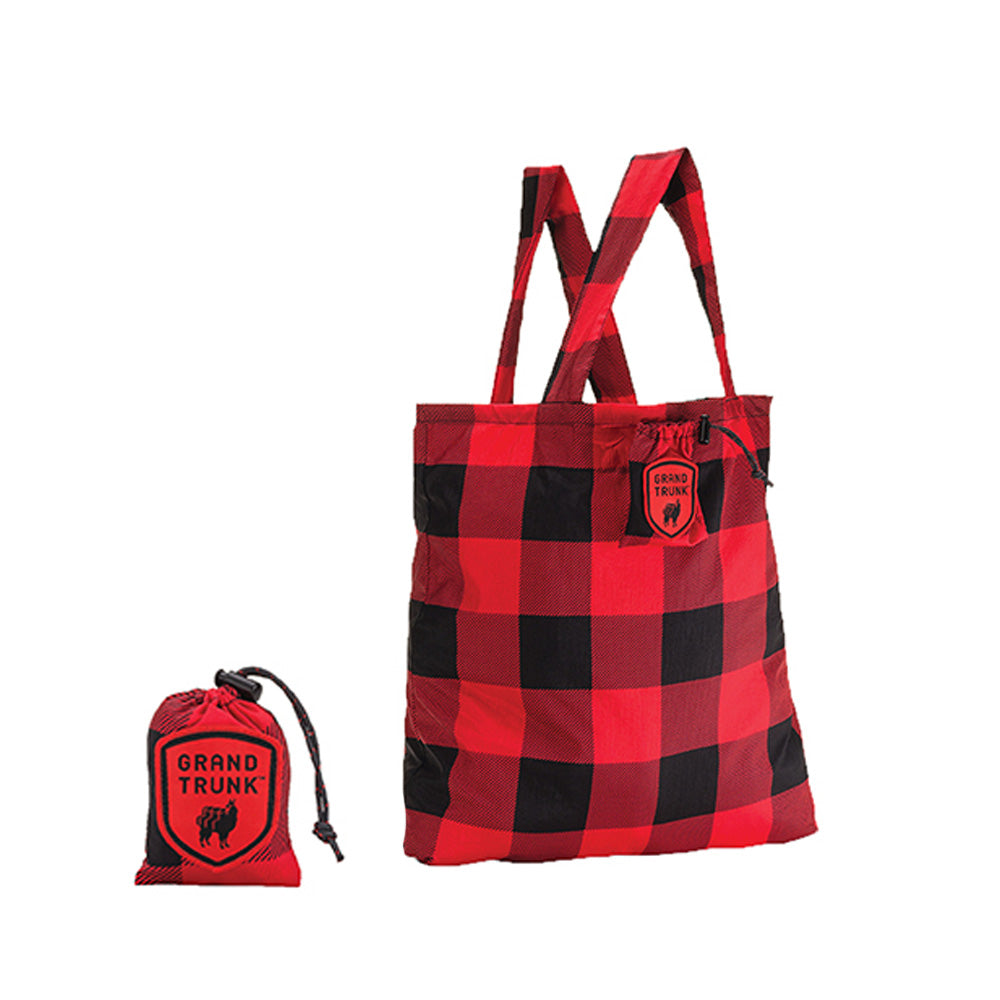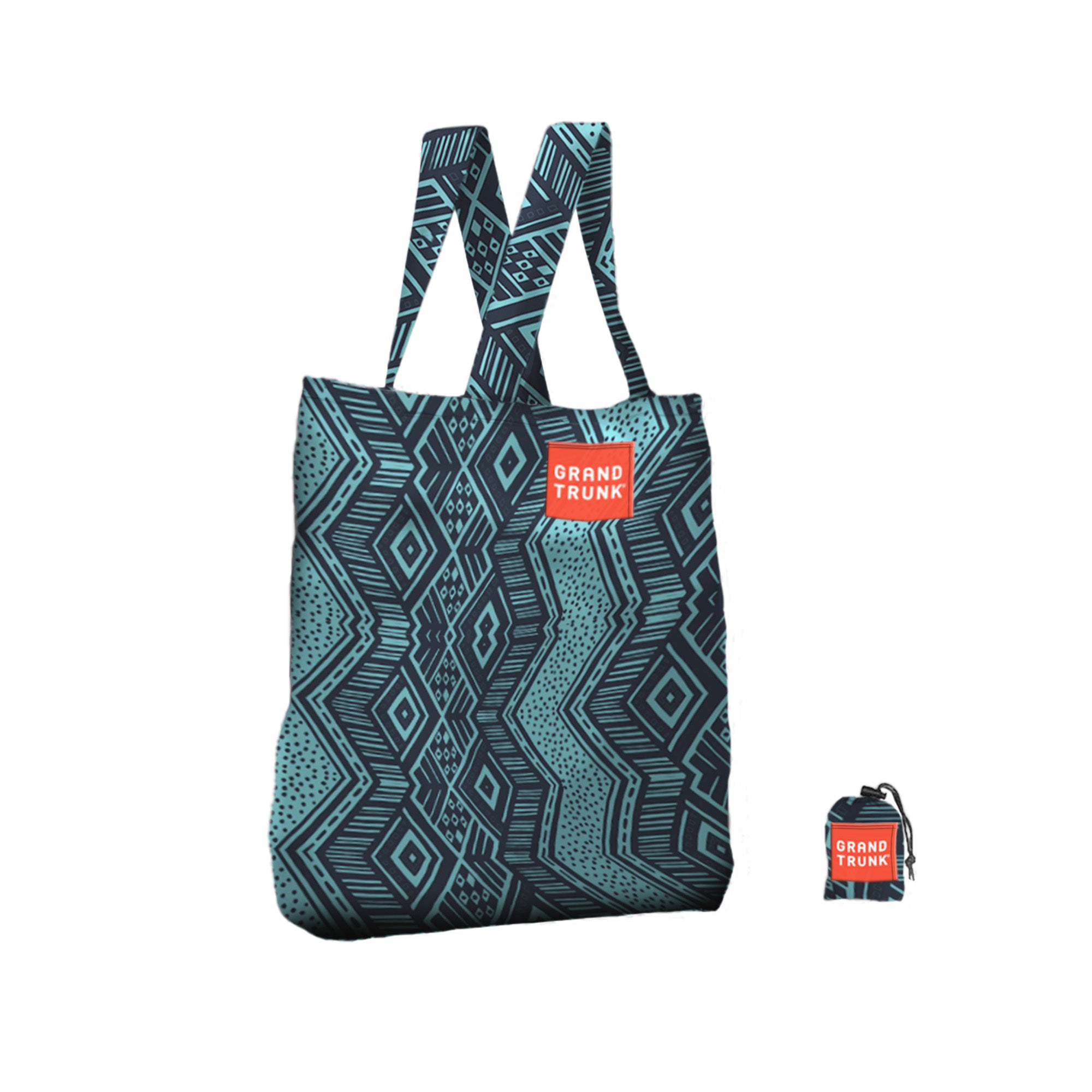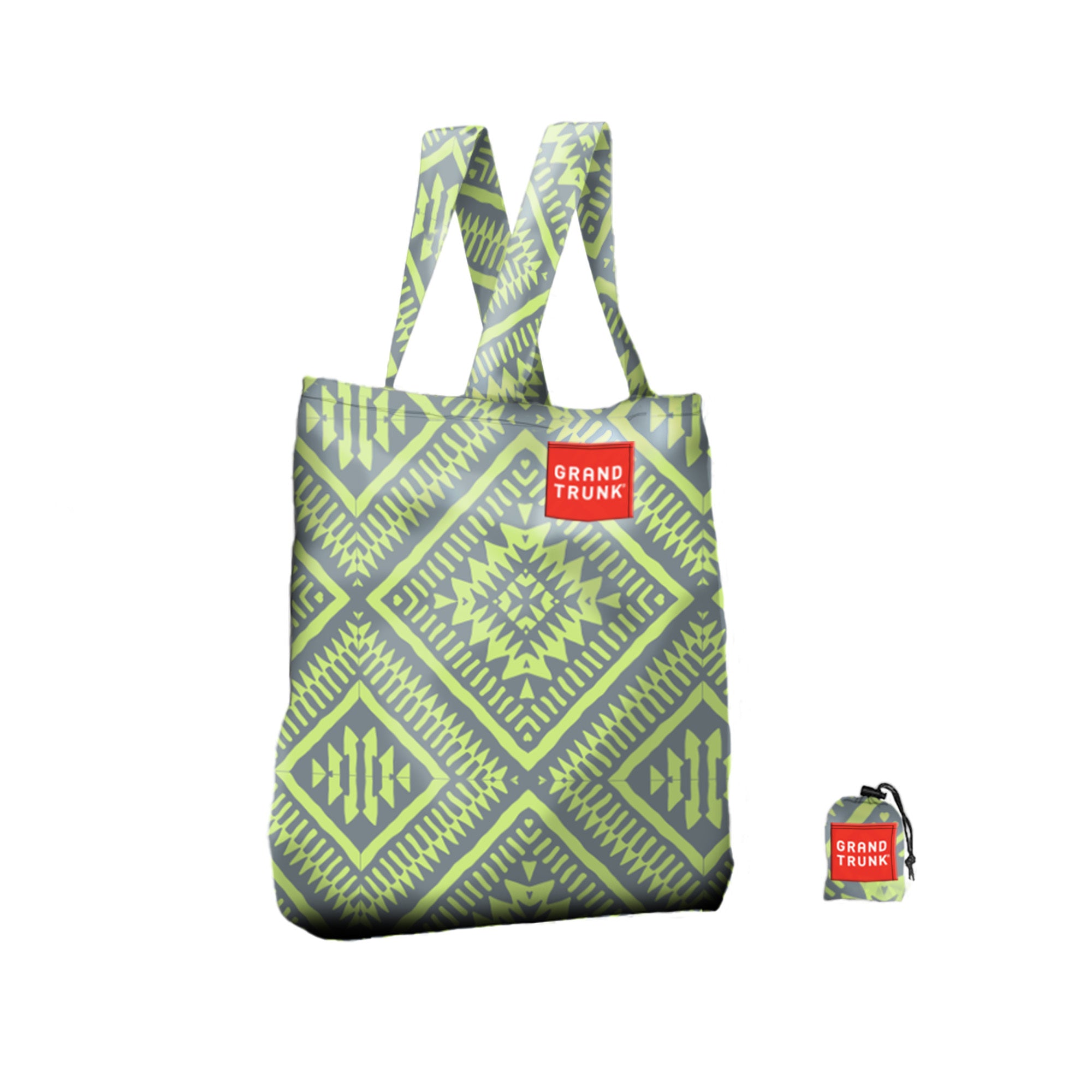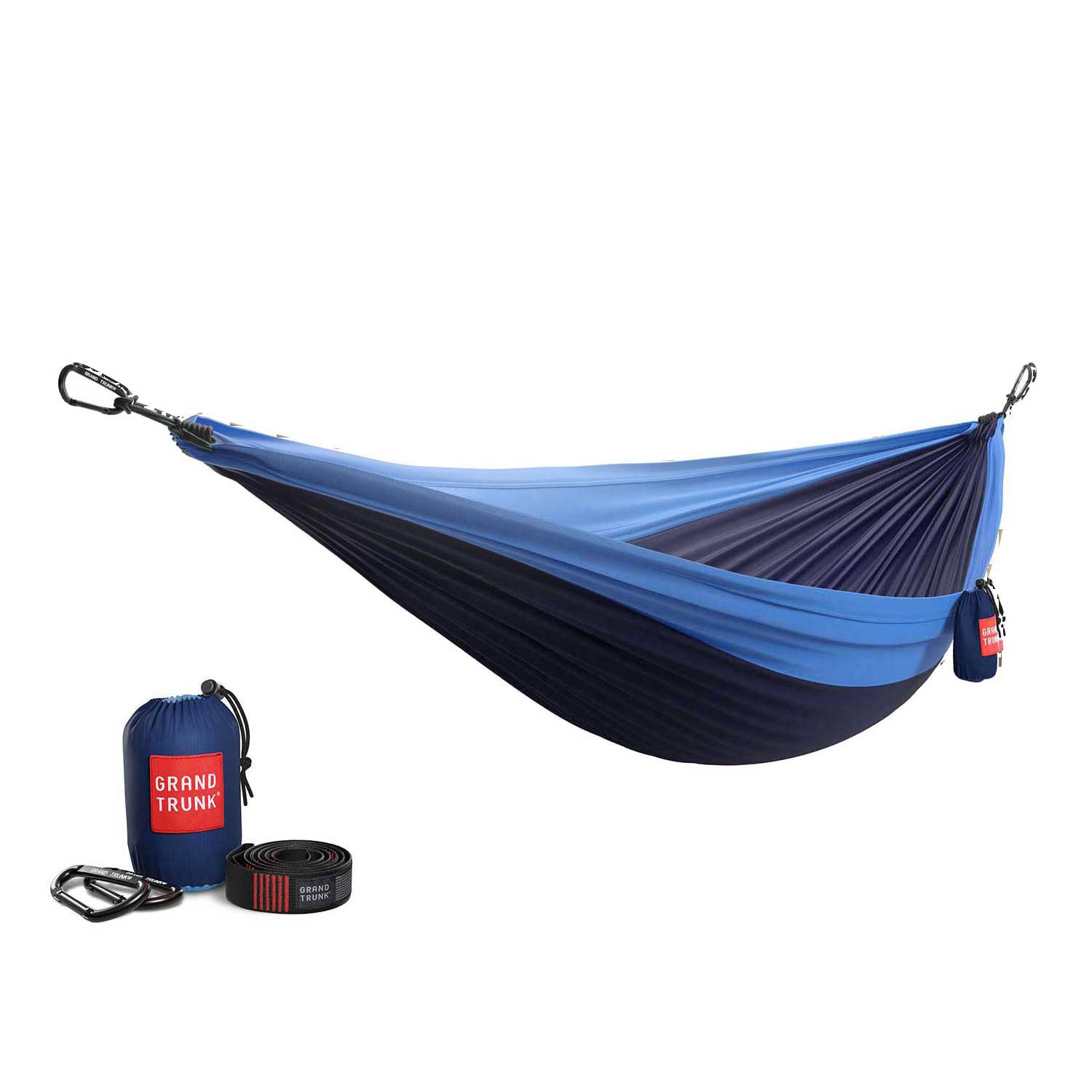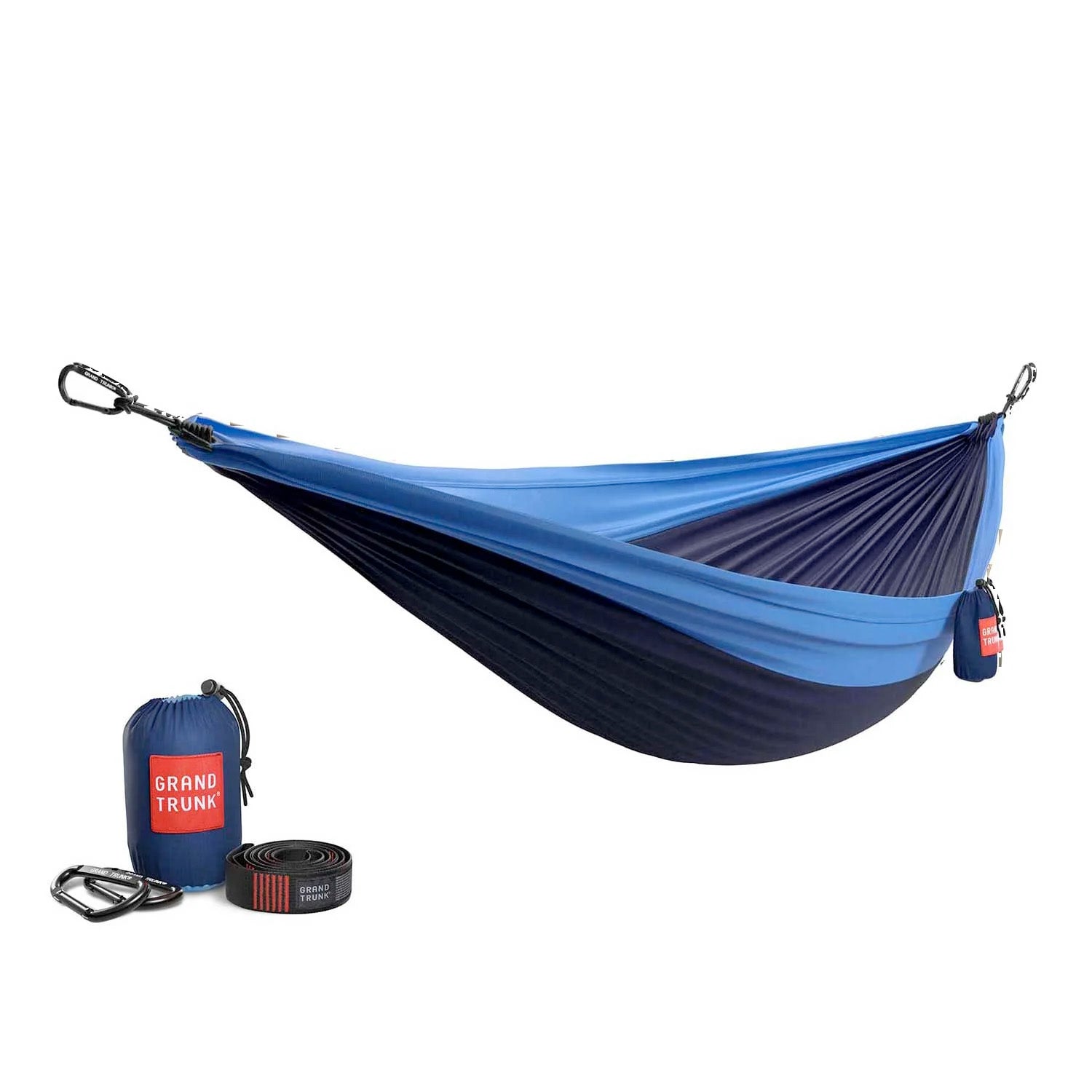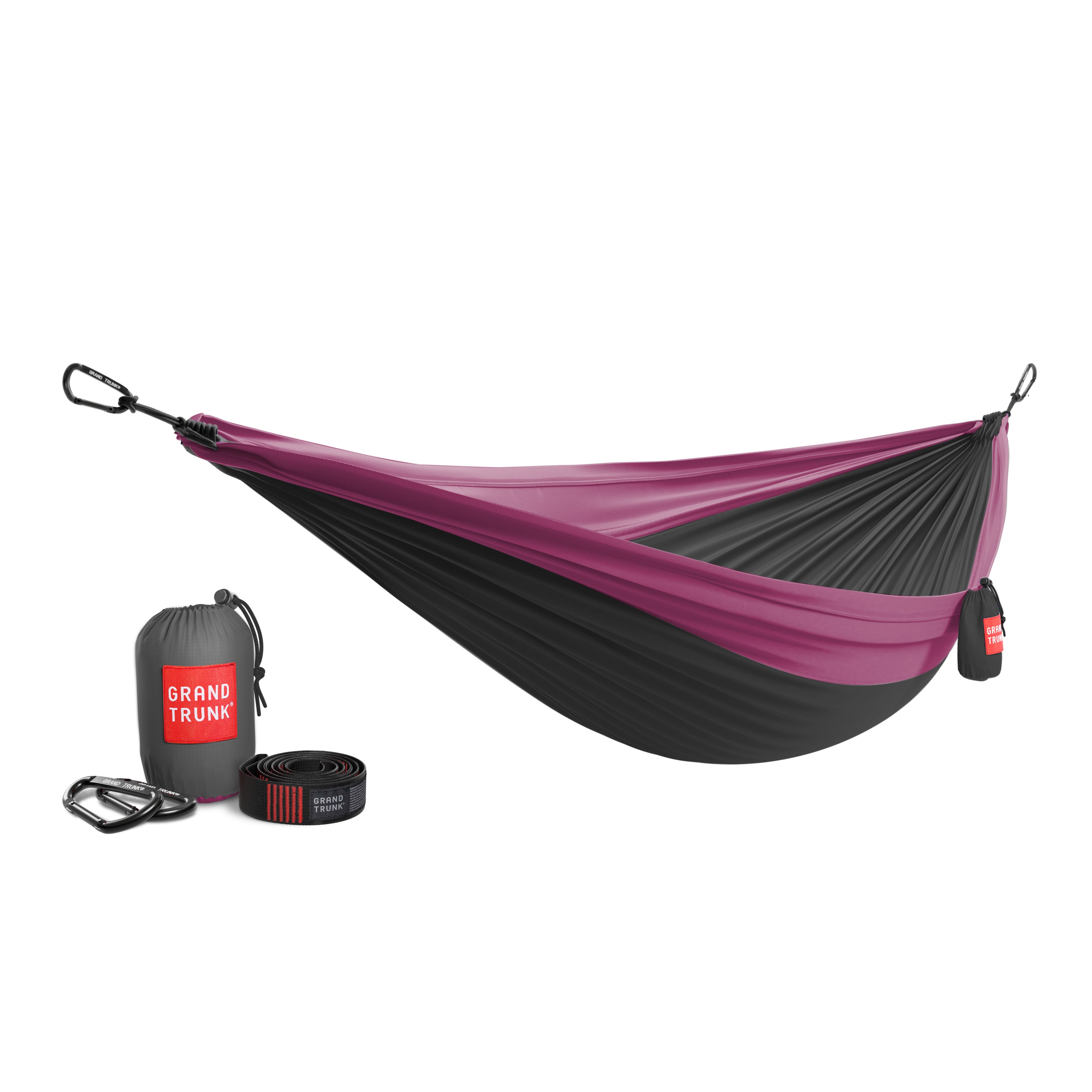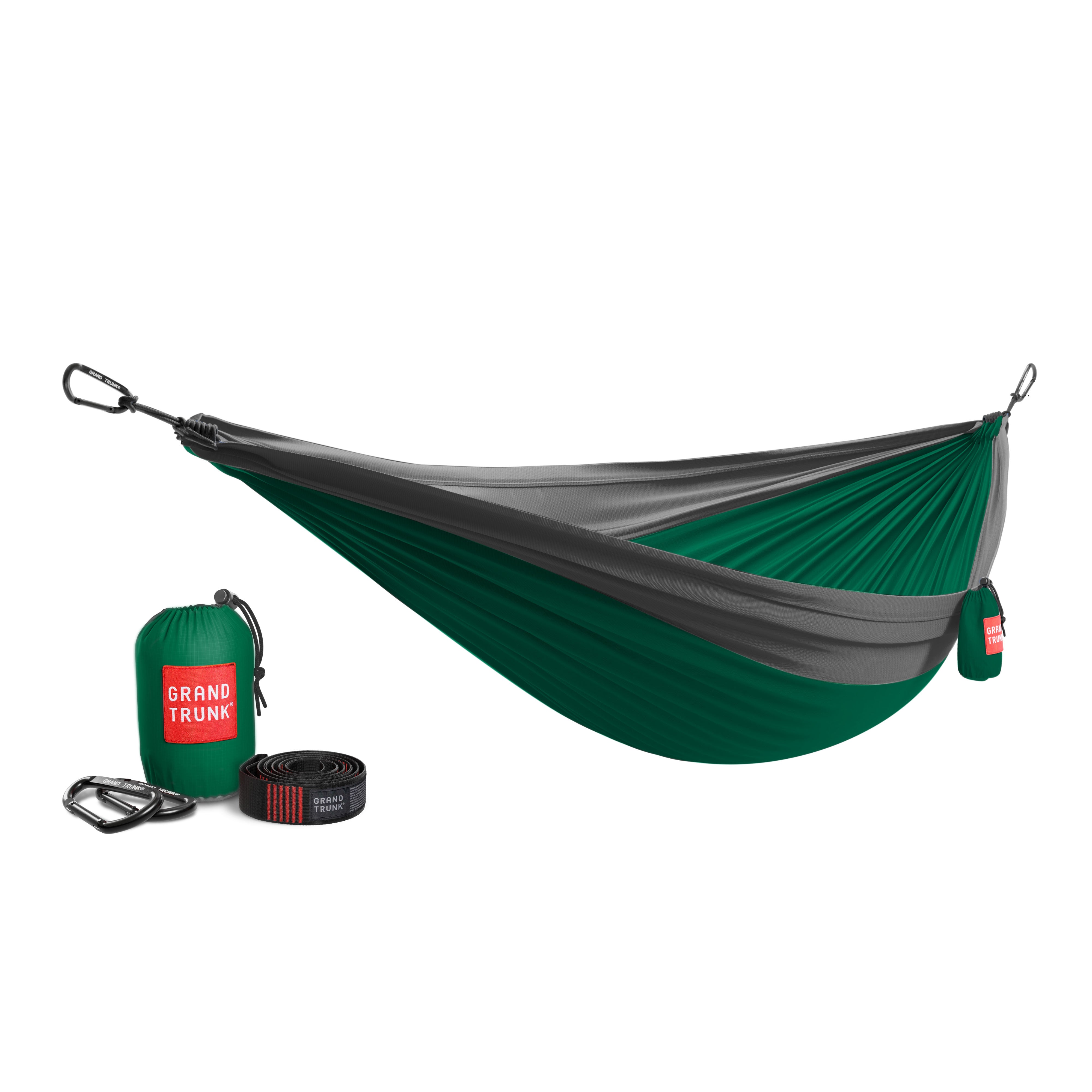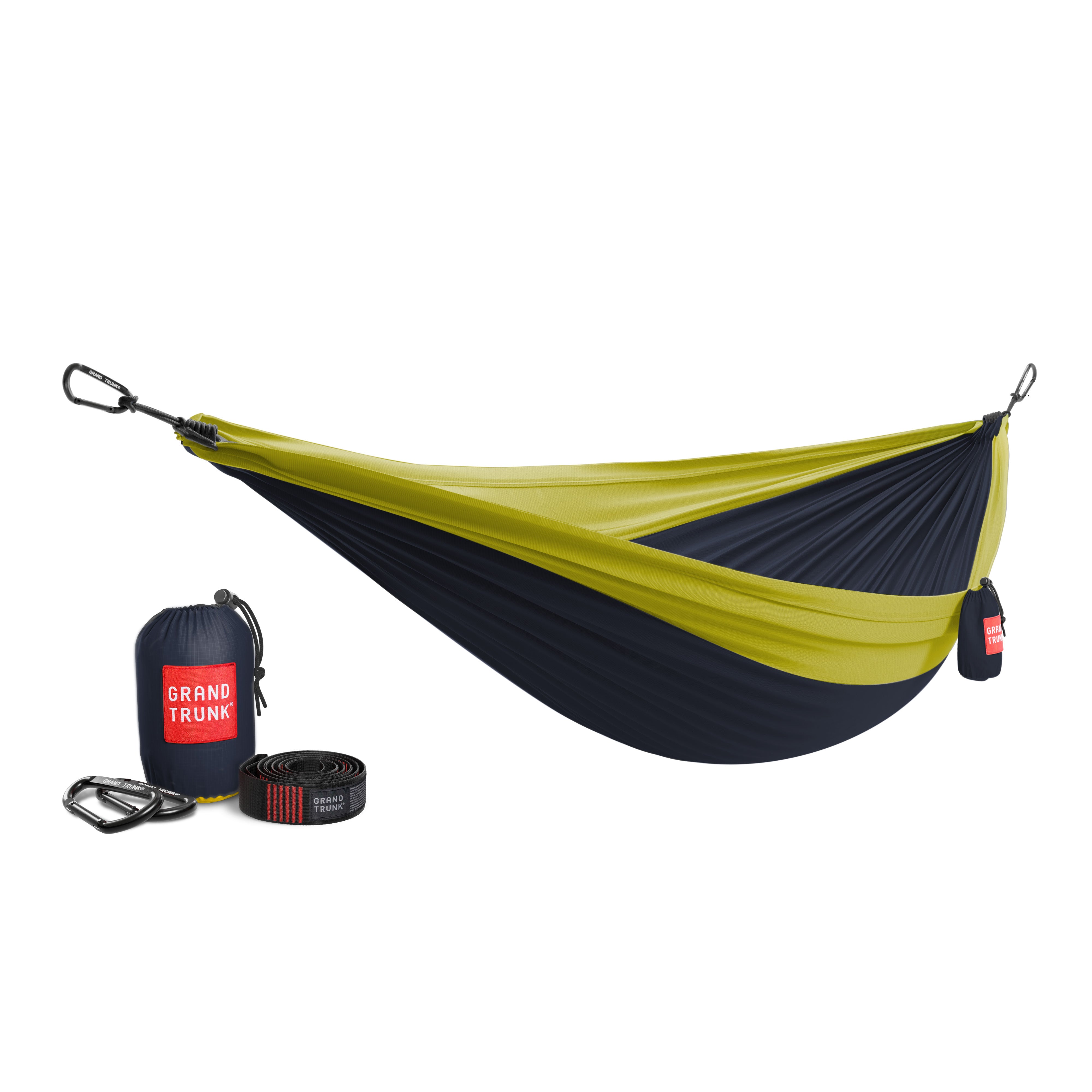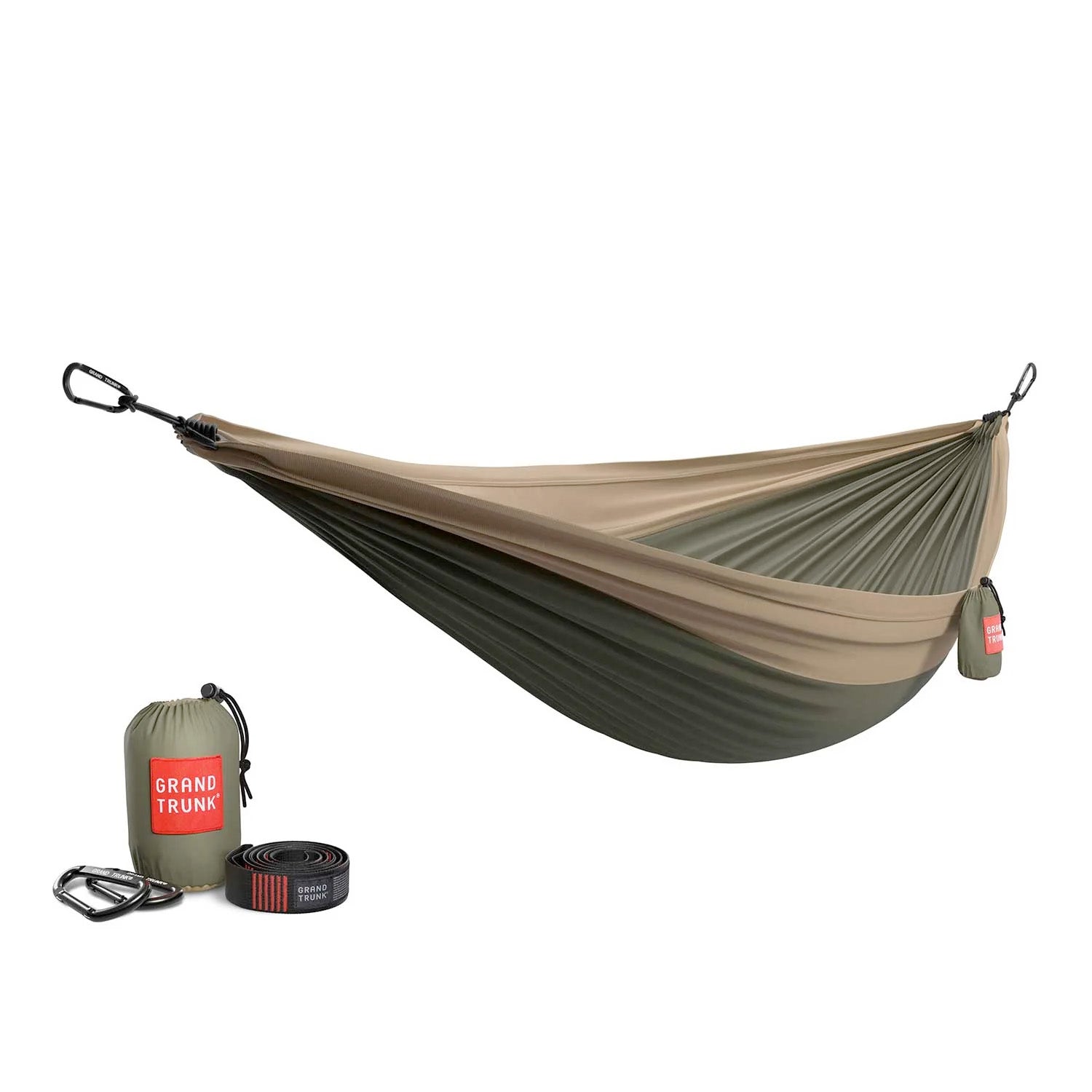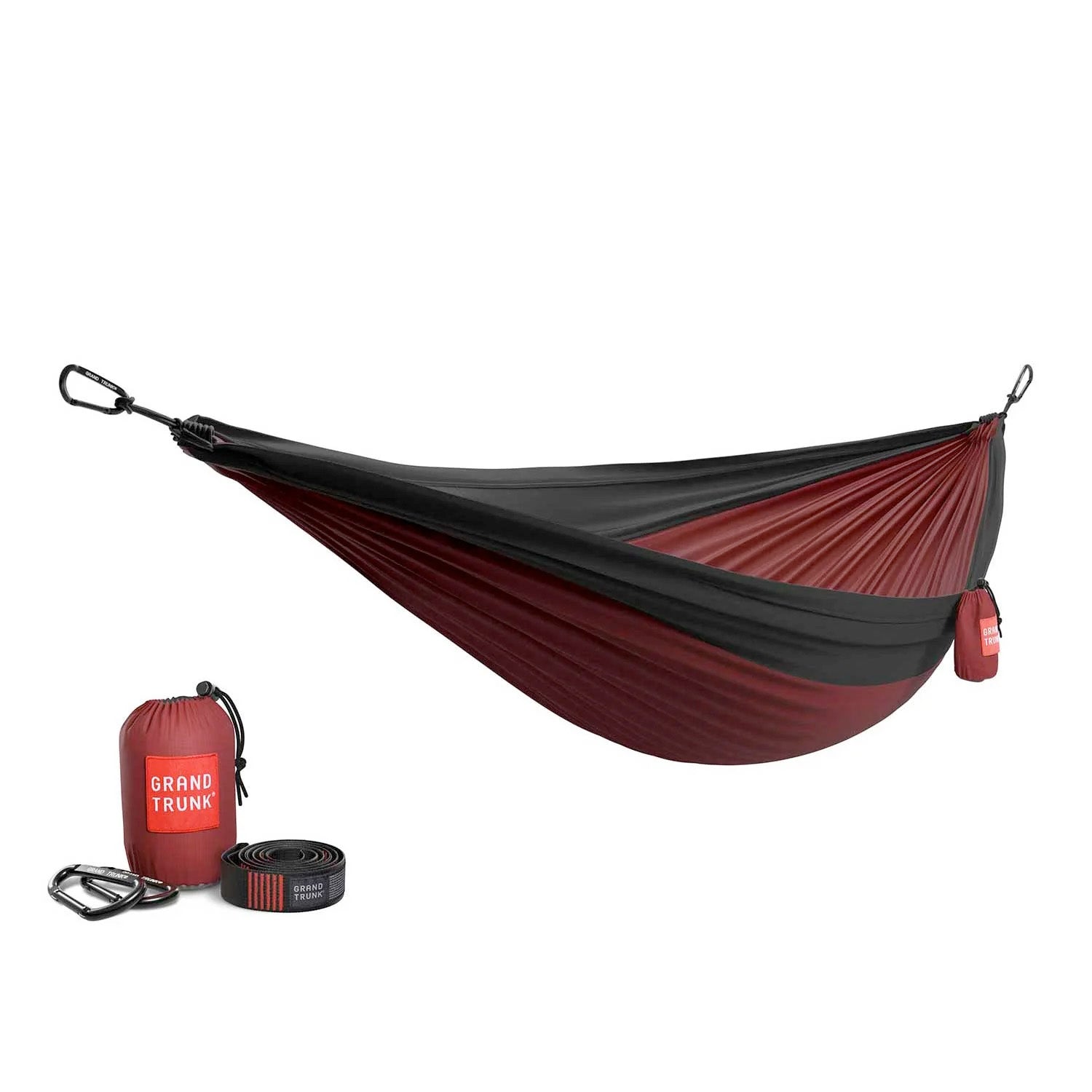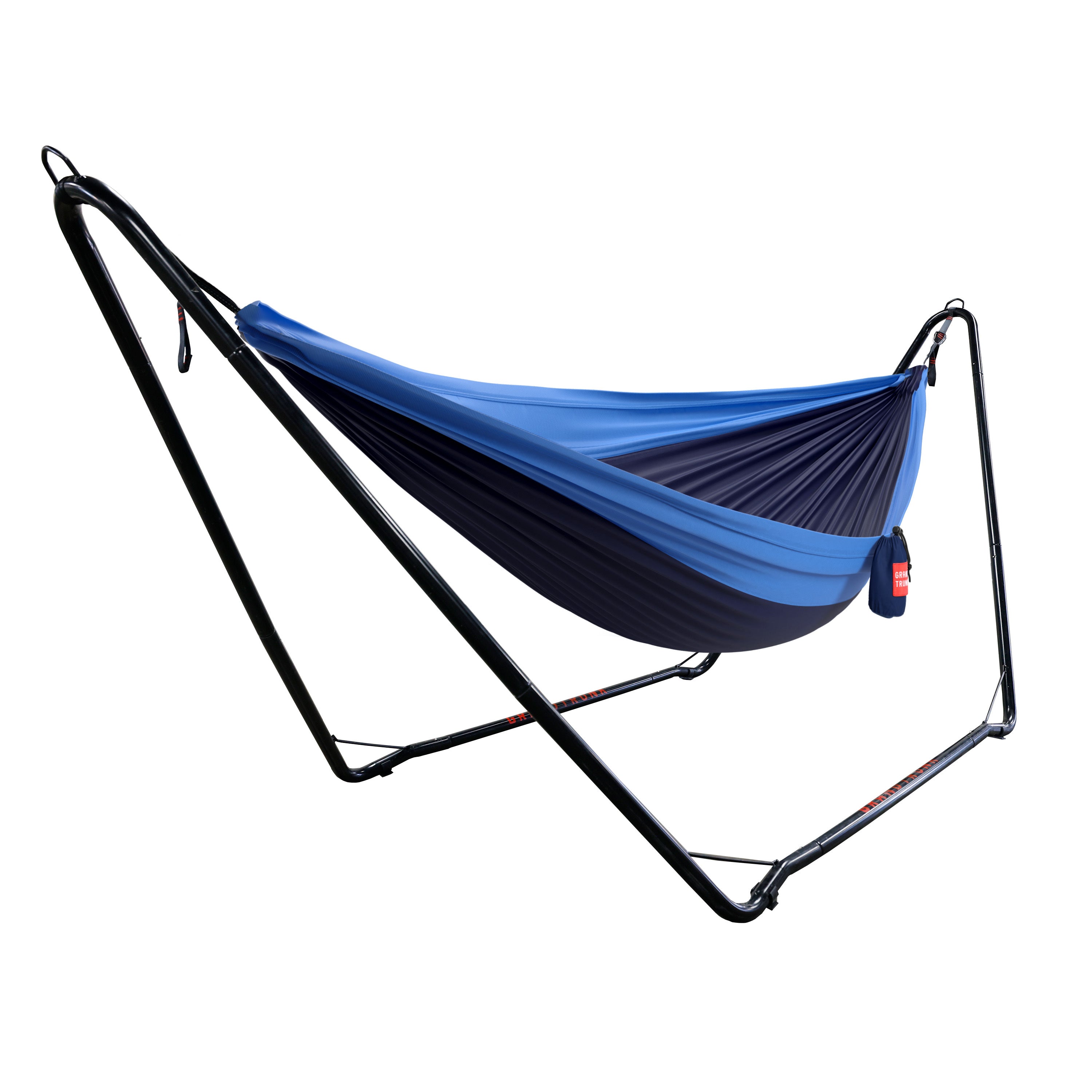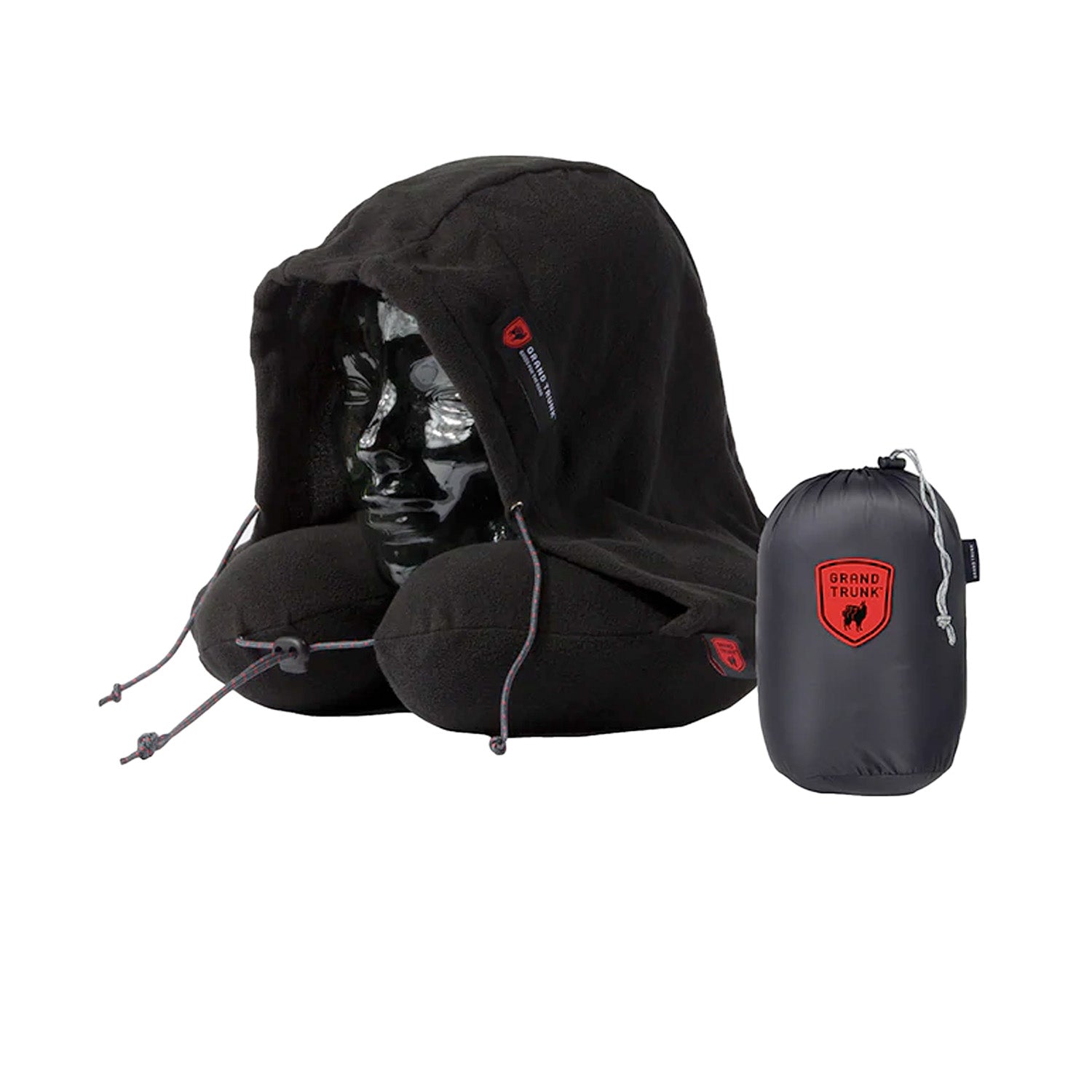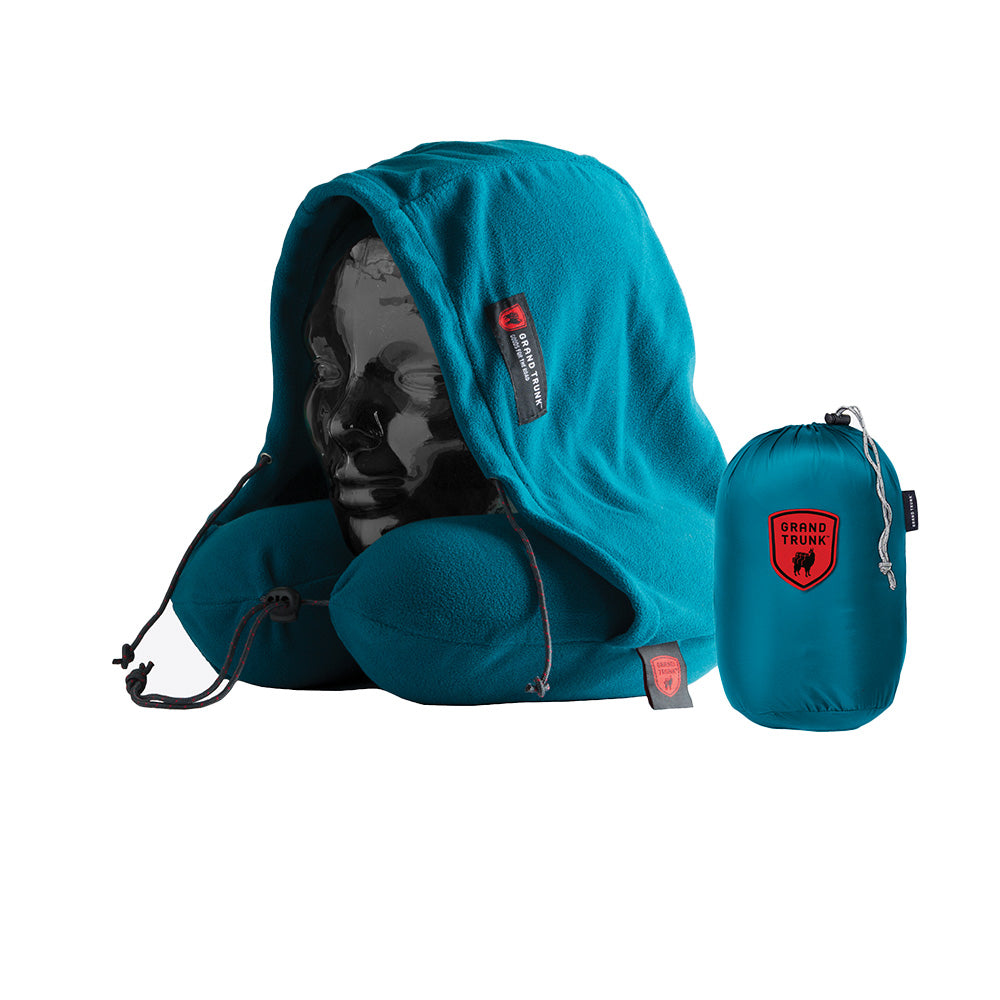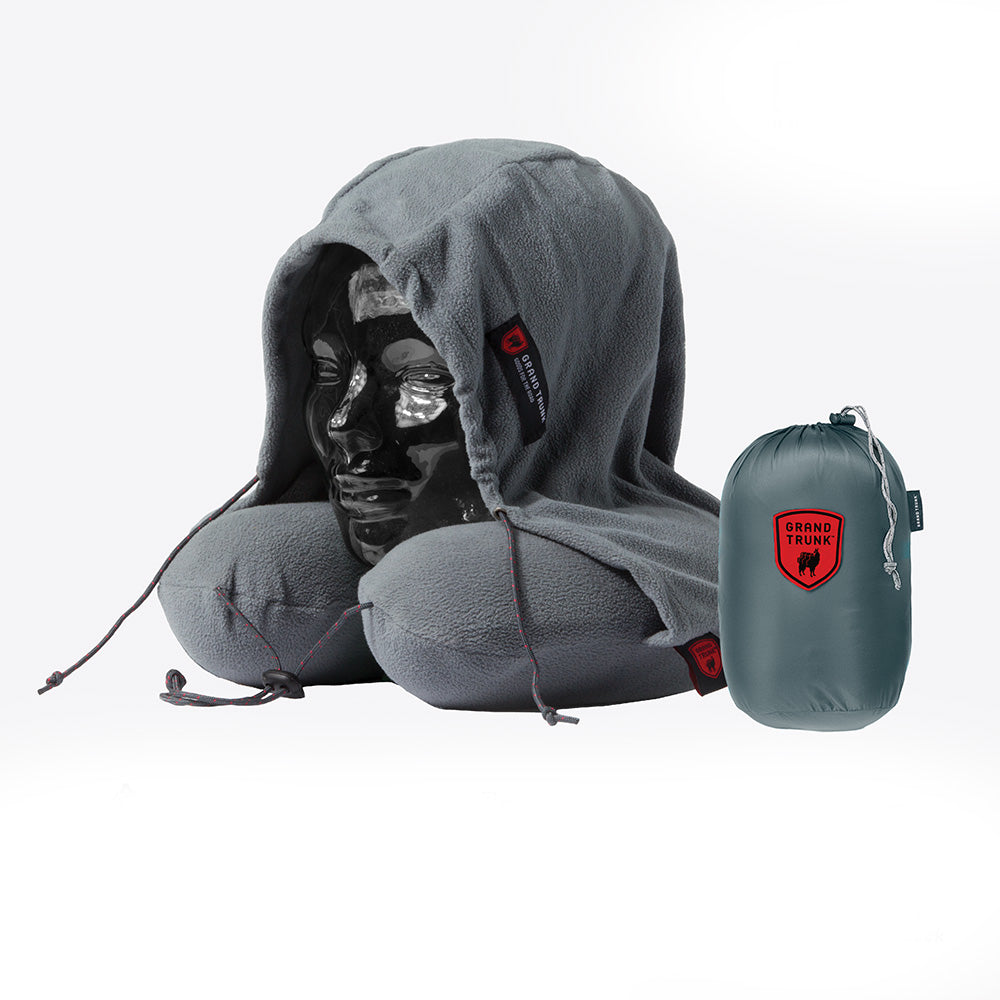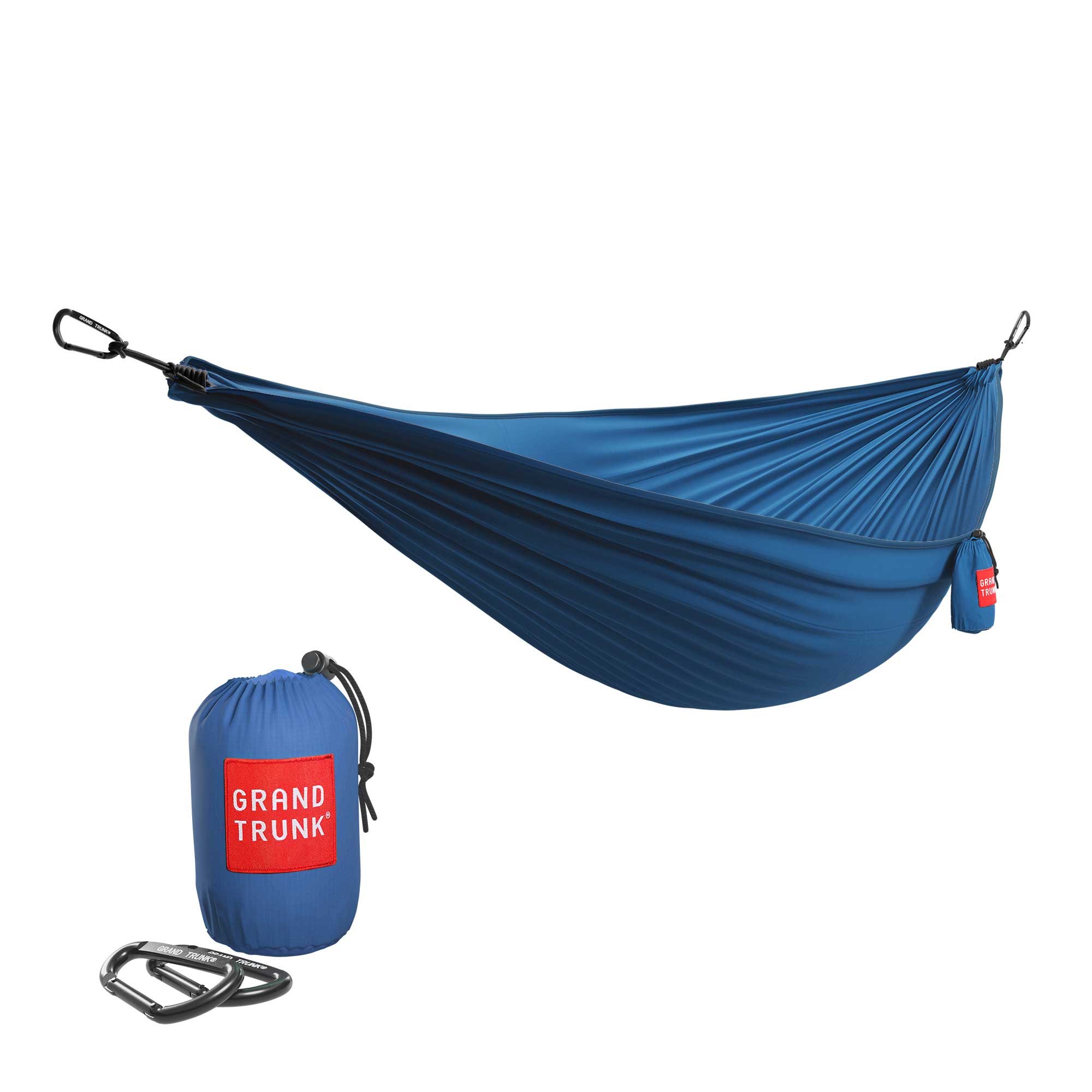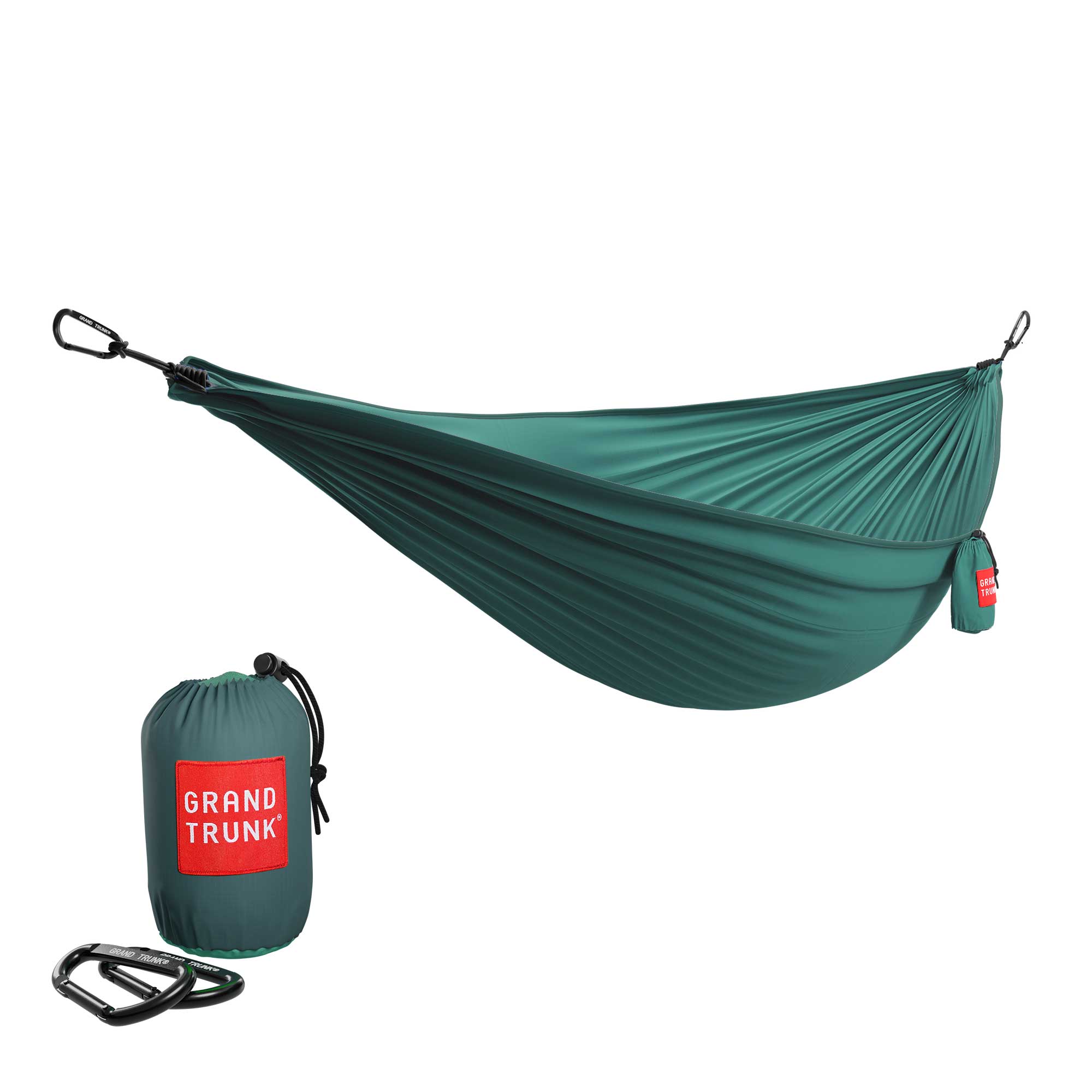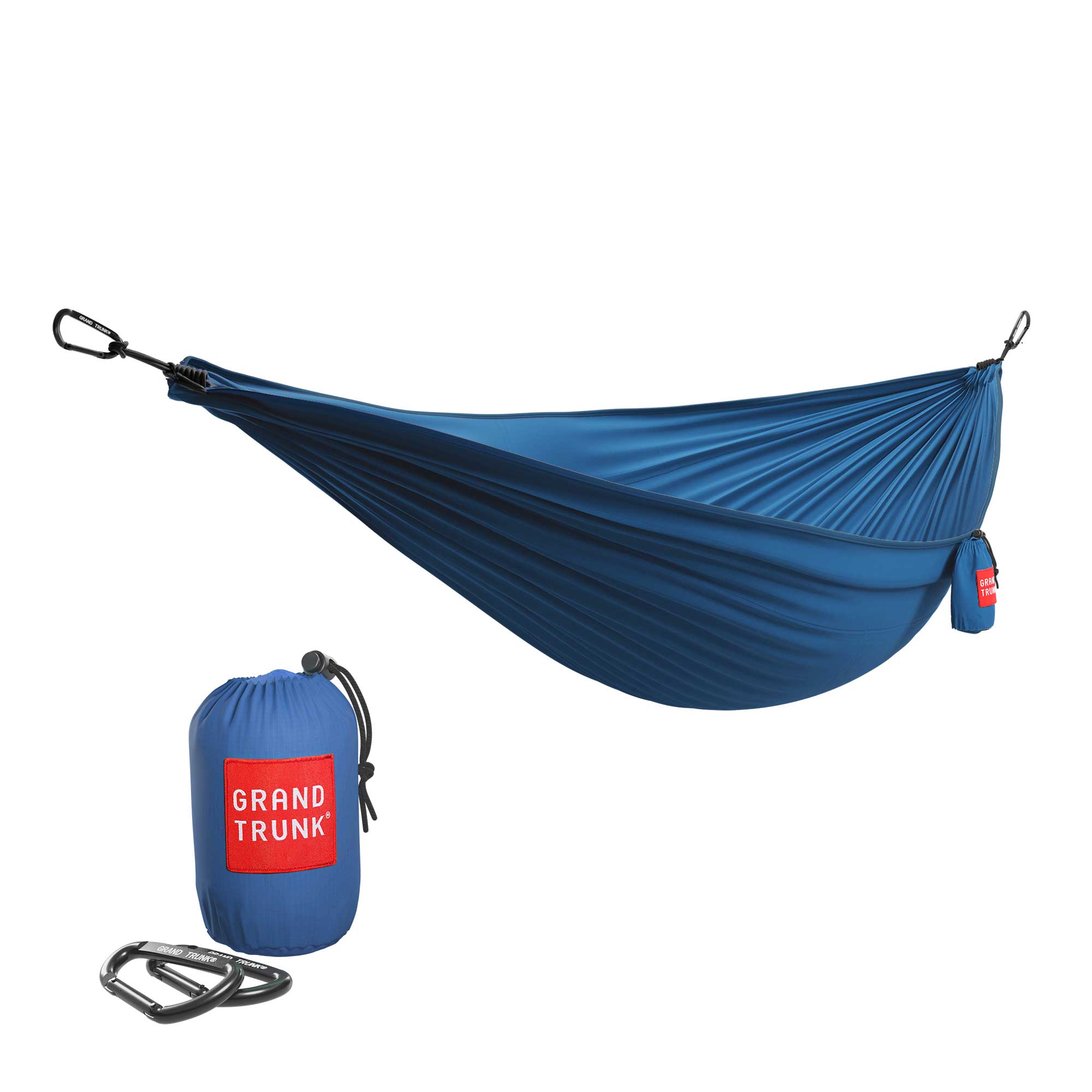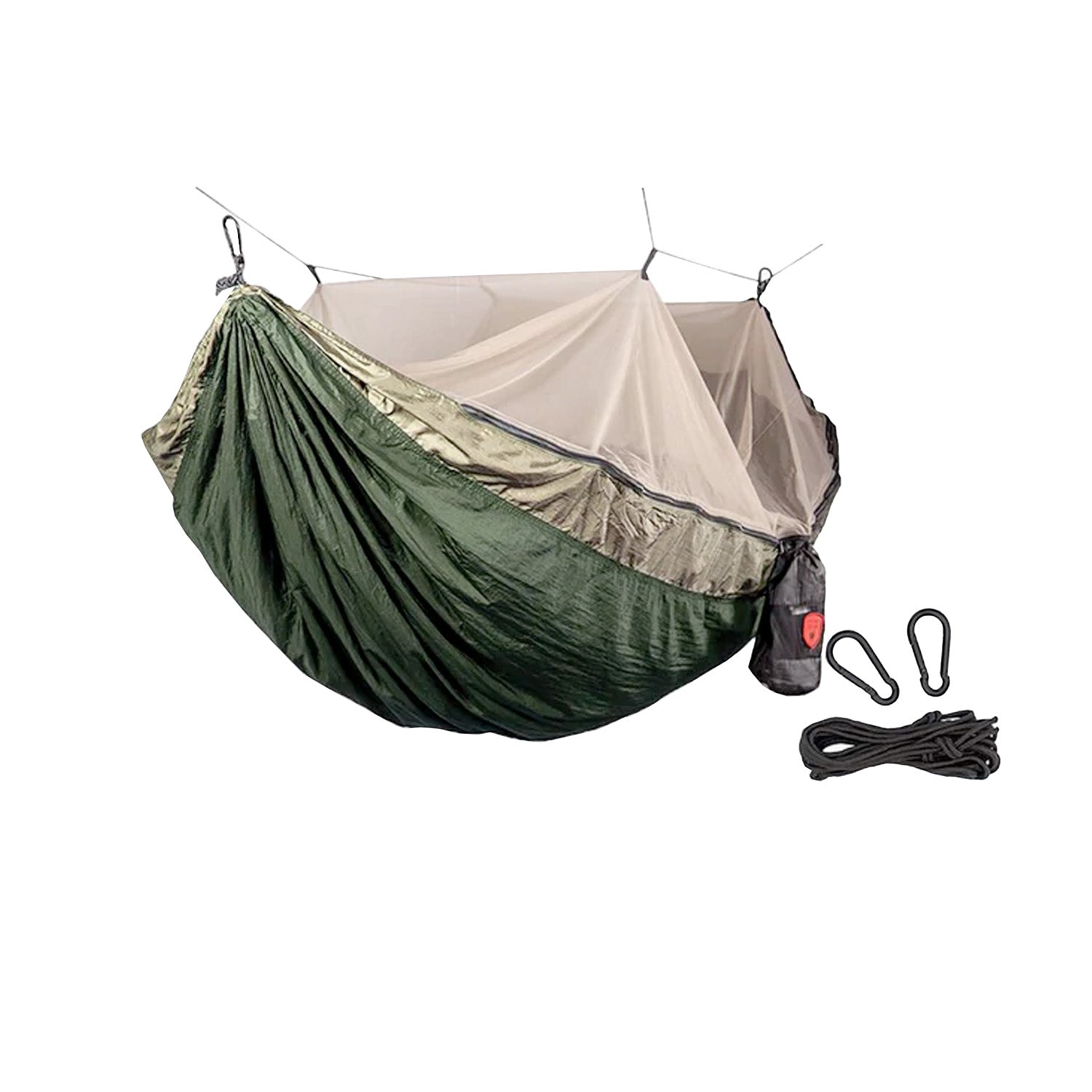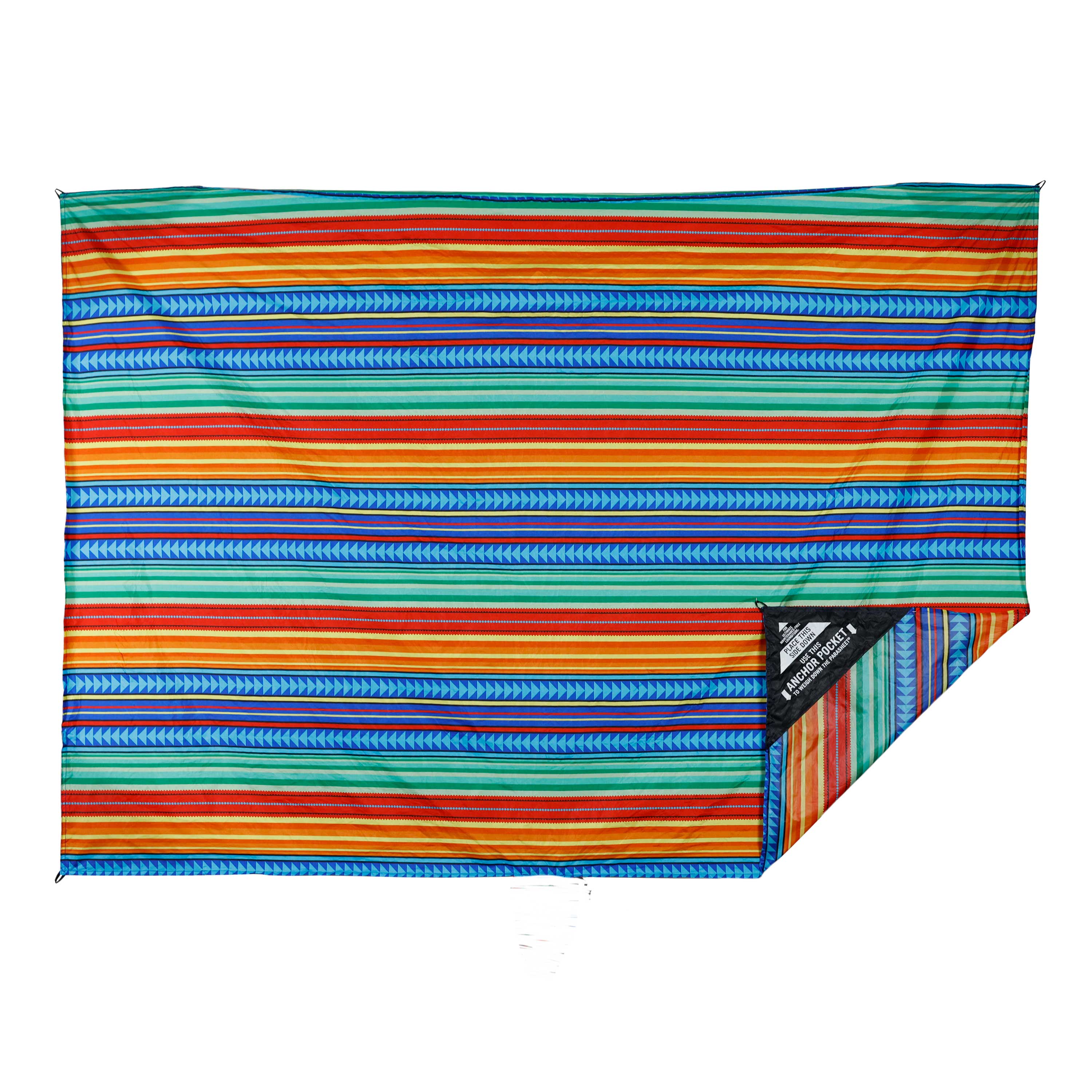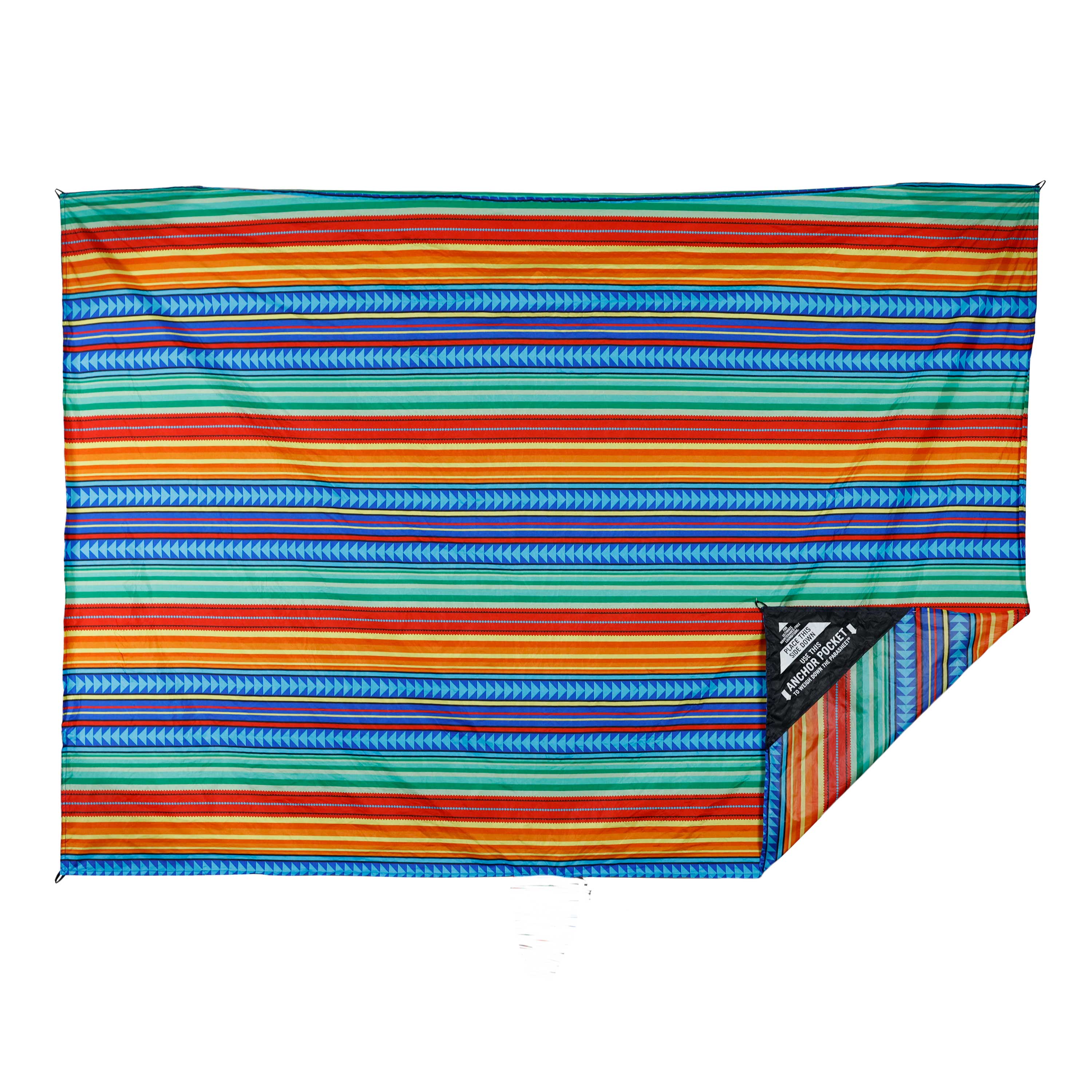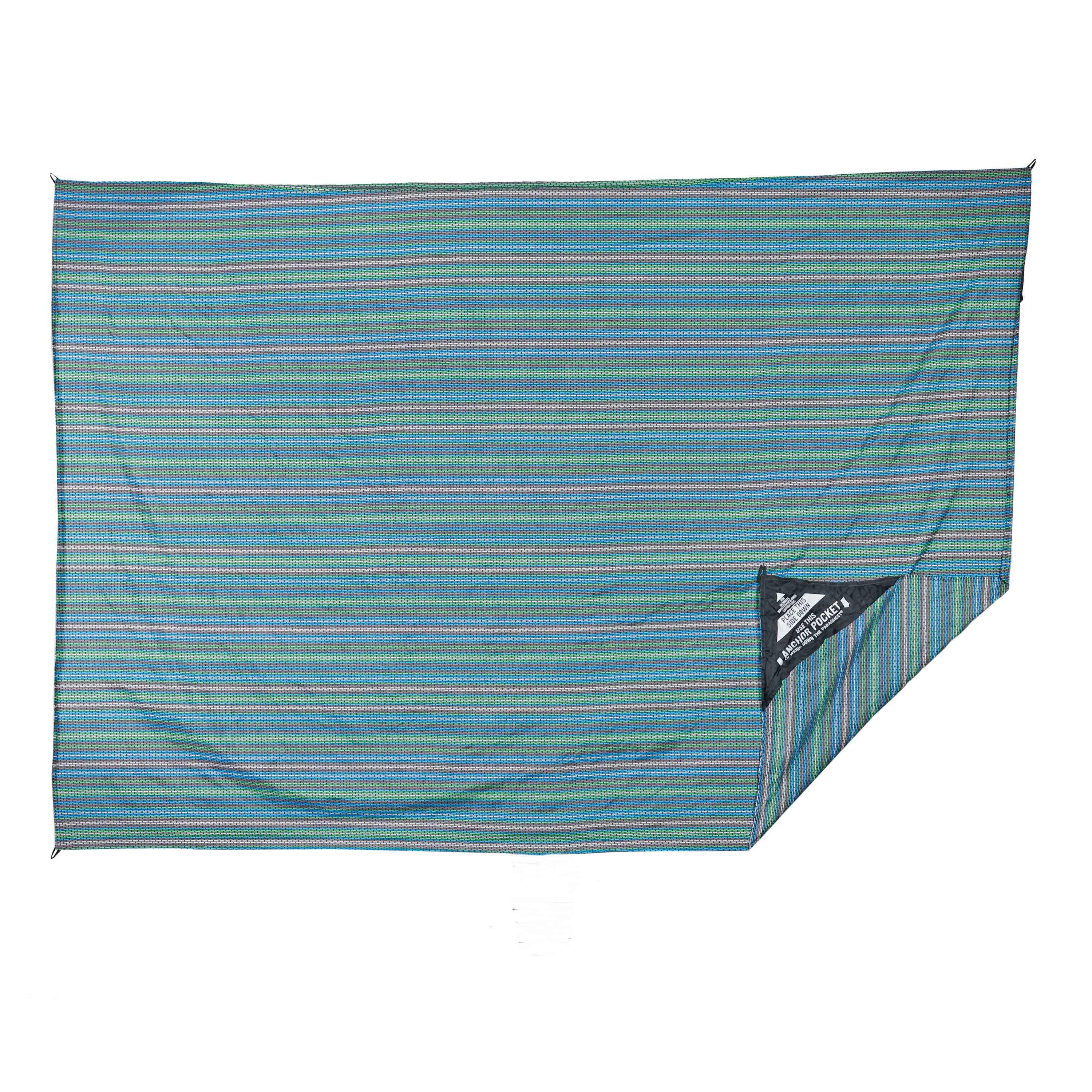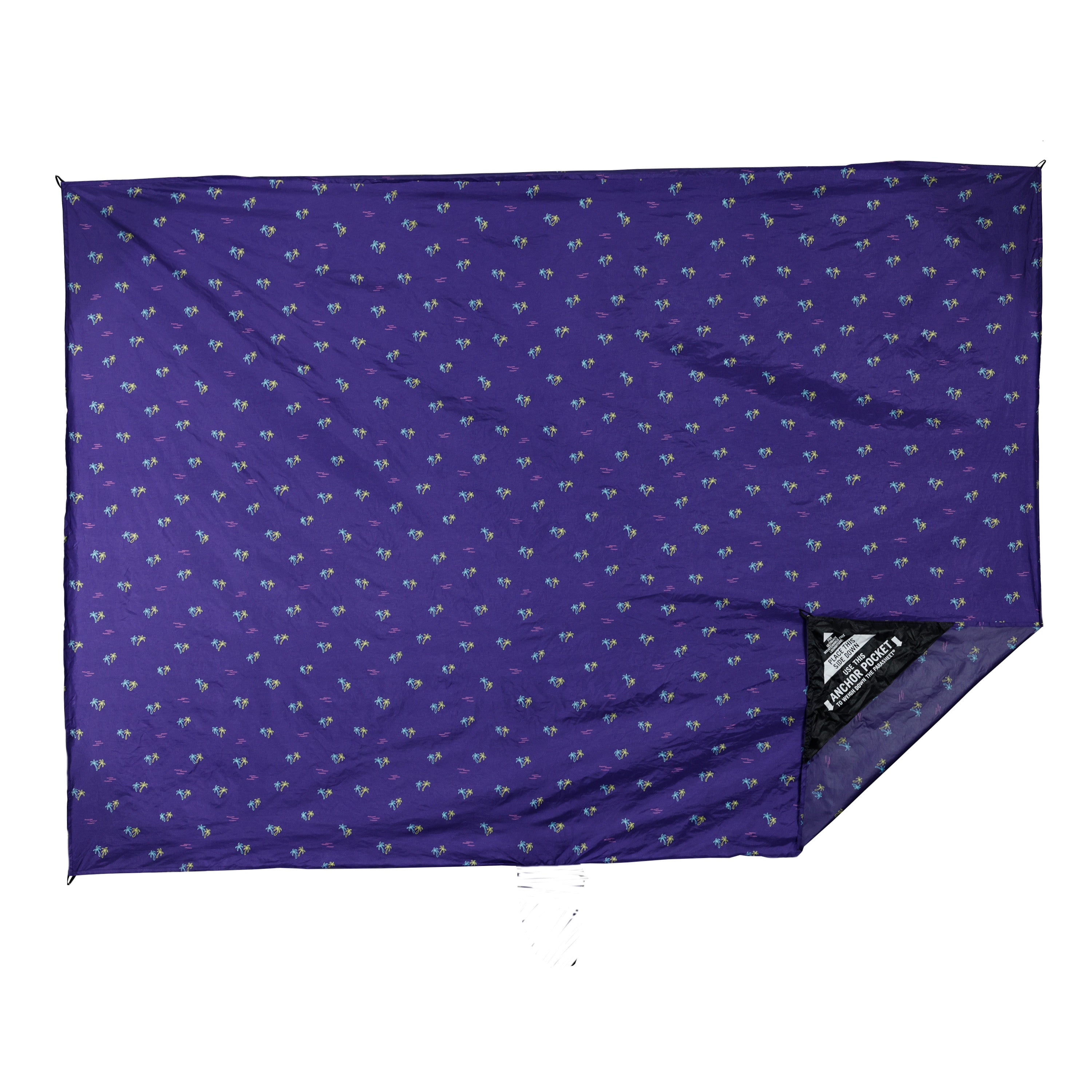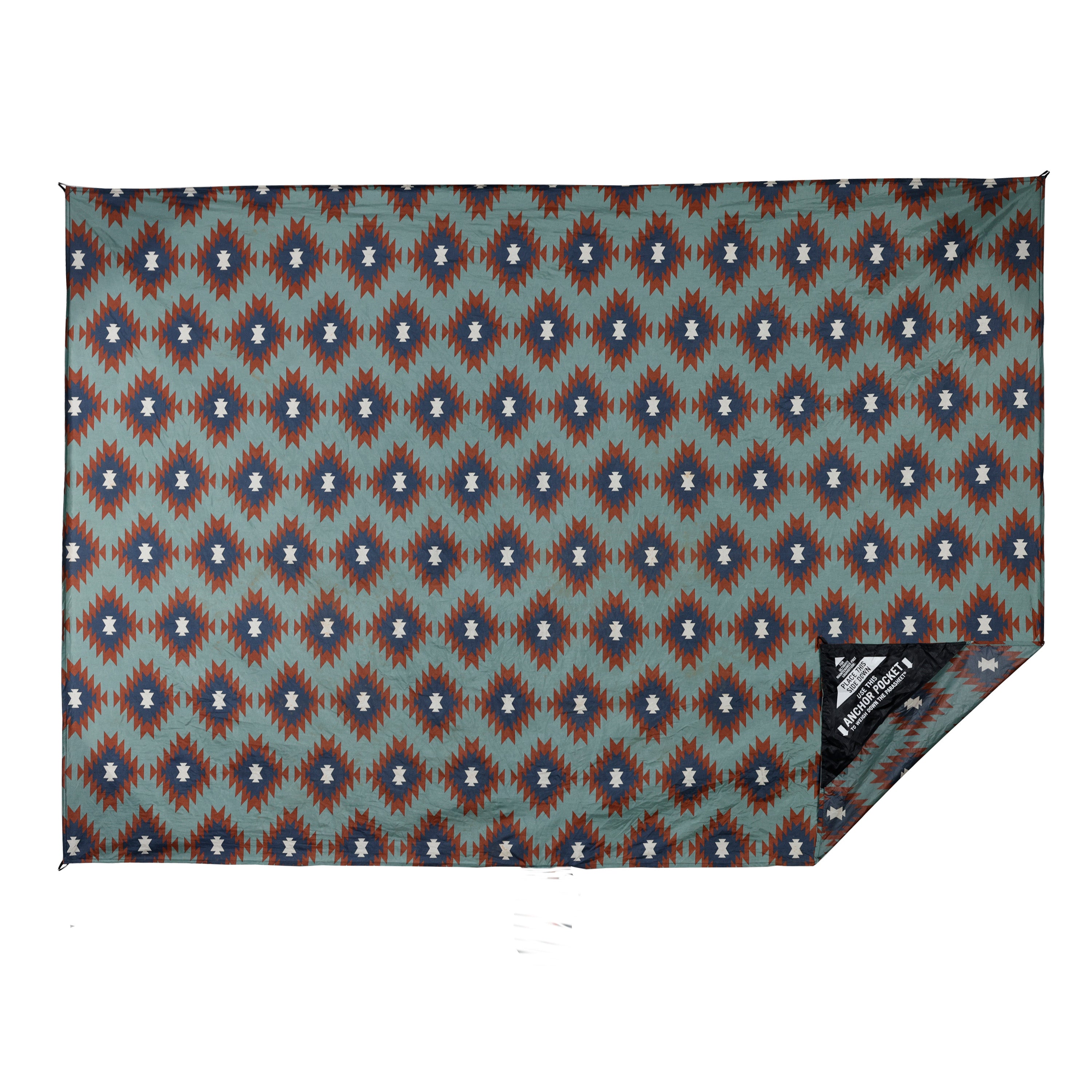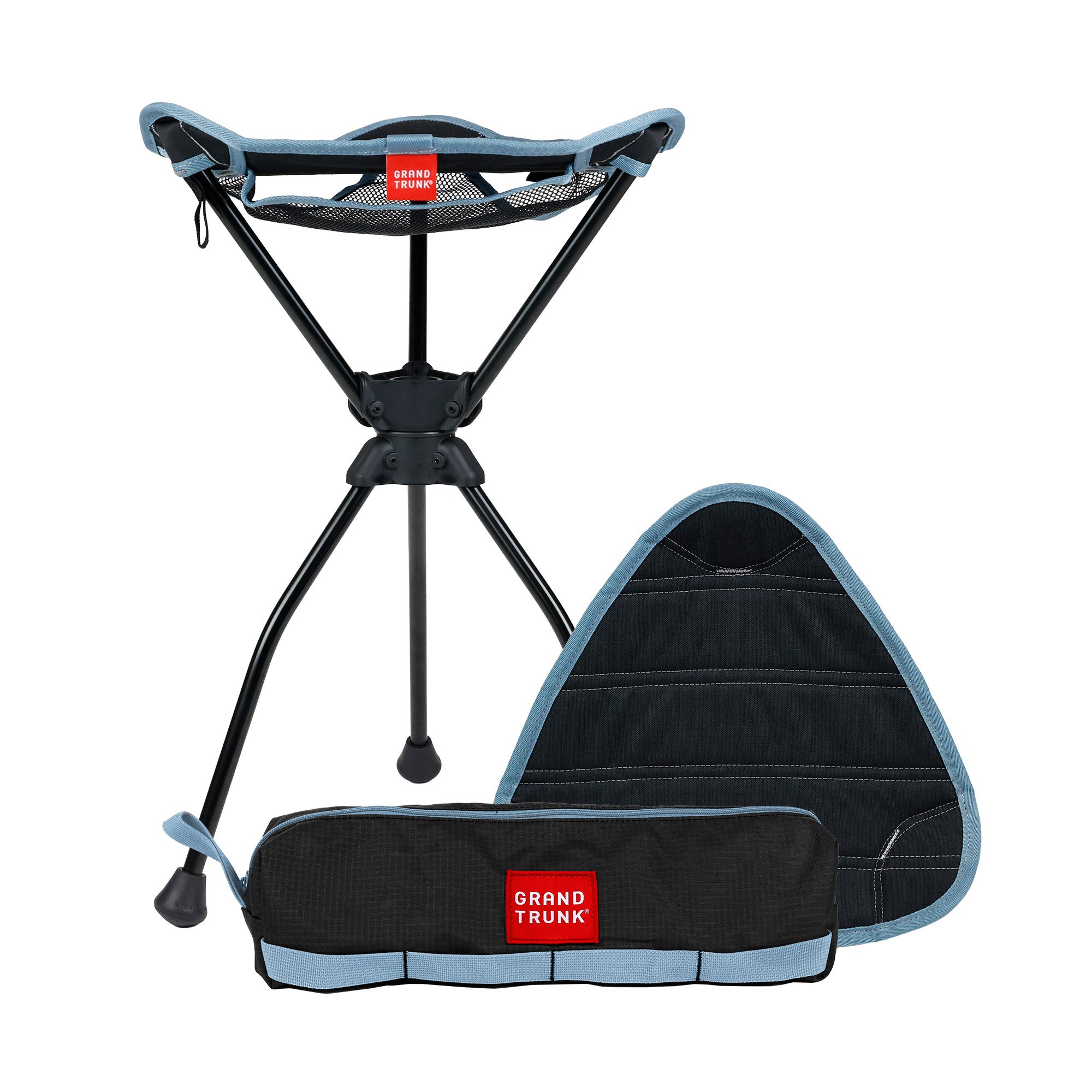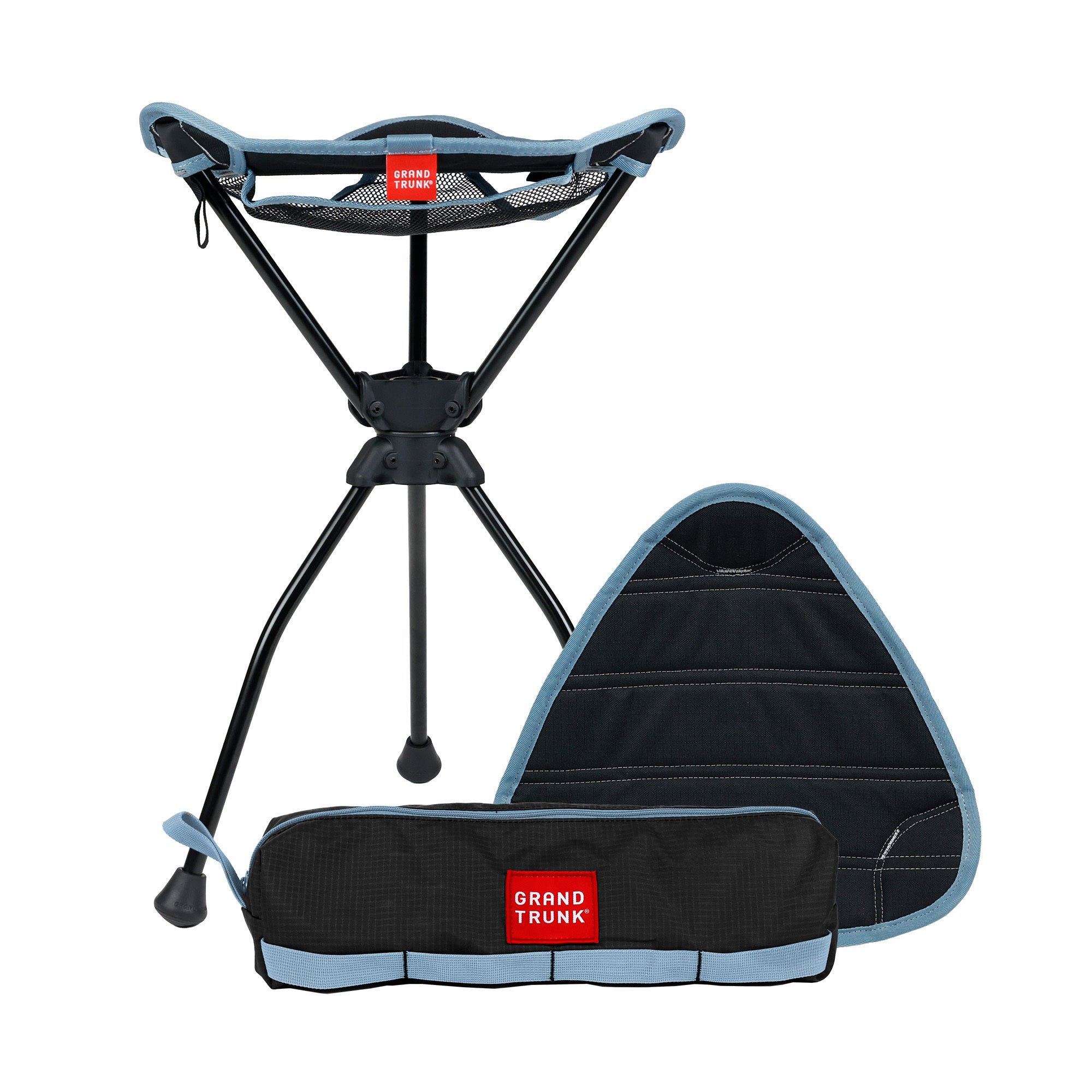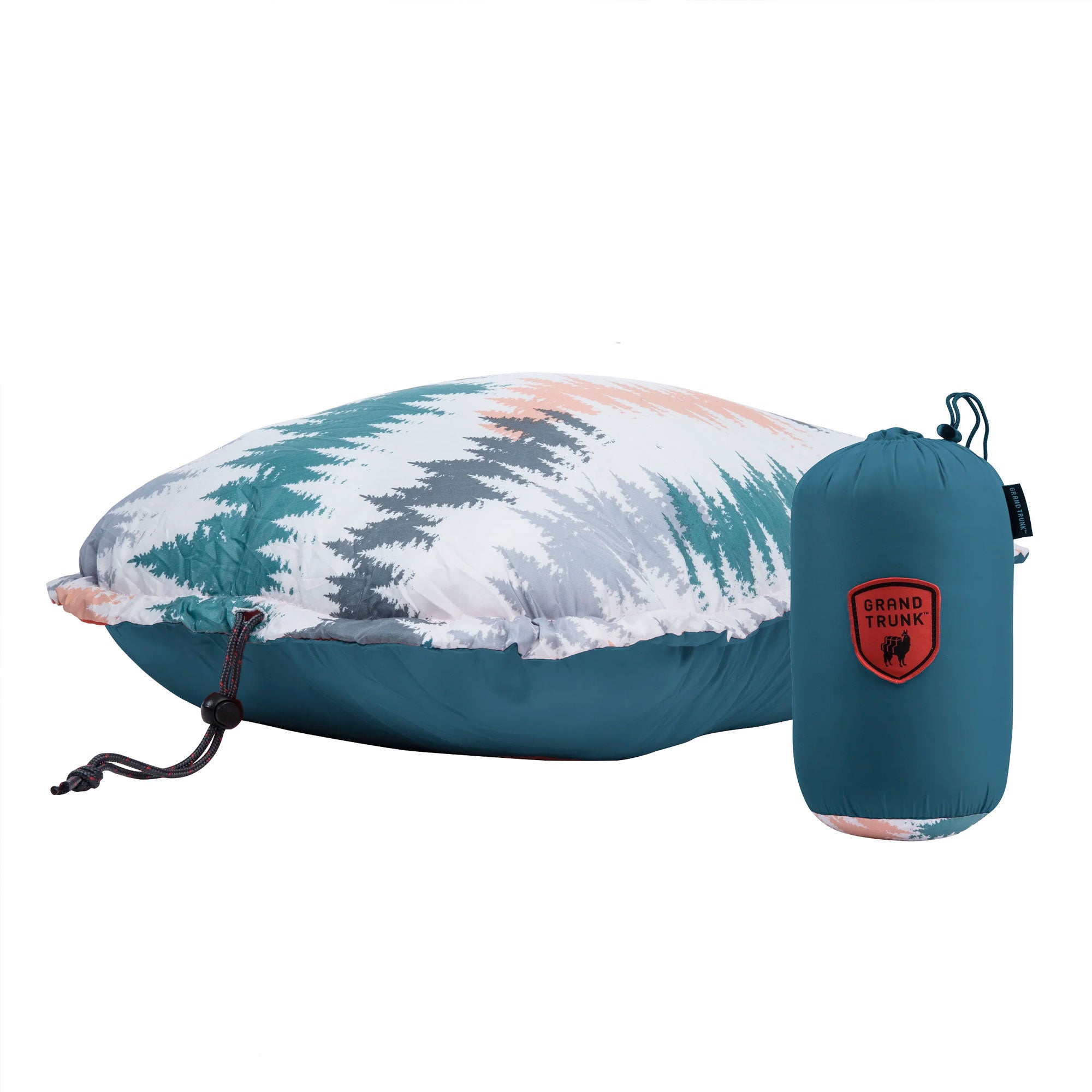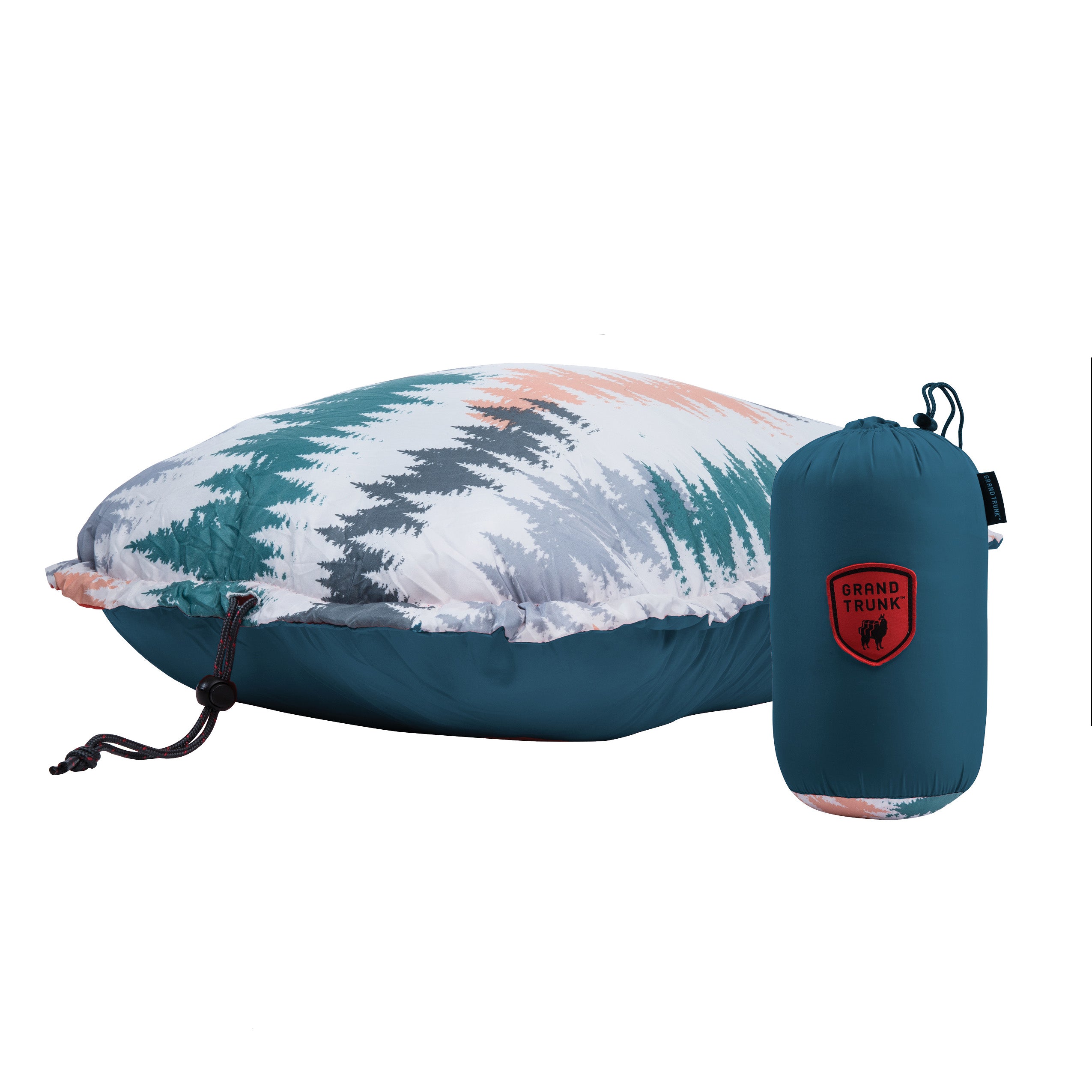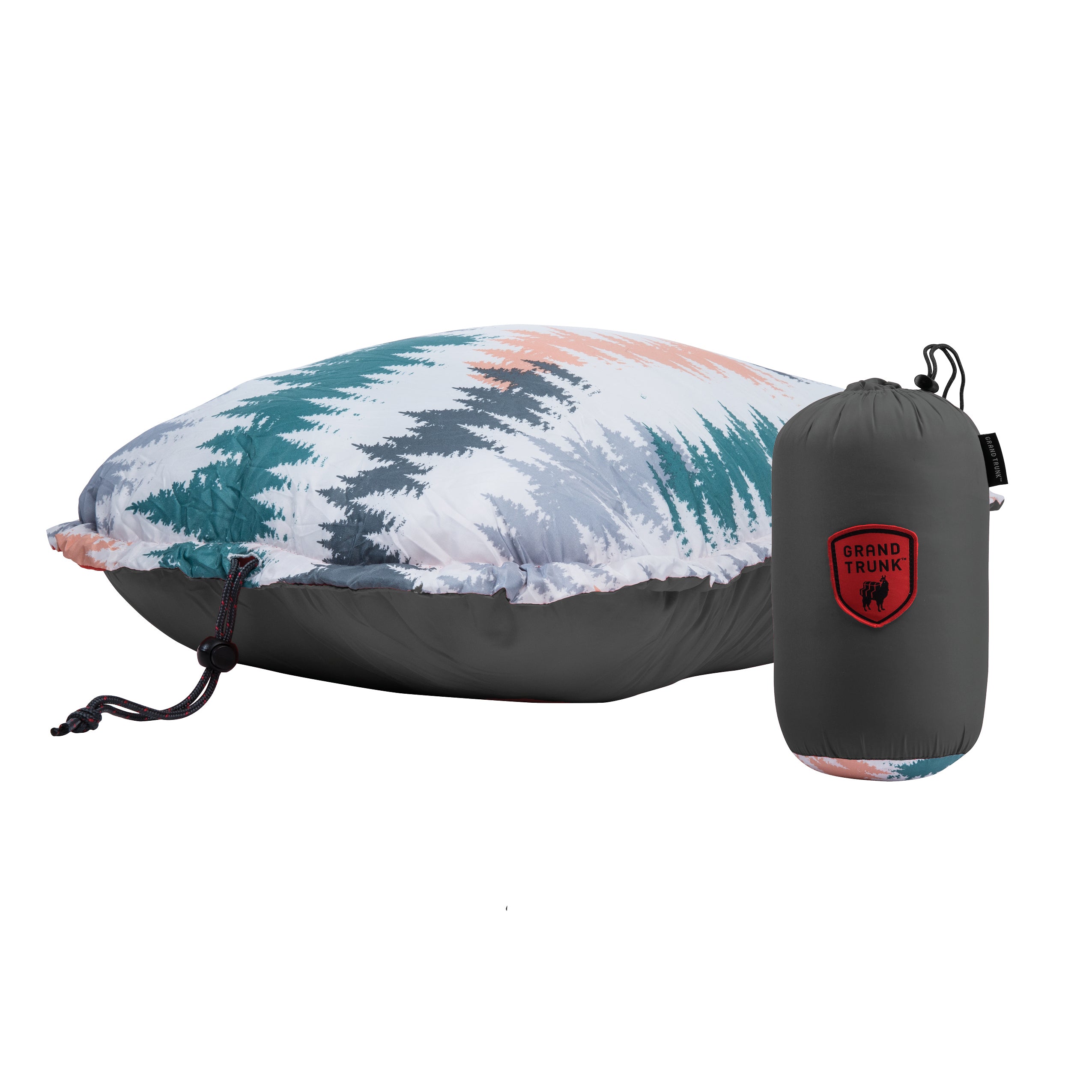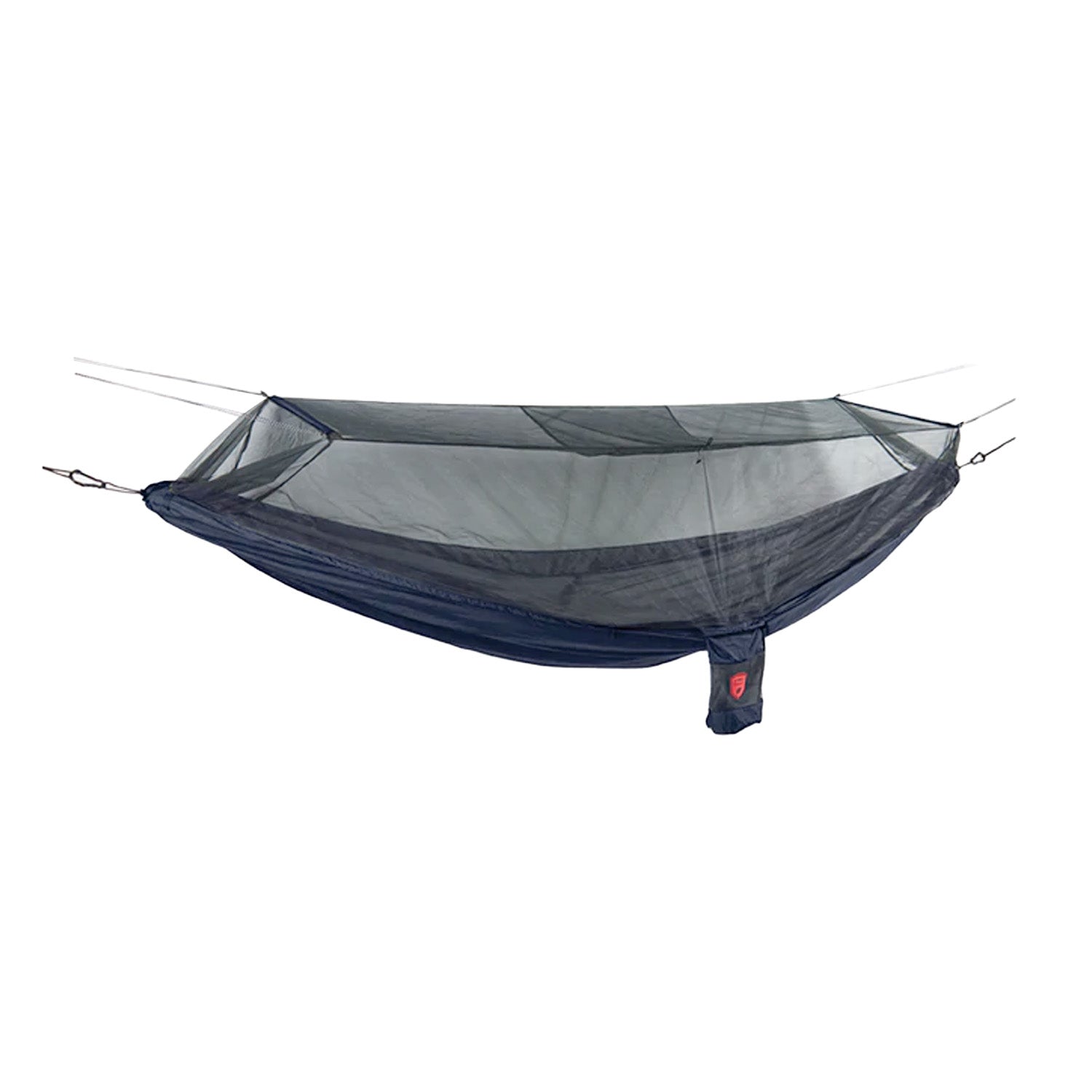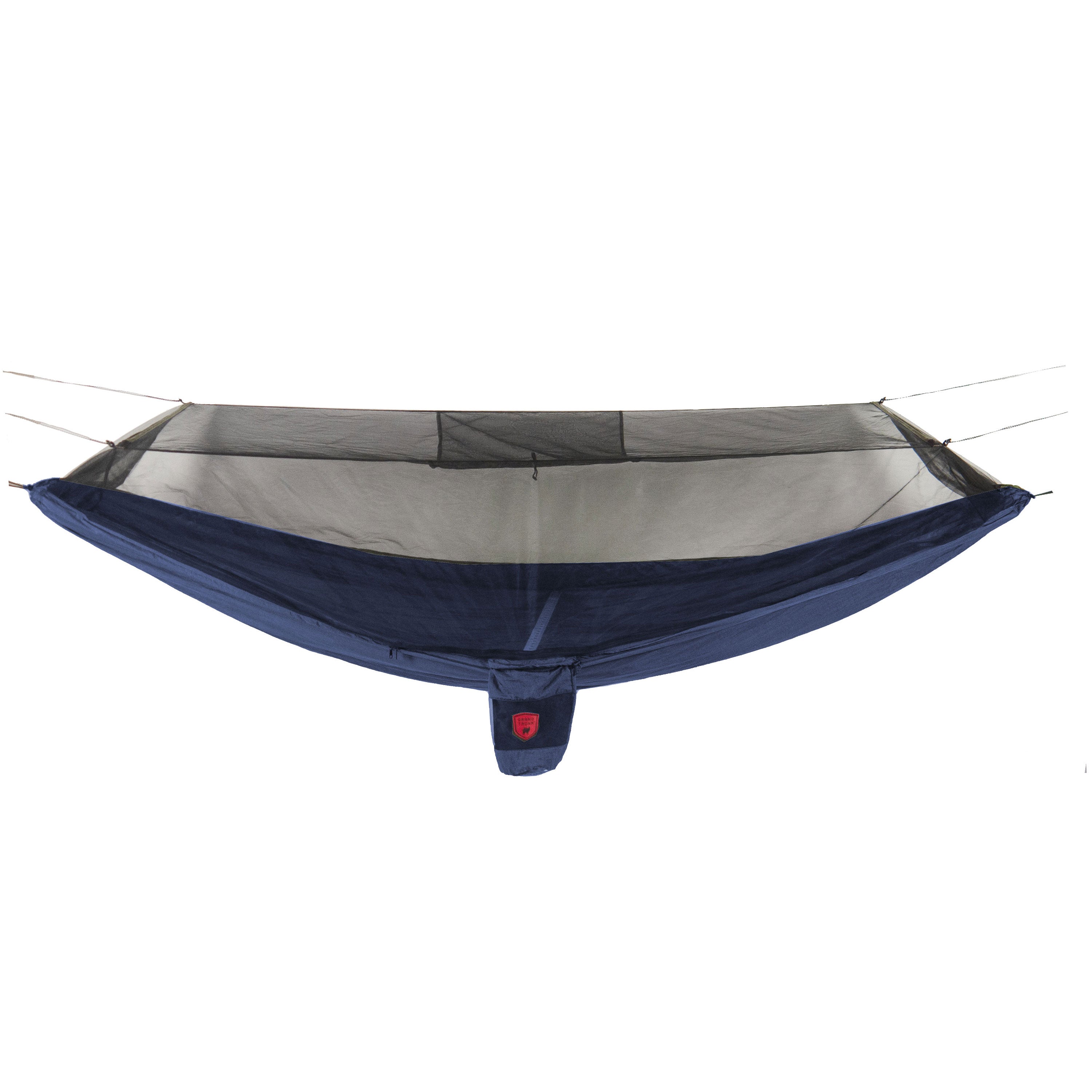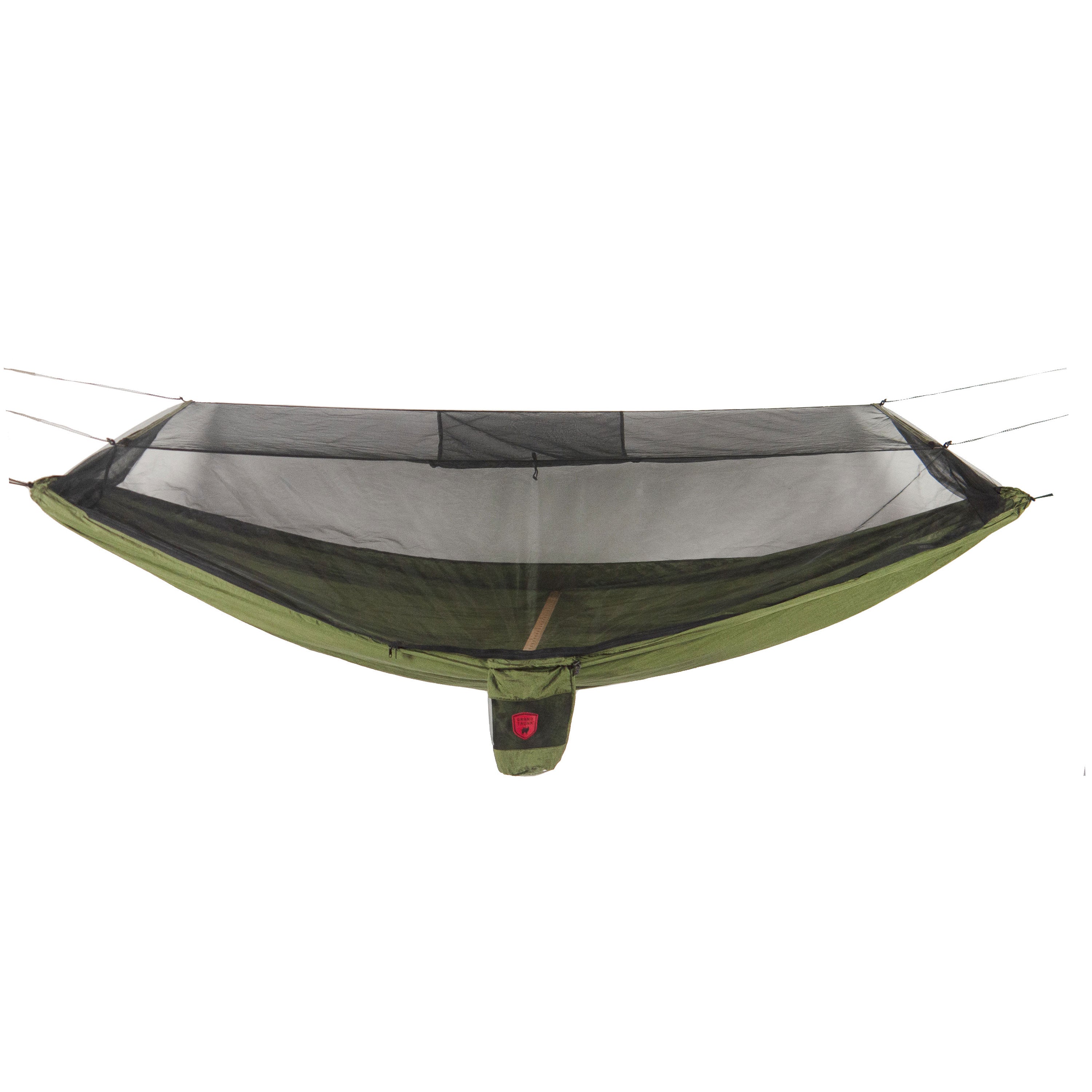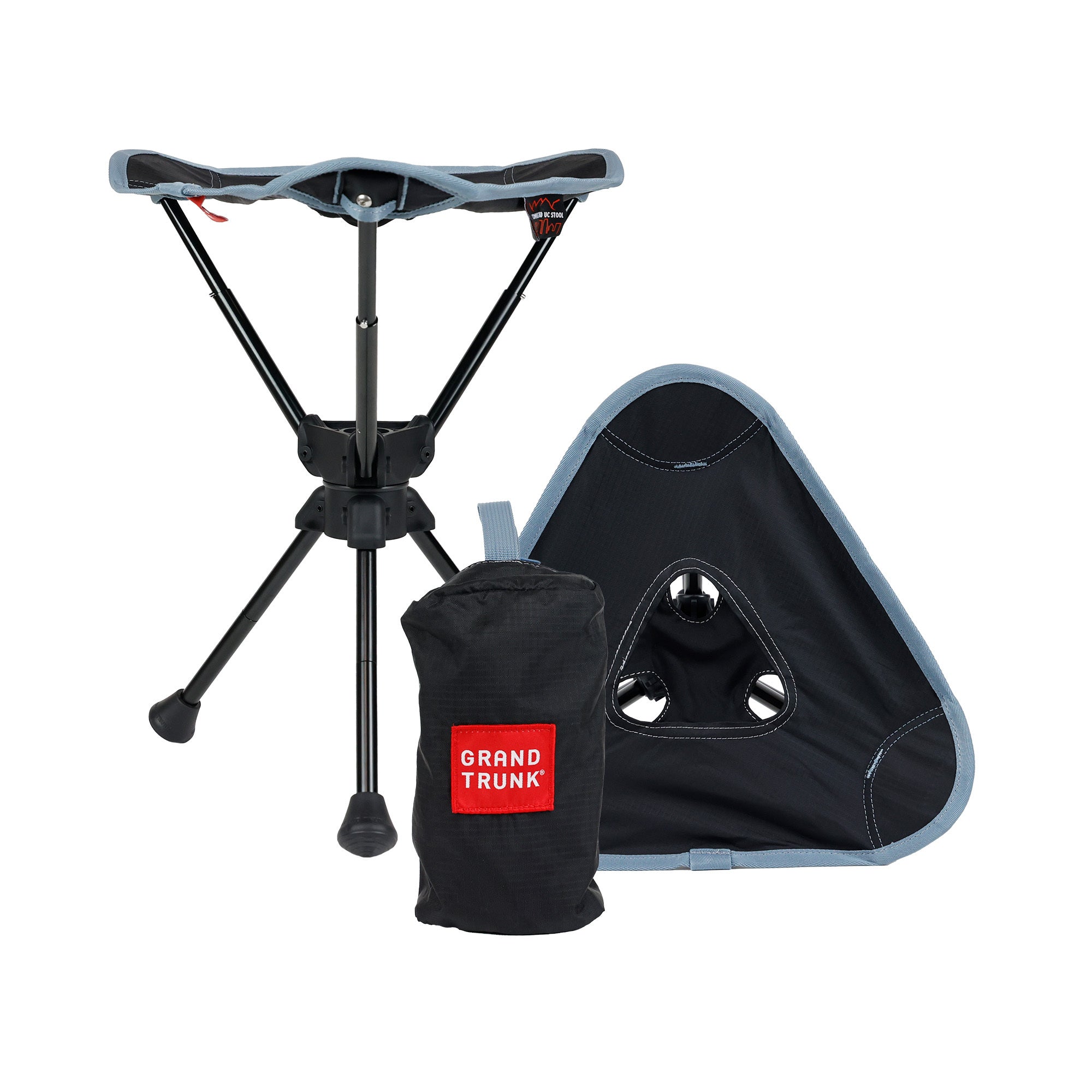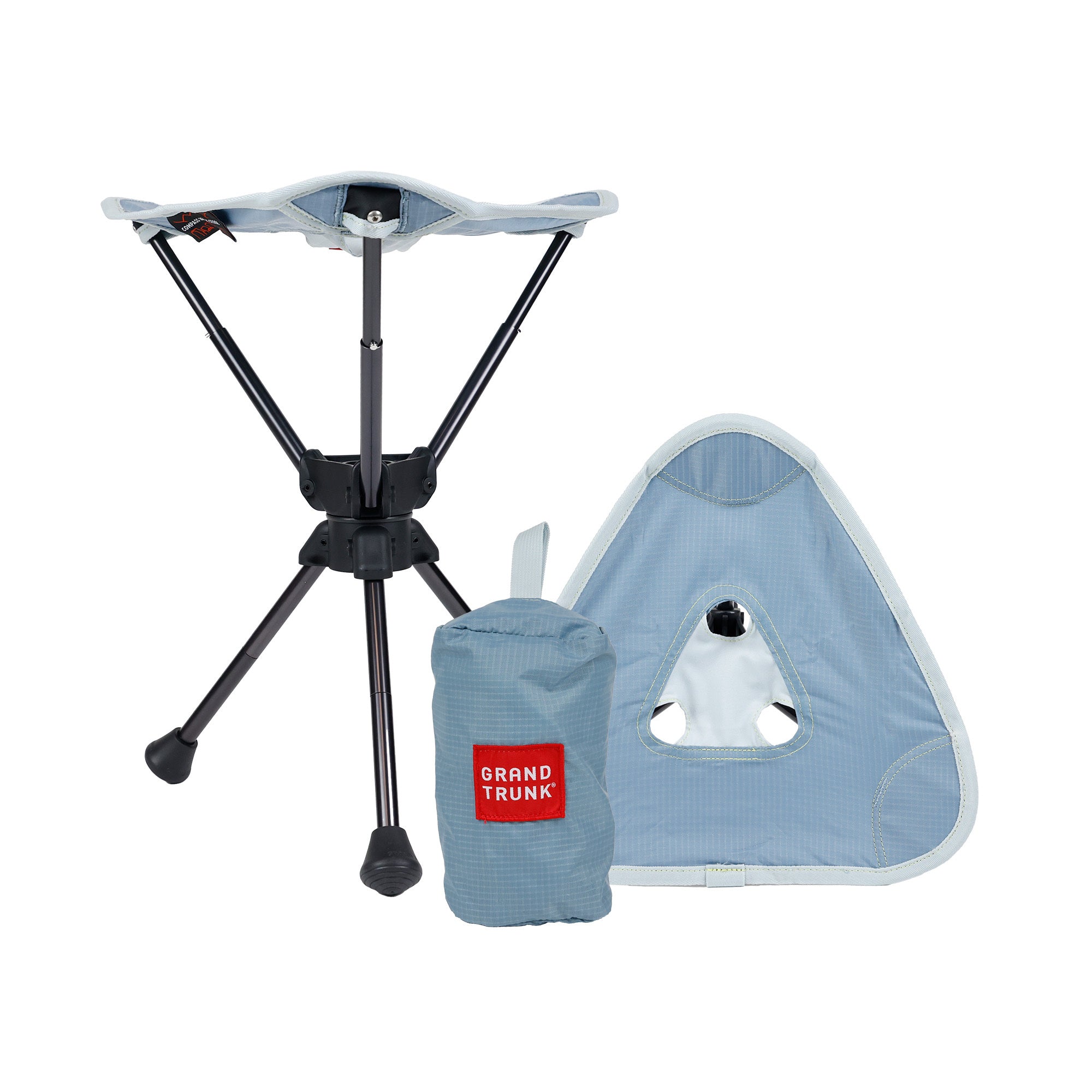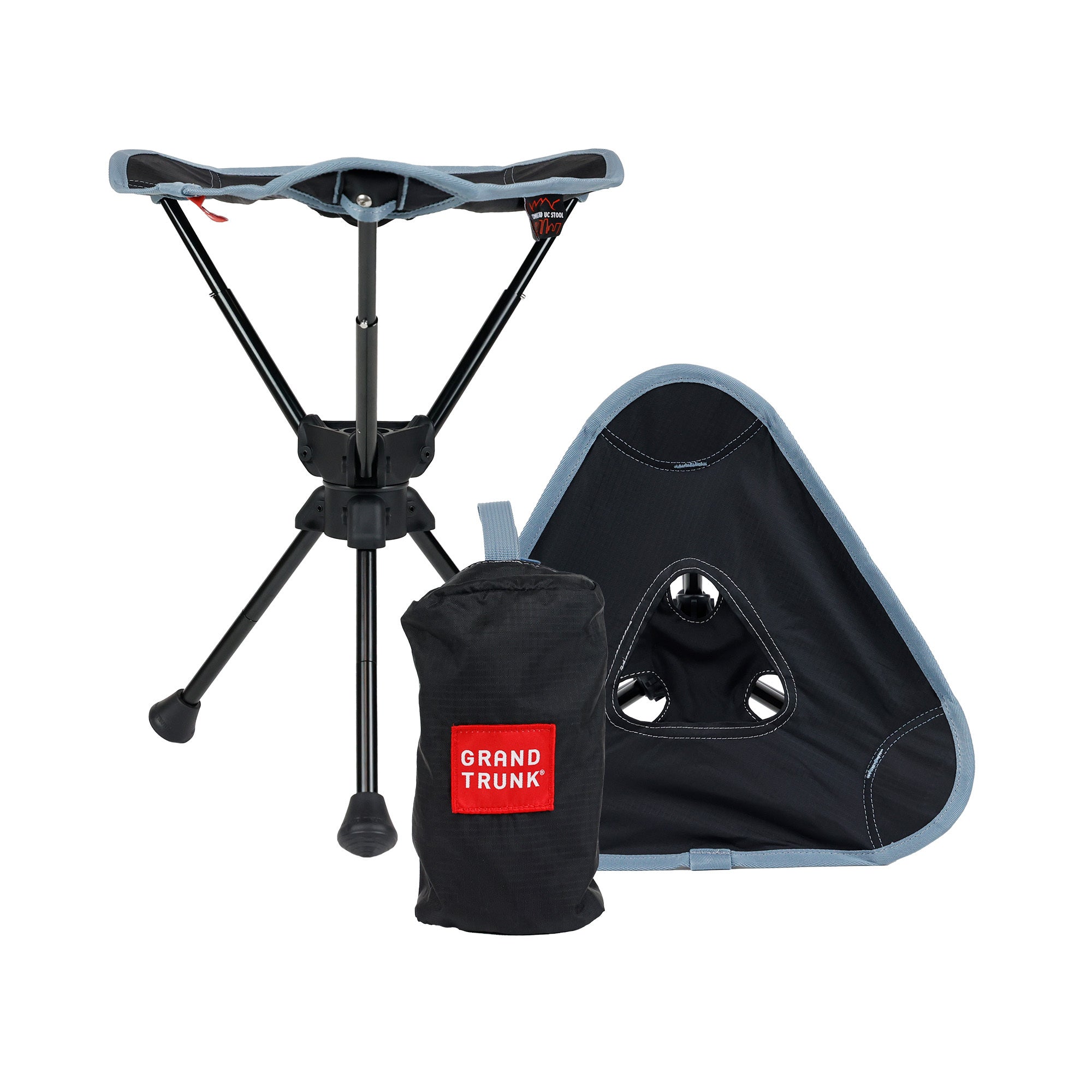
TALES FROM THE ROAD
Written by Helena Guglielmino
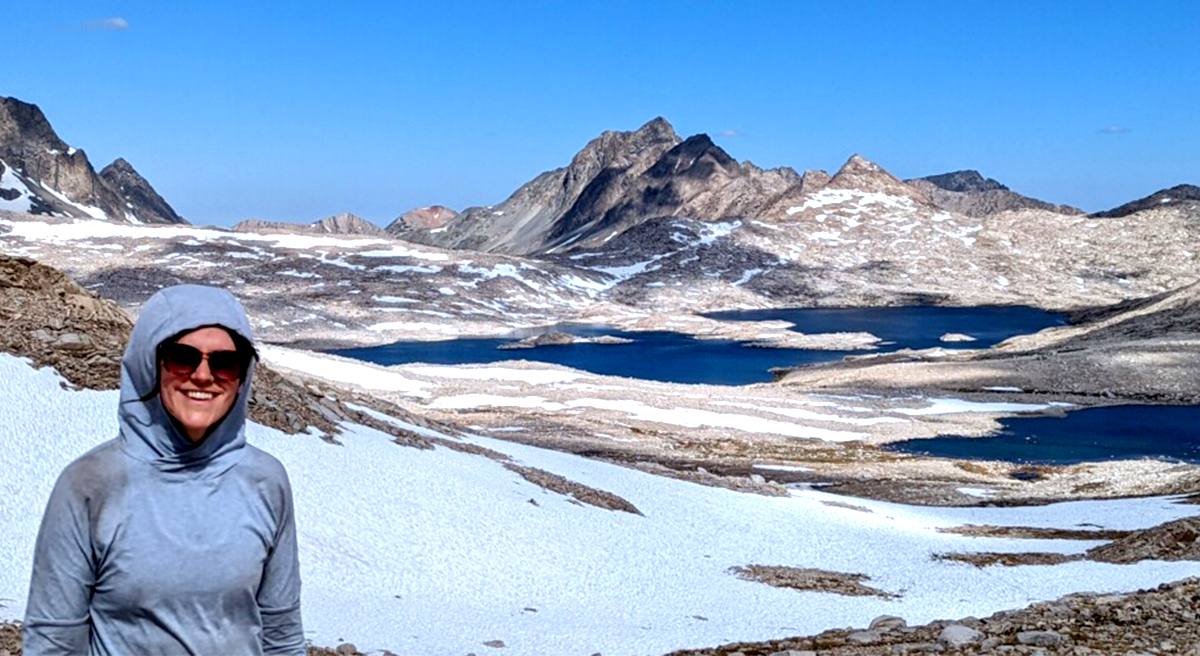
I think I’ve found the secret to thru-hiking, though it may be controversial. This epiphany came to me on day 17 of my John Muir Trail (JMT) hike while rocking in the light breeze of a Sierra evening, cocooned in my hammock, swaddled by my sleeping bag, and basking in the savory splendor of a king-sized Pay Day, hickory smoked sausage sticks, and freeze-dried cheese crumbs. Maybe it was the soothing sound of two creeks converging around me that brought me to such a decision, maybe it was speckled light filtering gold onto the scene of whitebark pines and wiggling wildflowers. Although, maybe, at this point, the simple act of taking off my boots and socks was near epiphanic all on its own.
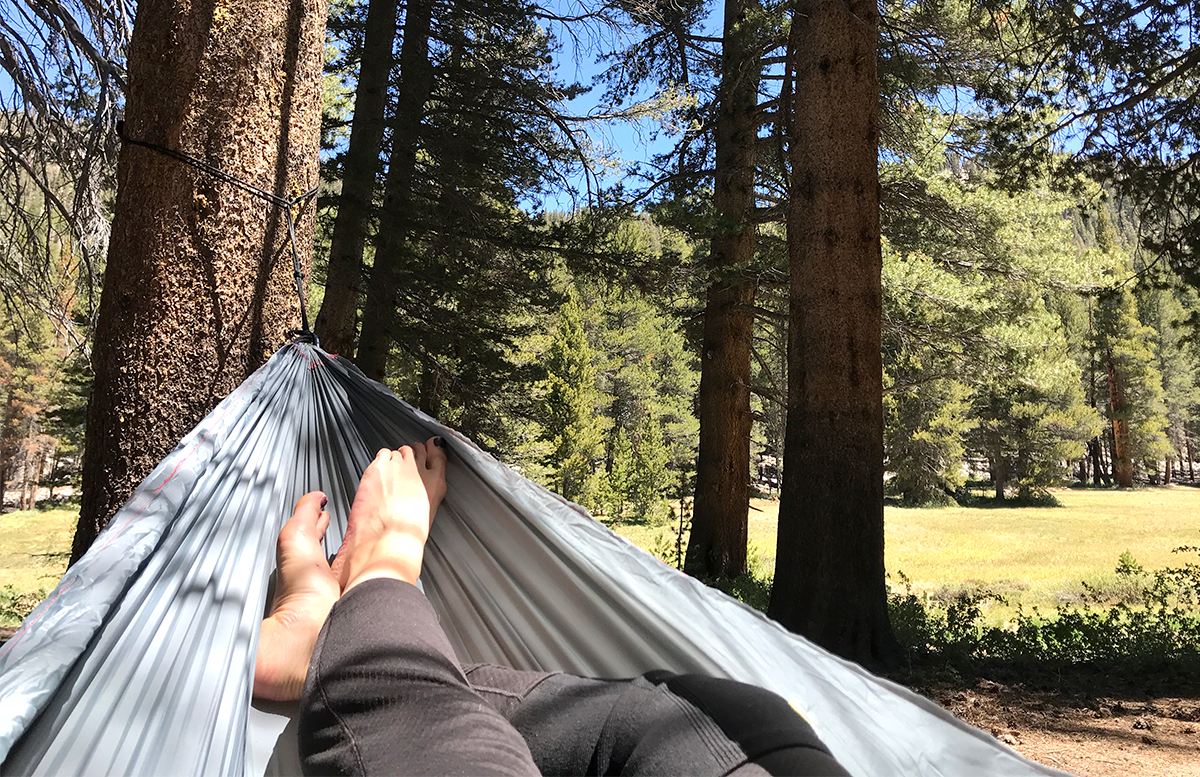
This marvelous, life-altering secret to hiking long distance: slow down to appreciate the moments of rest more than the miles covered. My Nano 7 Premium Ultra Light Hammock embodies relaxation and provided an enjoyable excuse to saunter 10-12 miles a day rather than speed through the forest like hikers around me with 20-mile-day goals.
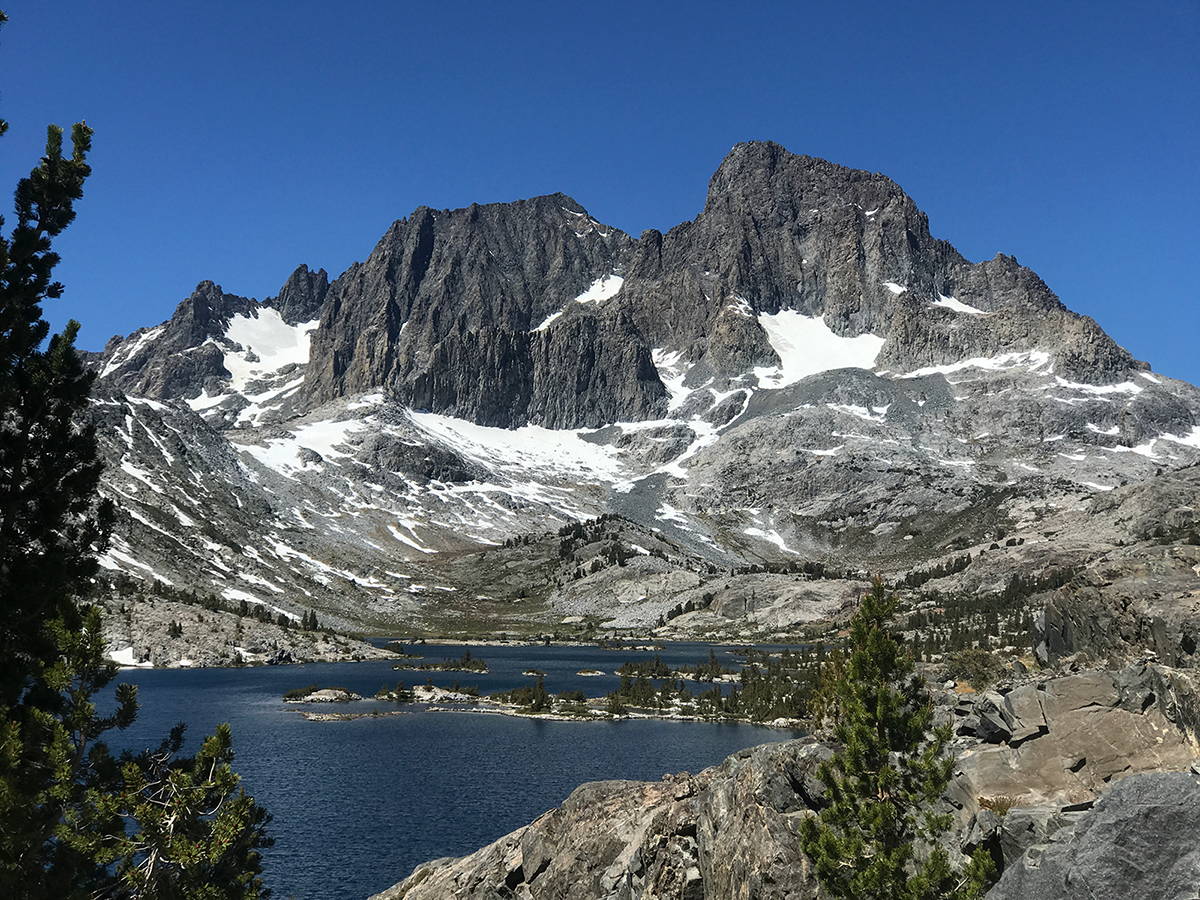
After all, the point of spending three weeks in agonizing pain, fantasizing about licking the juice and melted cheese from the paper wrapper of a double-double burger from In-n-Out, was not to rush through the trail just to get it over with (though each morning that started with a deflated sleeping pad, black fingernails, damp socks, and uncompromising hunger would make a strong case for fleeing). The reason I decided to hike the JMT, was to experience the mountains, acquaint myself with the land and its intricacies, and become a part of it.
The JMT is 210.5 miles of California’s Sierra Nevada Mountains from Mount Whitney to Yosemite Valley. It goes through Sequoia, Kings Canyon, and Yosemite National Parks, as well as Devil’s Postpile National Monument. I, along with my partner, hiked northbound, starting in late June. My experience was wonderful but agonizing. No part of my body nor my mental state was safe from pain throughout the journey, and no preparation for the trip could have readied me for the nine passes over 10,500 feet, the total elevation gain of around 47,000 feet, and the total elevation loss of around 38,000 feet. The incessant vertical climbs and descents caused my knees to swell, my shoulders and back to pinch, and my mental stamina to become exhausted from the constant battling inner monologue of worry, stress, and will-I-die-on-this-mountain thoughts.
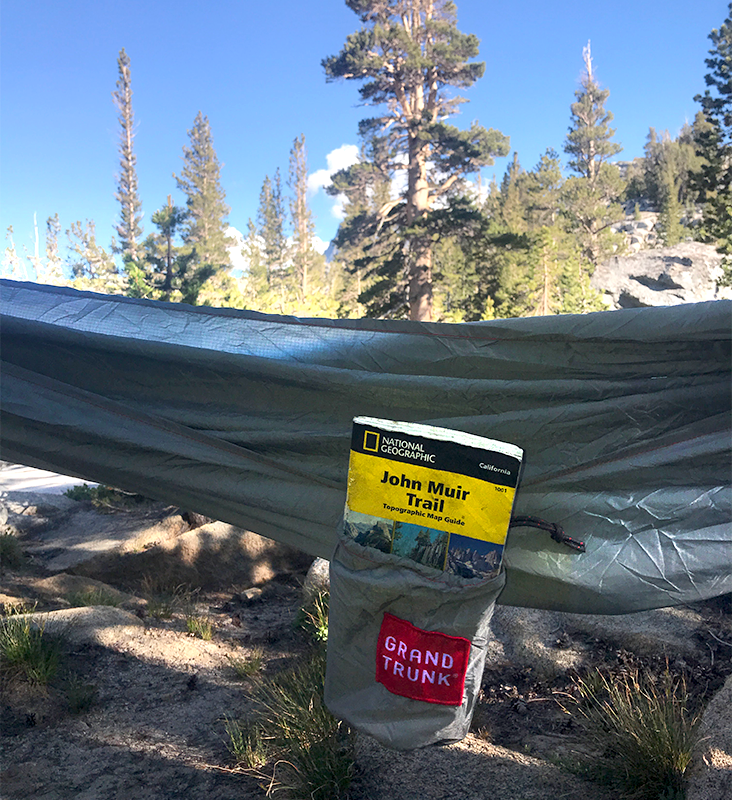
Through all of this, however, even through the days I wanted to quit, there was very little pain that could seep through the moments of magic the trail provided. There is very little the English language can do to describe the feeling of seeing Mount Whitney and Mount Williamson covered in a fresh coat of snow under a pink alpenglow after getting soaked in a brutal 8-mile hike through a snowstorm. To say that it is love or peace or happiness will never describe the feeling of looking out into a valley of turquoise waters surrounded by fairytale peaks after climbing nearly 1,000 feet in under one mile. Every day, whether it was seeing mile after mile of shining waterfall or finding a rare wildflower, or basking in absolute silence at a meadow creek, there was something to bring me back to the trail.
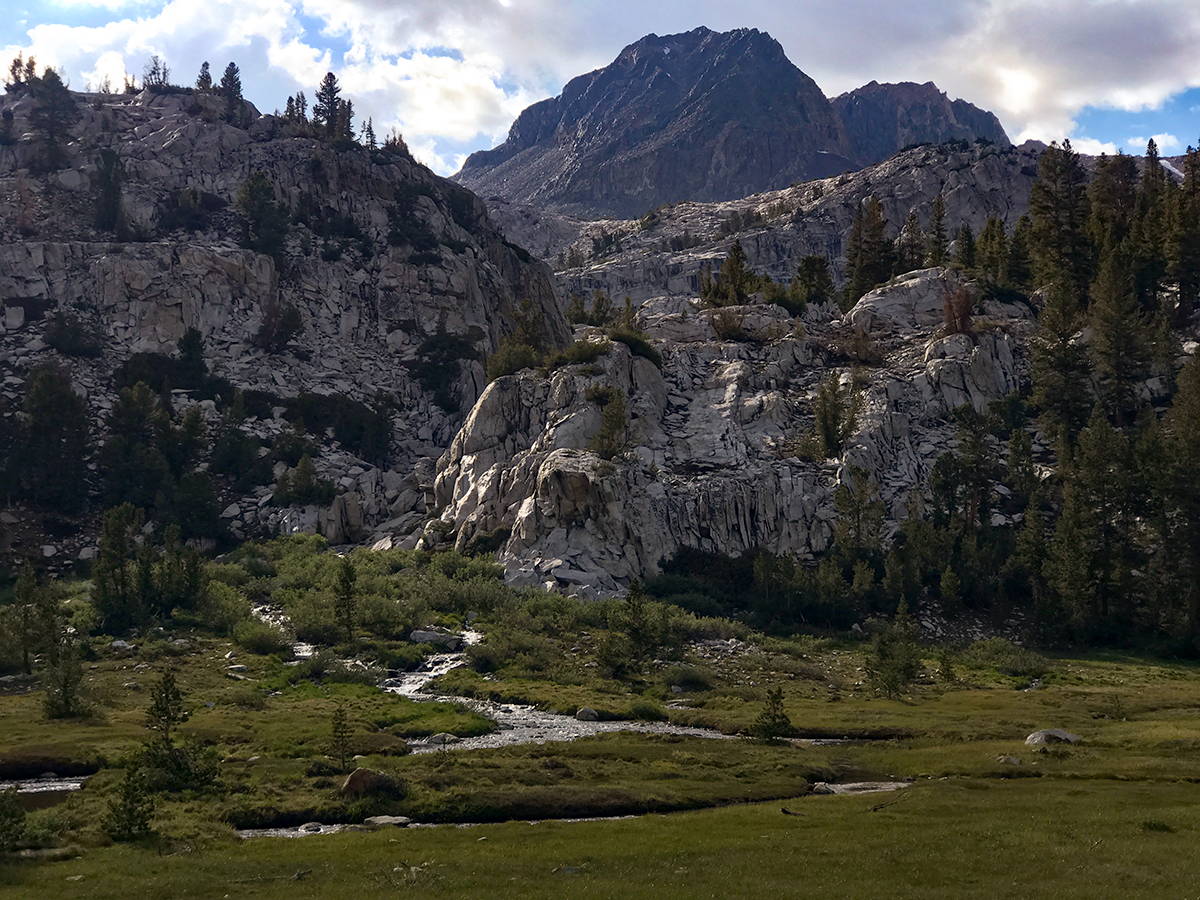
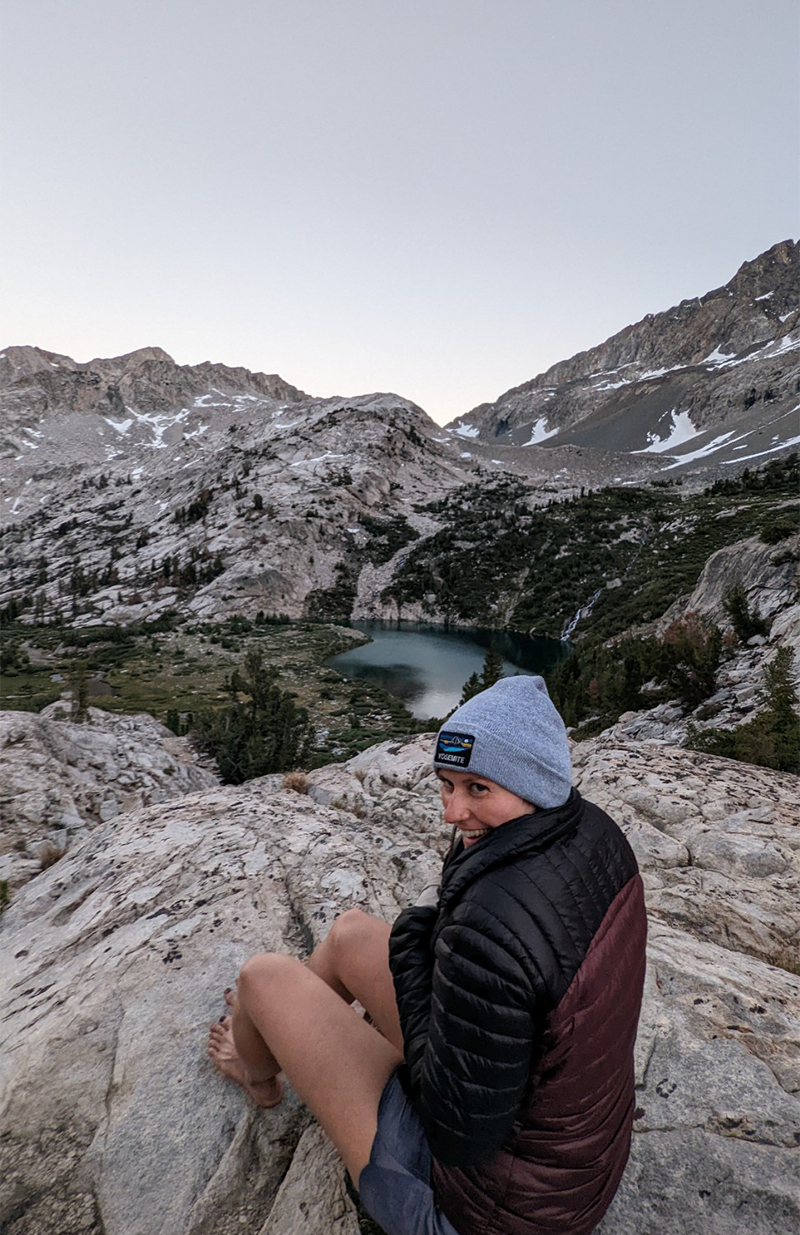
Through some of the toughest, my-feet-feel-like-they’re-bleeding-while-being-stabbed-by-a-fire-roasted-iron-poker days, I took such joy in searching for trees spaced 10-15 feet apart to hang my hammock, preferably in a spot with a fantastic view or adjacent waterfall (a babbling brook at minimum). The Nano 7 Hammock, paired with the Grand Trunk Hammock Tree Slings and Siesta Hammock Pillow, checked all the boxes for alpine luxury: pouch for snacks (very important), tree-friendly straps, ripstop nylon mosquitoes can’t bite through (expert tip: find shade and pull out your sleeping bag for total coverage), protection from invading ants, 15 beautiful ounces of weight (excluding the pillow), perfect comfort, a place to gaze out onto nature, and the glorious feeling of weightlessness. Check, check, check.
I’ll admit, the High Sierra features more granite than trees, so there were days that I didn’t have the option to hang a hammock at all. However, nearly half my days featured a hanging respite. After a grueling 7-mile, mosquito-infested climb up Pinchot Pass and then a rapid descent to the Kings River to avoid an incoming storm (hello 15-mile day with no break!), my hammock was there for me to help me enjoy the post-rain evening. My hammock selflessly rested my feet on day 15, between Devil’s Postpile and Rosalie Lake, when my left pinky toe felt like its skin was seared straight off. When a Lyell Canyon campsite called my name at 2 pm, the hammock volunteered itself as an afternoon reading lounge along the Tuolumne River.
Maybe my prescription isn’t how one would finish the Pacific Crest Trail before winter hits the Cascades, but if you can’t stop to smell the butterscotch fissures of a Jeffery Pine, are you really hiking at all?

